2012 | Panorama
Images as Only Cinema can Offer
For more than 32 years, the Panorama has highlighted current trends in art house cinema. In our interview, section director Wieland Speck discusses the upcoming programme: images of the Arab Spring as only cinema can offer, crazy genre films, queer memory and commonalities shared by different liberation movements.
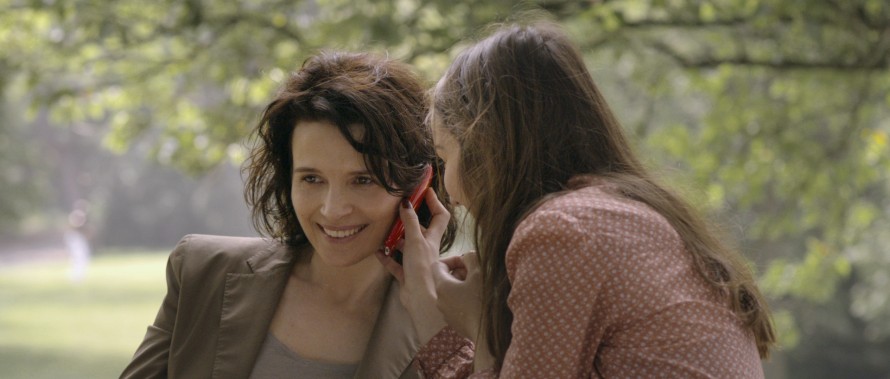
Film stills from the Panorama programme 2012
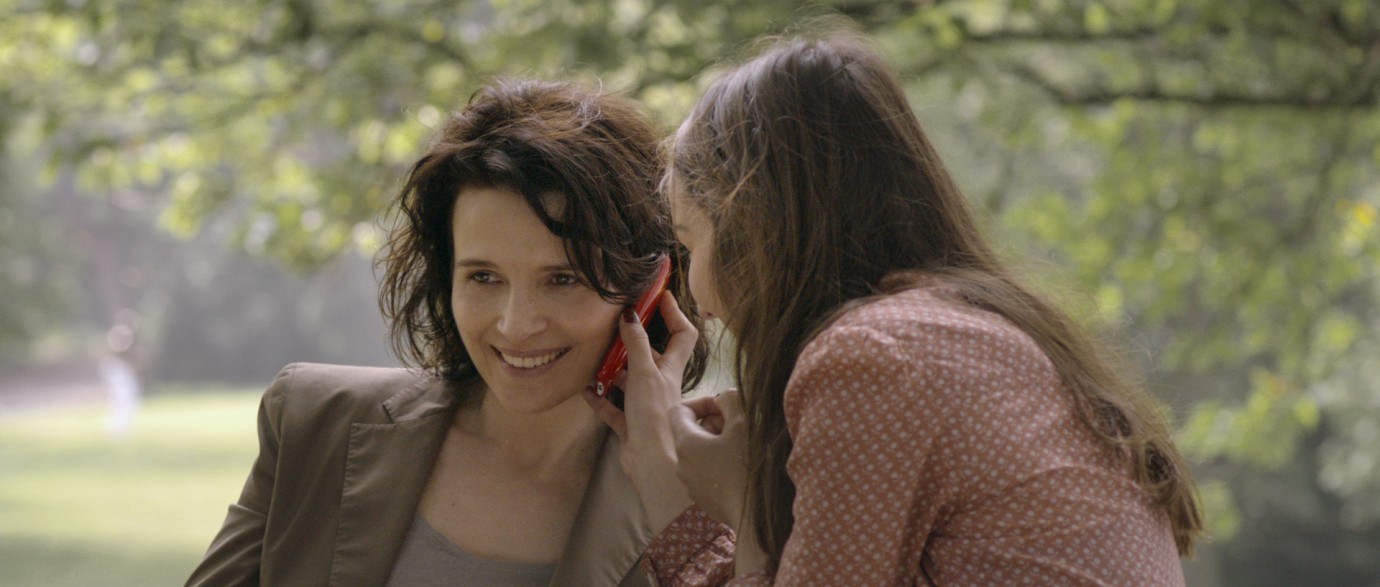
Juliette Binoche, Anaïs Demoustier
Elles by Malgoska Szumowska
FRA/POL/DEU 2011, Panorama
© SZYMON ROGINSKI
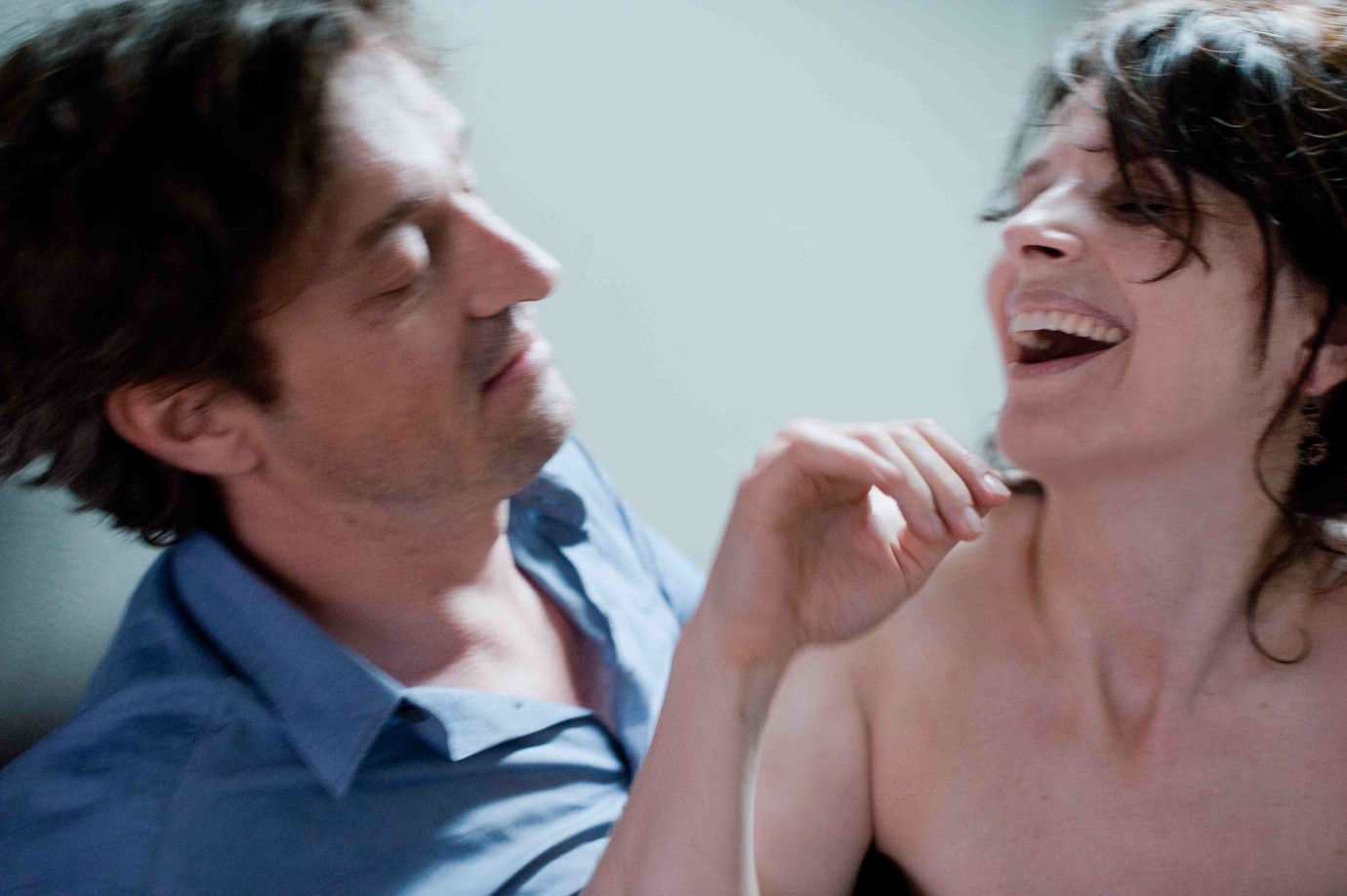
Louis-Do de Lencquesaing, Juliette Binoche
Elles by Malgoska Szumowska
FRA/POL/DEU 2011, Panorama
© SZYMON ROGINSKI
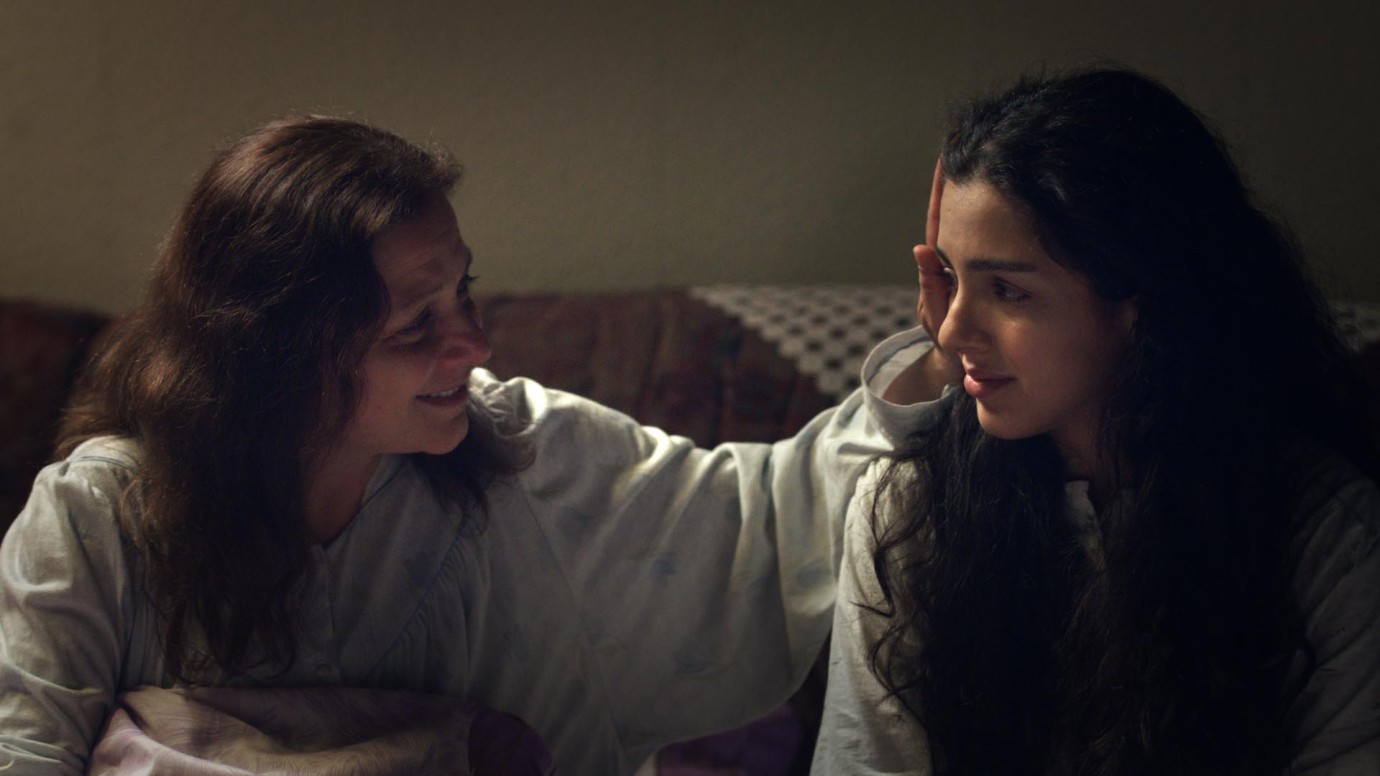
Nihal Koldas, Begüm Akkaya
KUMA by Umut Dag
AUT 2011, Panorama
© WEGA Film
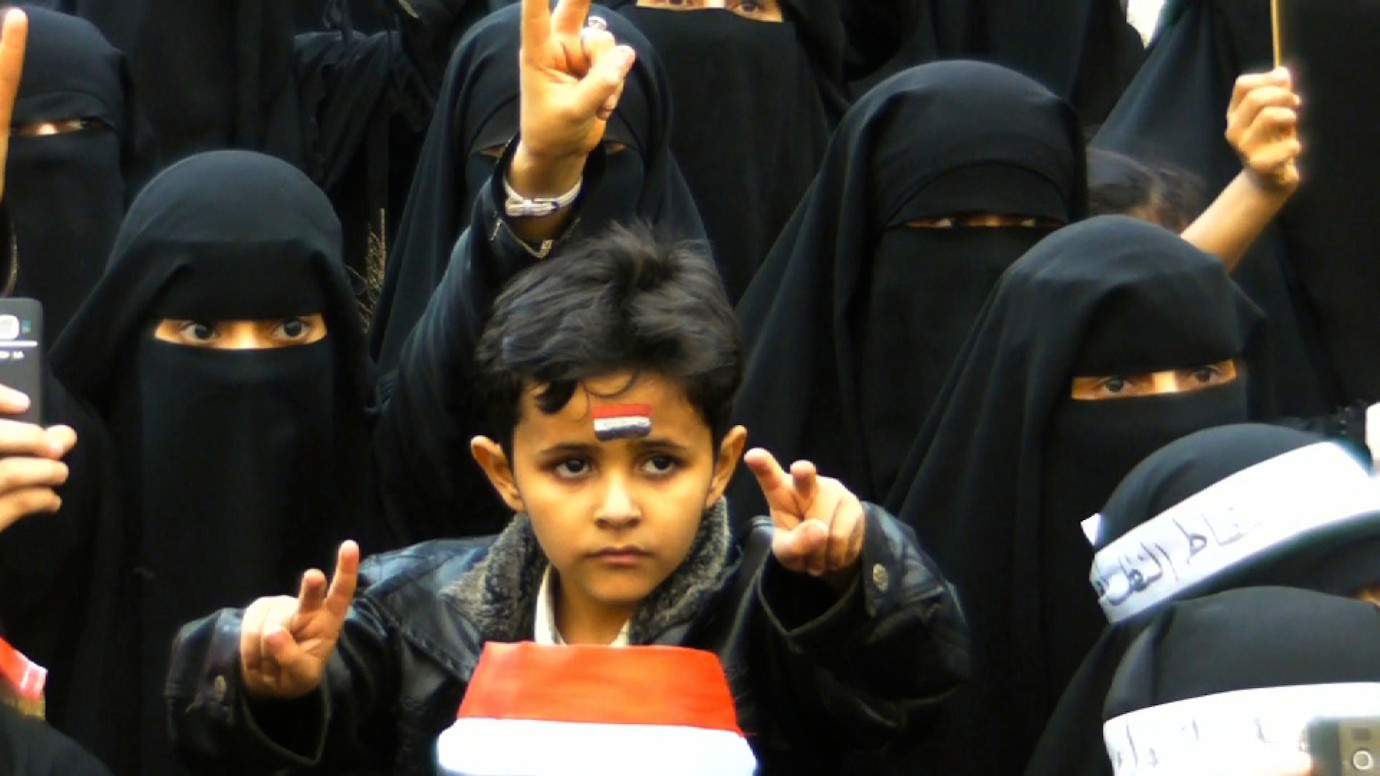
The Reluctant Revolutionary by Sean McAllister
GBR 2011, Panorama
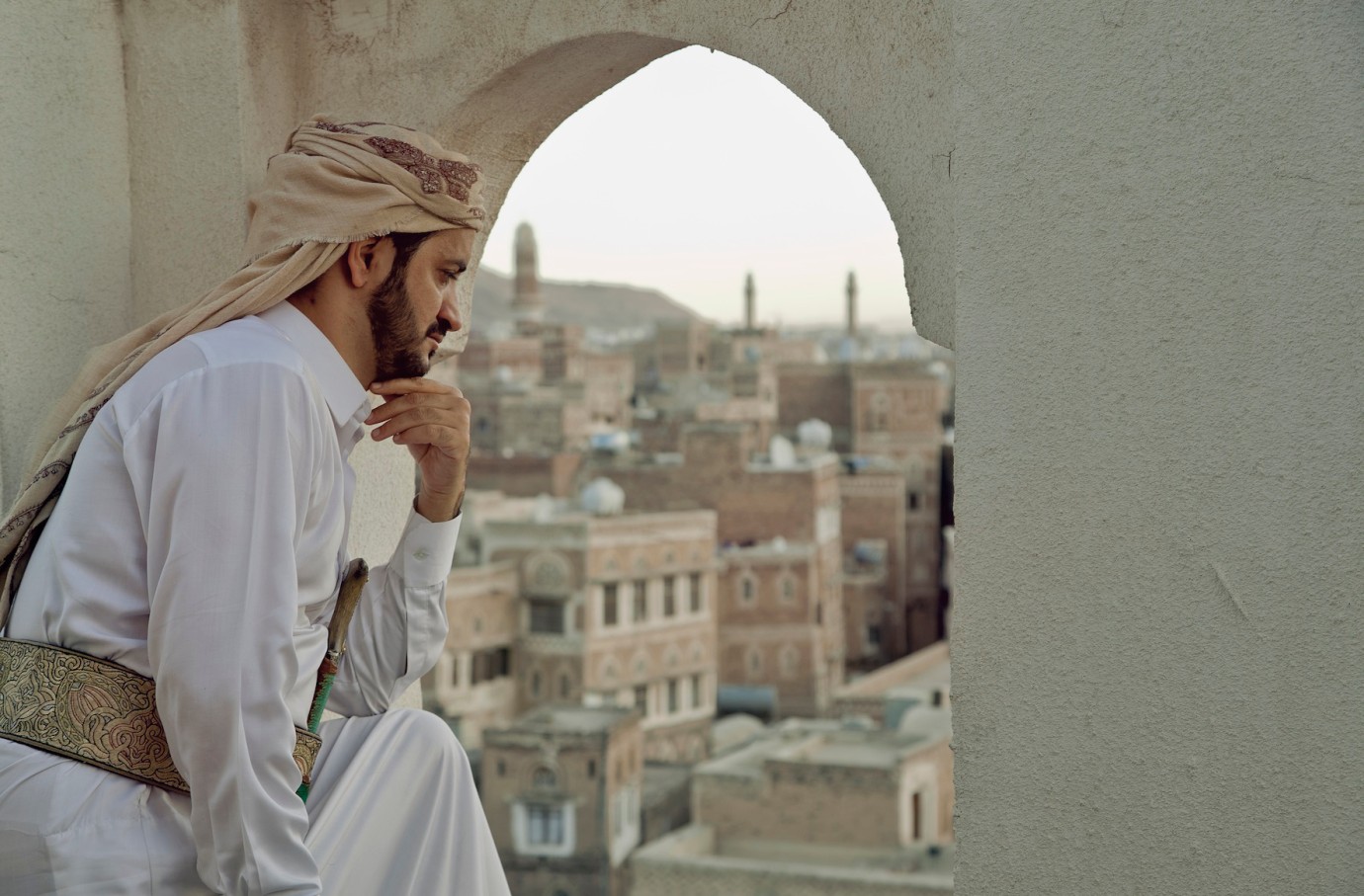
The Reluctant Revolutionary by Sean McAllister
GBR 2011, Panorama
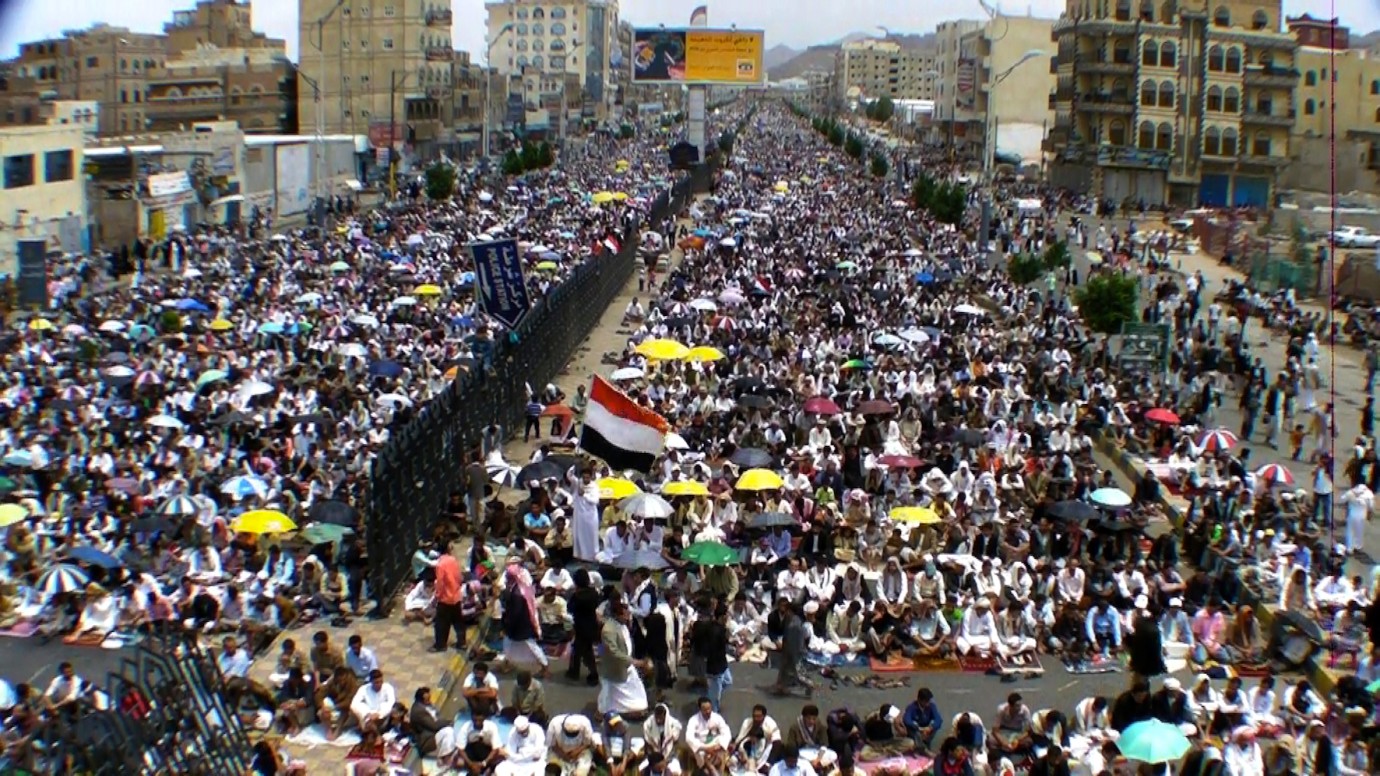
The Reluctant Revolutionary by Sean McAllister
GBR 2011, Panorama
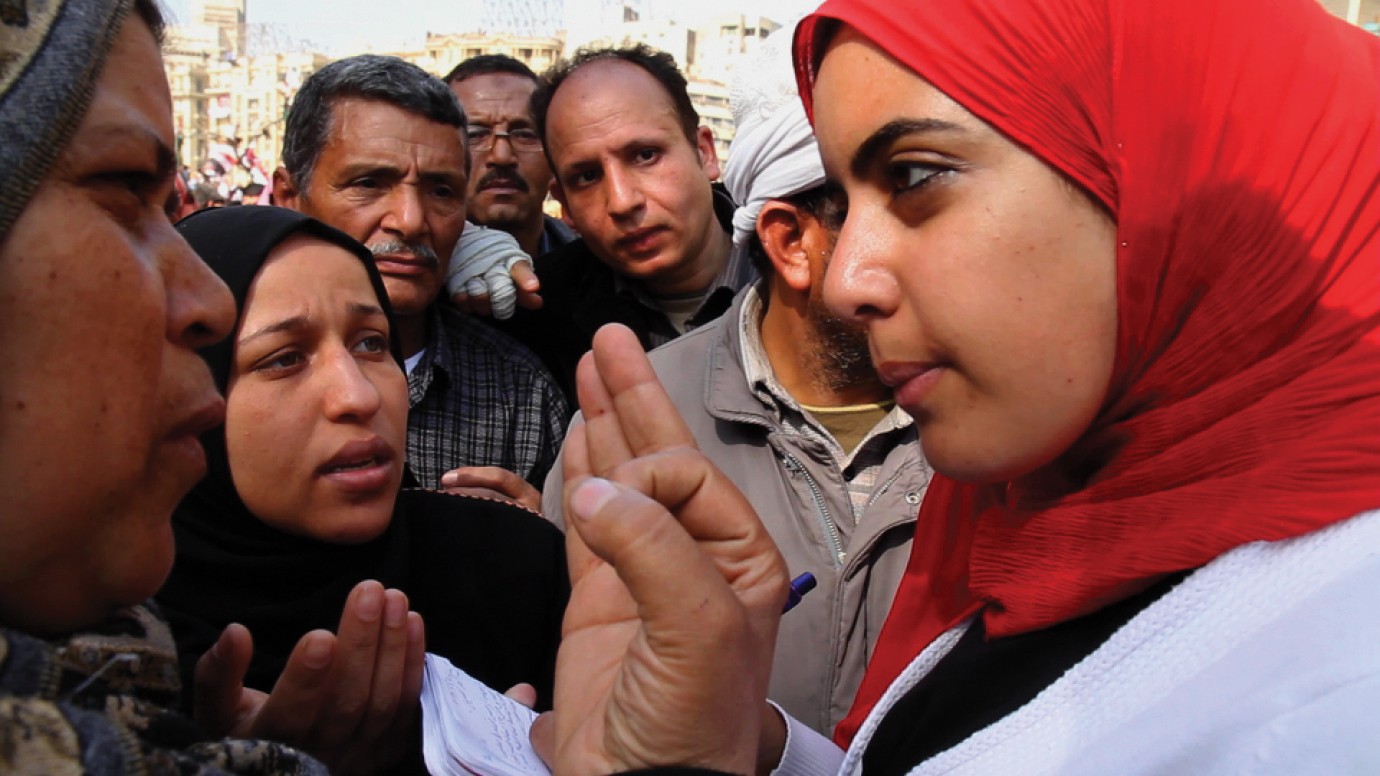
Words Of Witness by Mai Iskander
USA 2012, Panorama
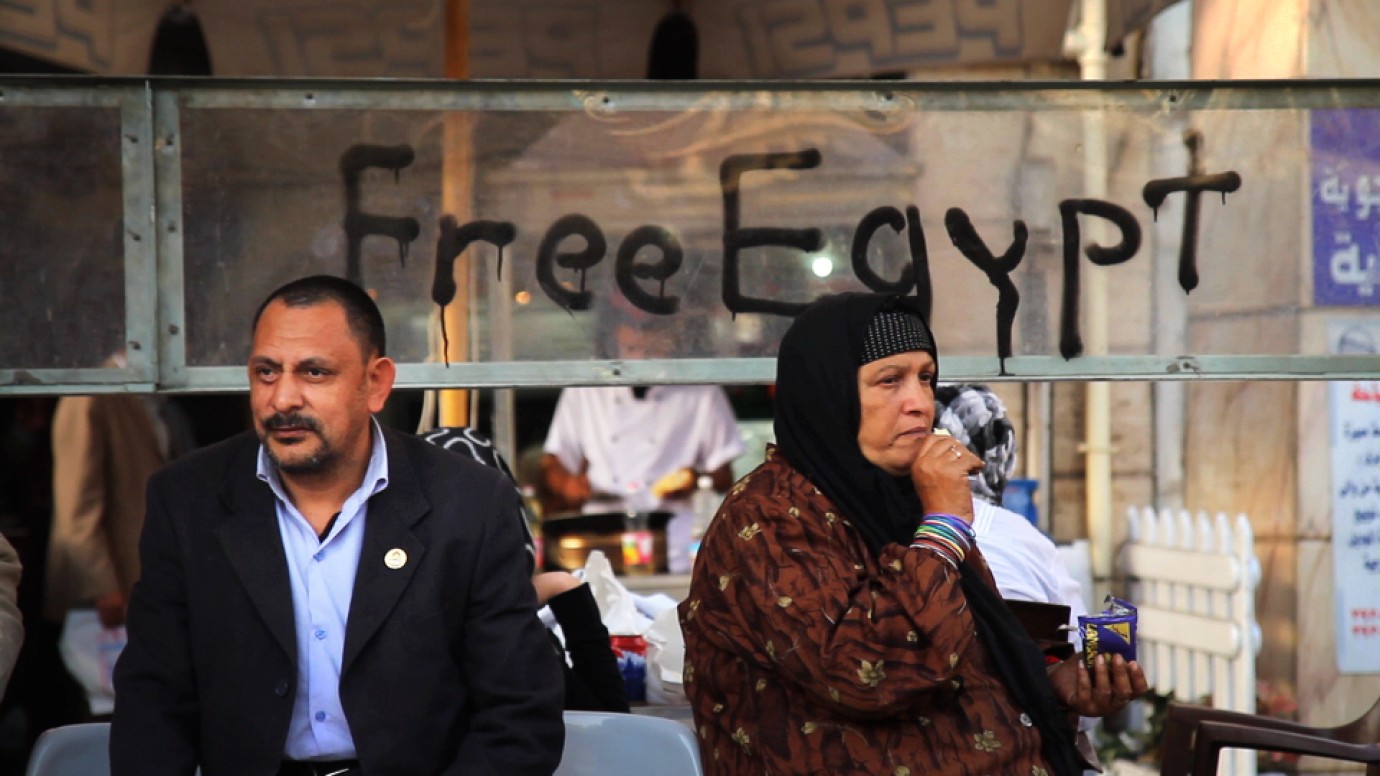
Words Of Witness by Mai Iskander
USA 2012, Panorama
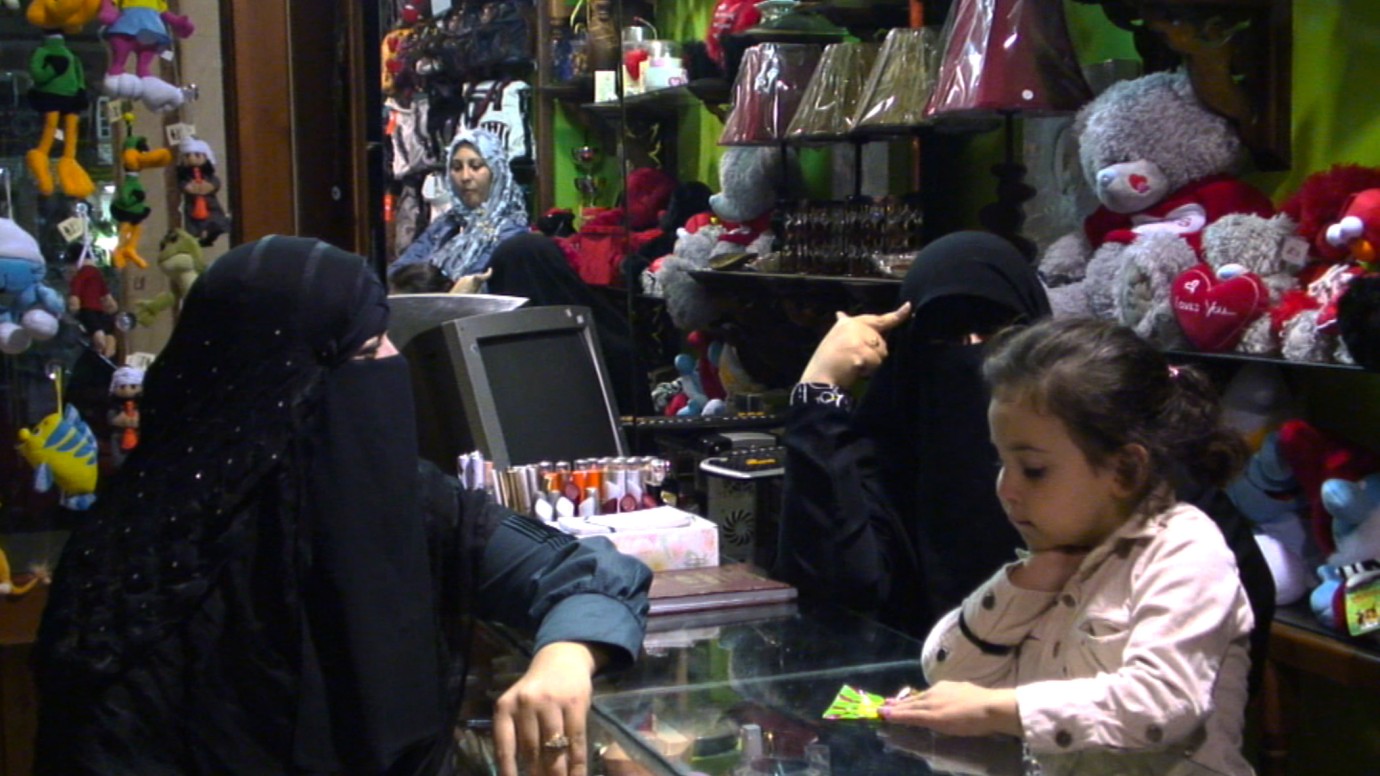
In the Shadow of a Man | Im Schatten des Mannes by Hanan Abdalla
EGY 2011, Panorama
© Hanan Abdalla
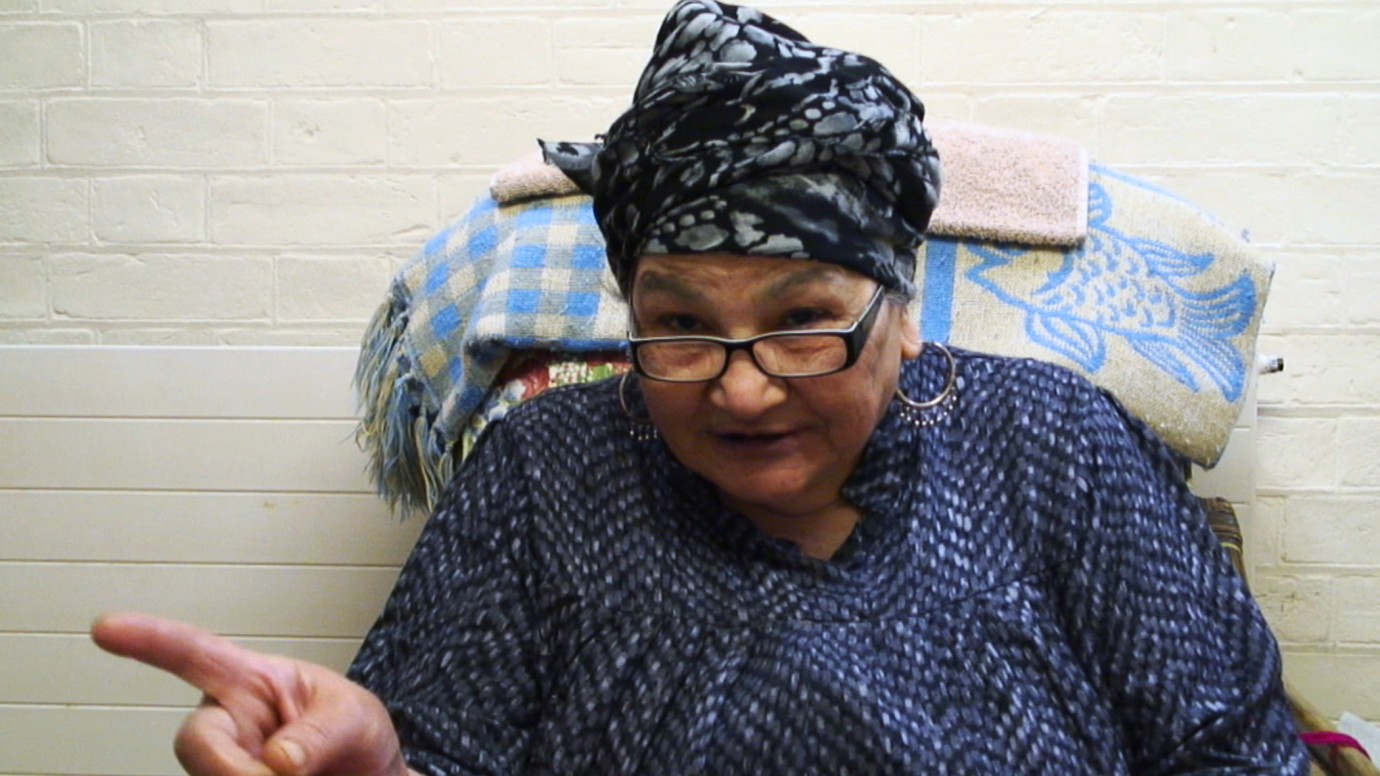
In the Shadow of a Man | Im Schatten des Mannes by Hanan Abdalla
EGY 2011, Panorama
© Hanan Abdalla
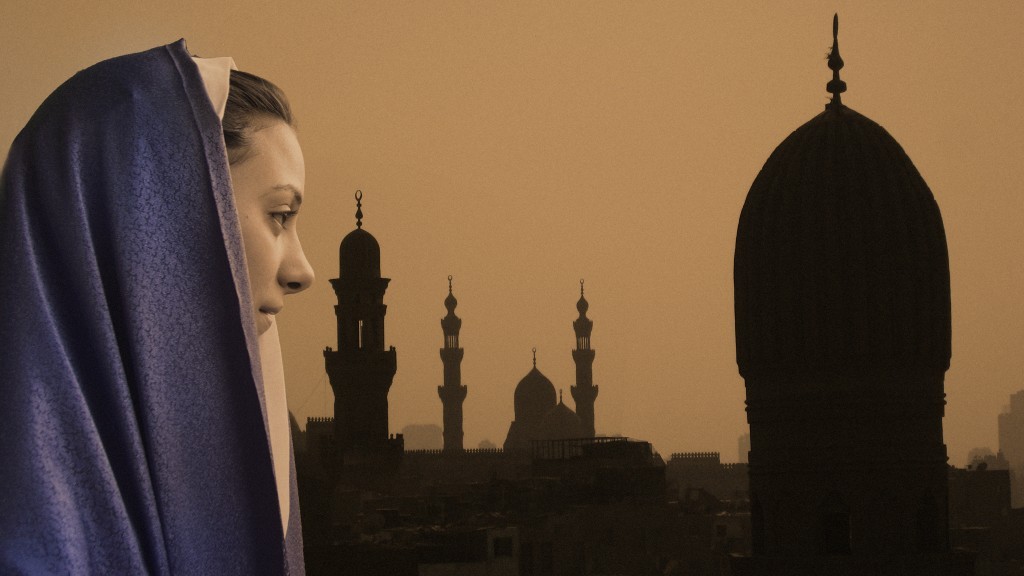
La Vierge, les Coptes et Moi | The Virgin, The Copts And Me by Namir Abdel Messeeh
FRA/QAT/EGY 2012, Panorama
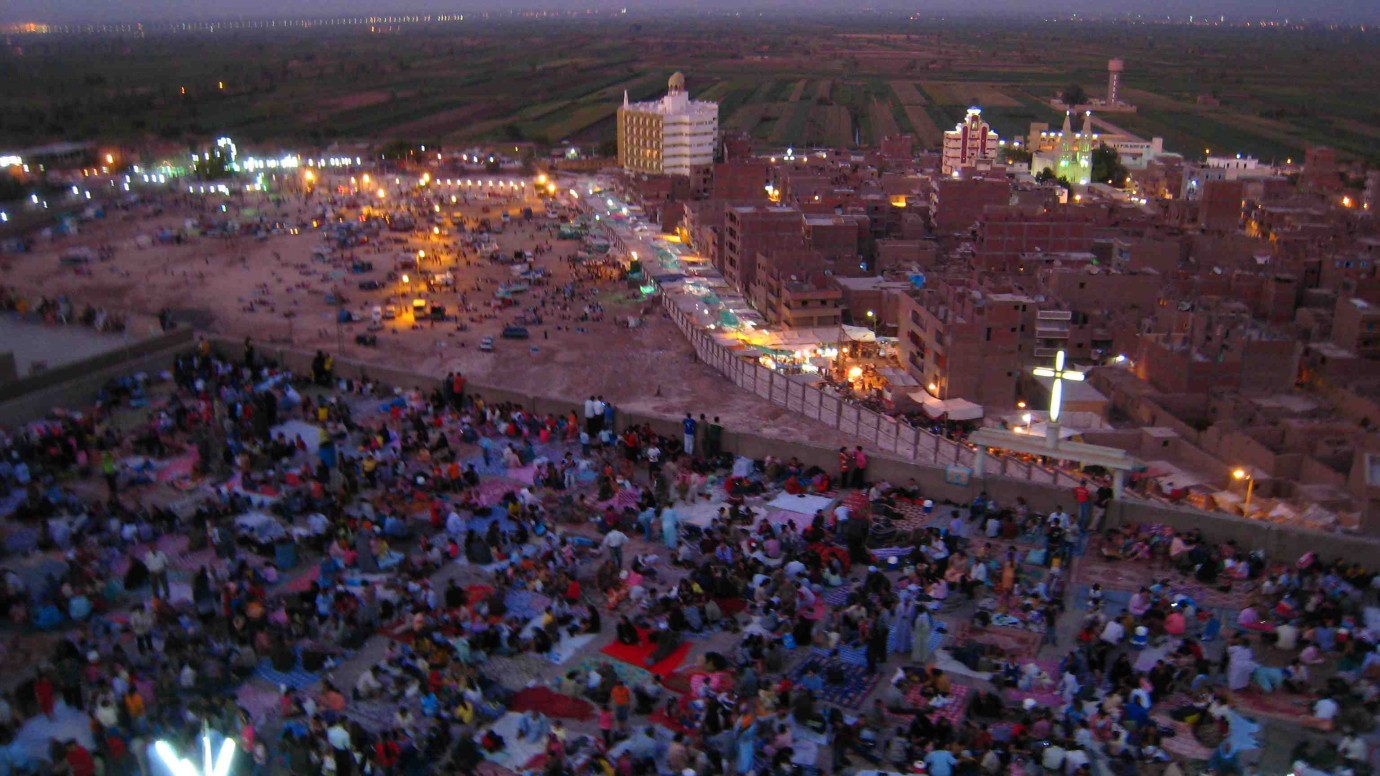
La Vierge, les Coptes et Moi | The Virgin, The Copts And Me by Namir Abdel Messeeh
FRA/QAT/EGY 2012, Panorama
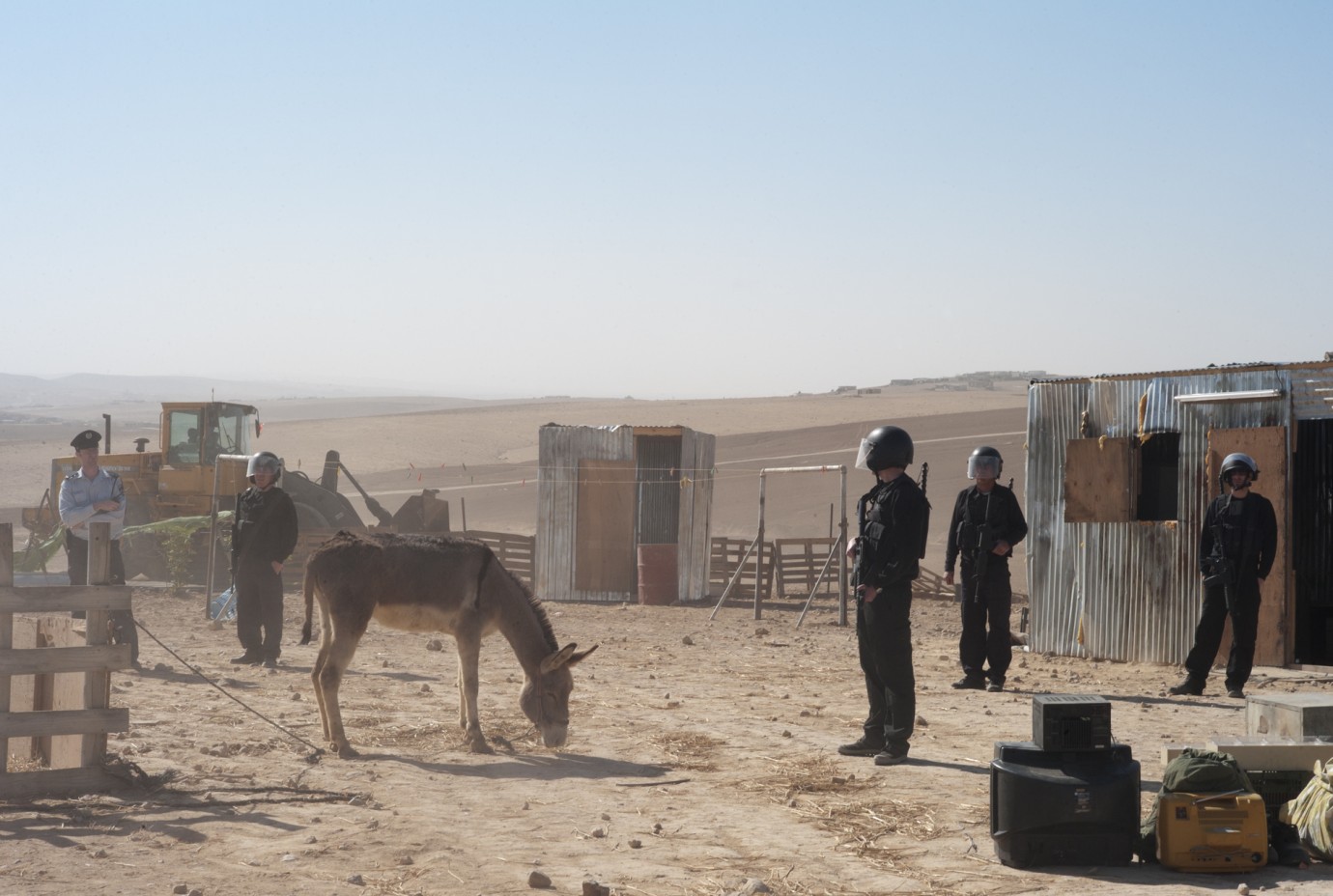
Sharqiya by Ami Livne
ISR/FRA/DEU 2012, Panorama
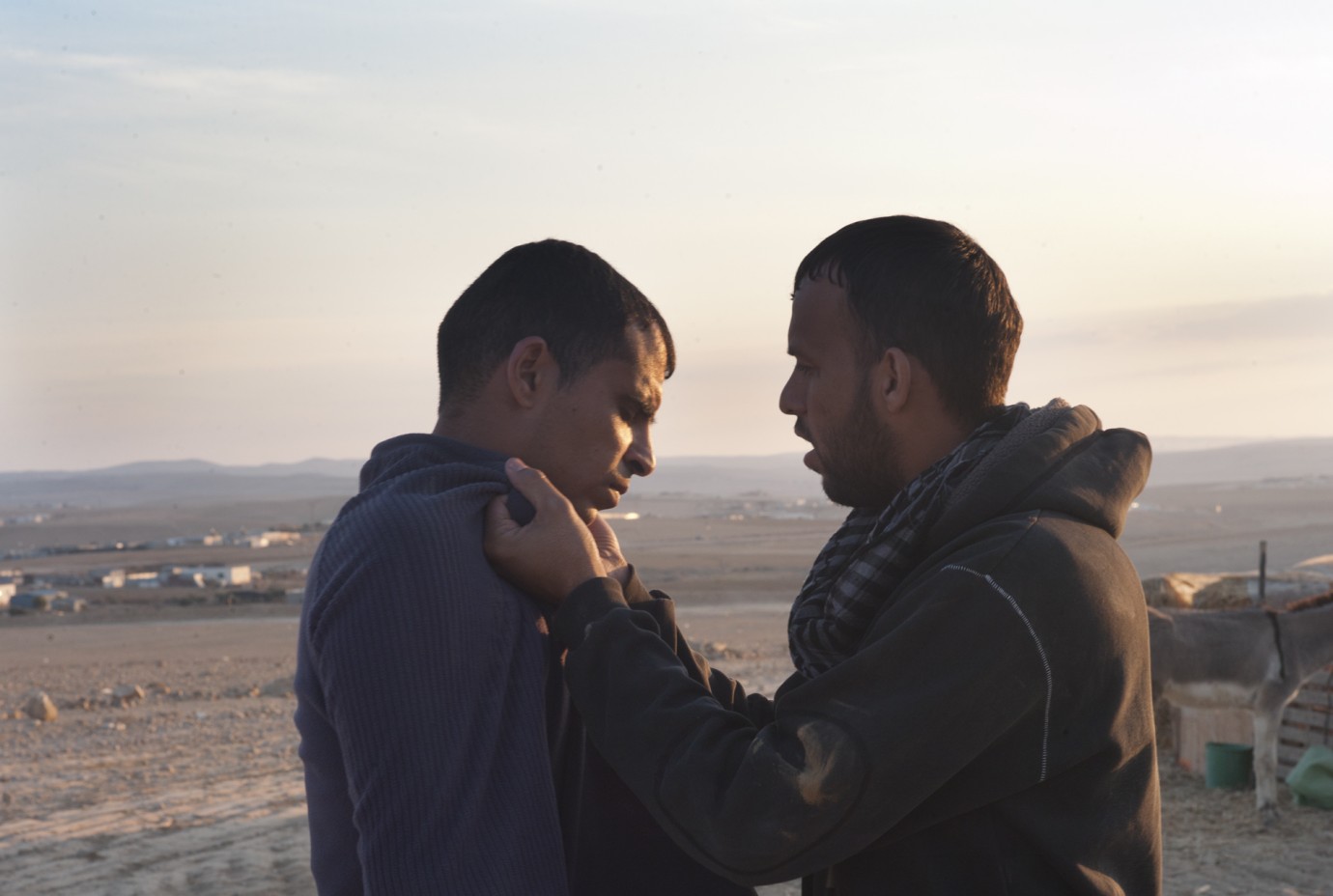
Adnan Abu Muhareb, Adnan Abu Wadi
Sharqiya by Ami Livne
ISR/FRA/DEU 2012, Panorama
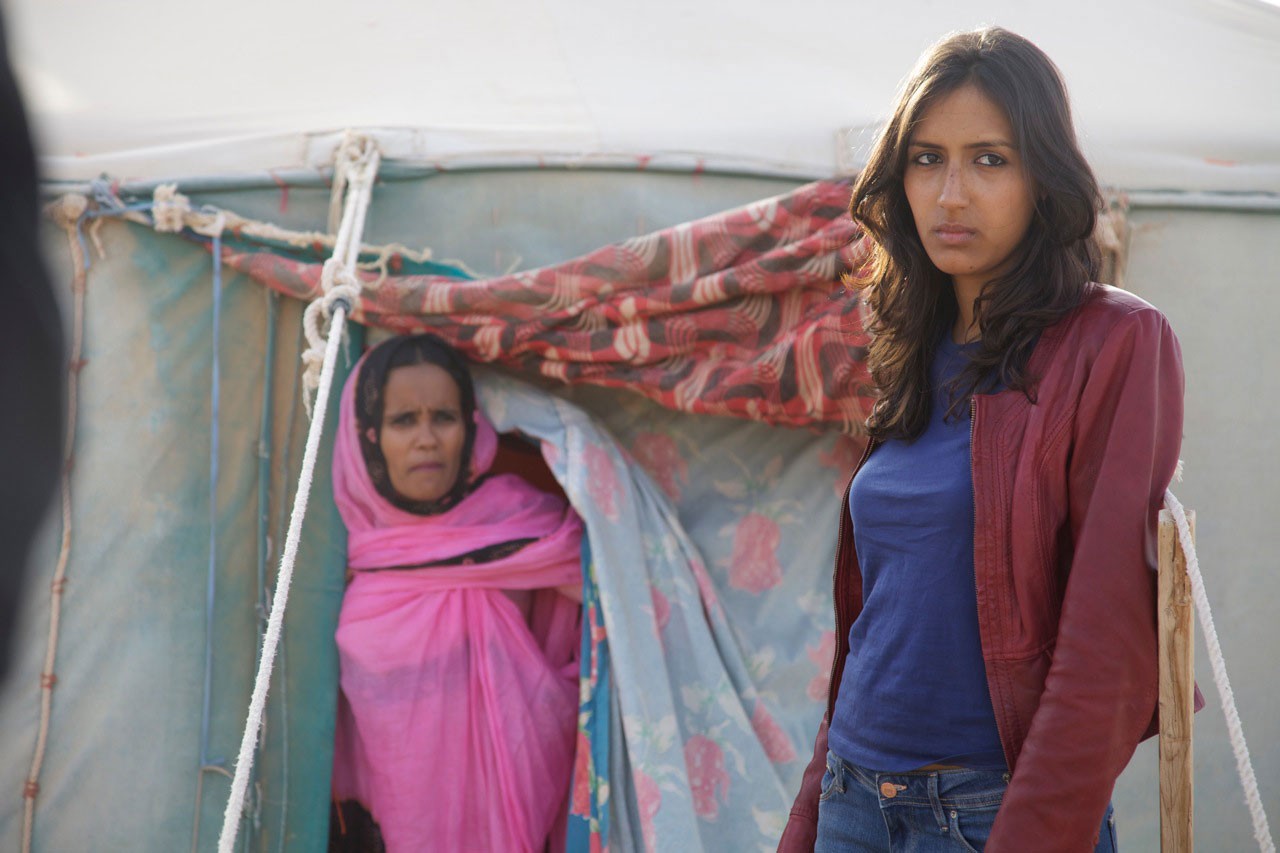
Memona Mohamed, Nadhira Mohamed
Wilaya by Pedro Pérez Rosado
ESP 2011, Panorama
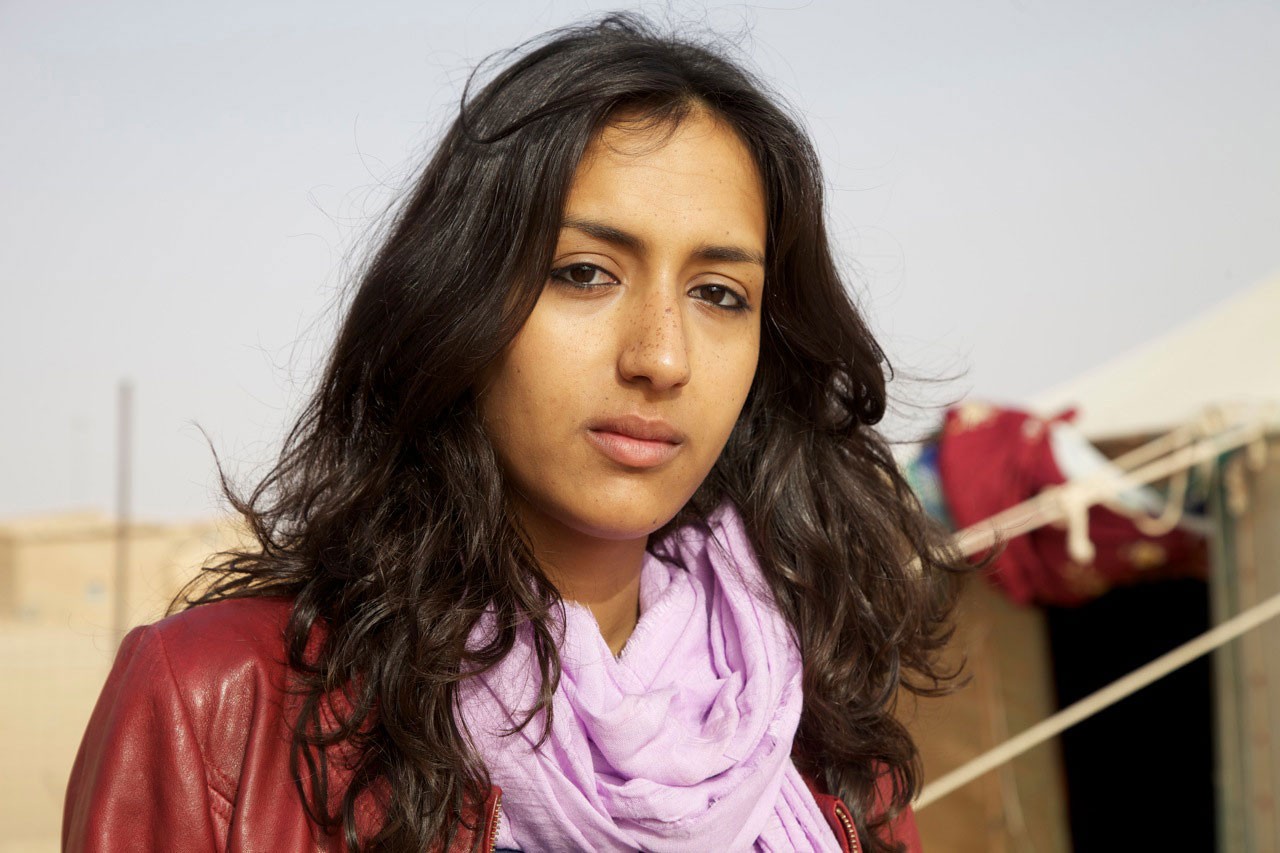
Nadhira Mohamed
Wilaya by Pedro Pérez Rosado
ESP 2011, Panorama
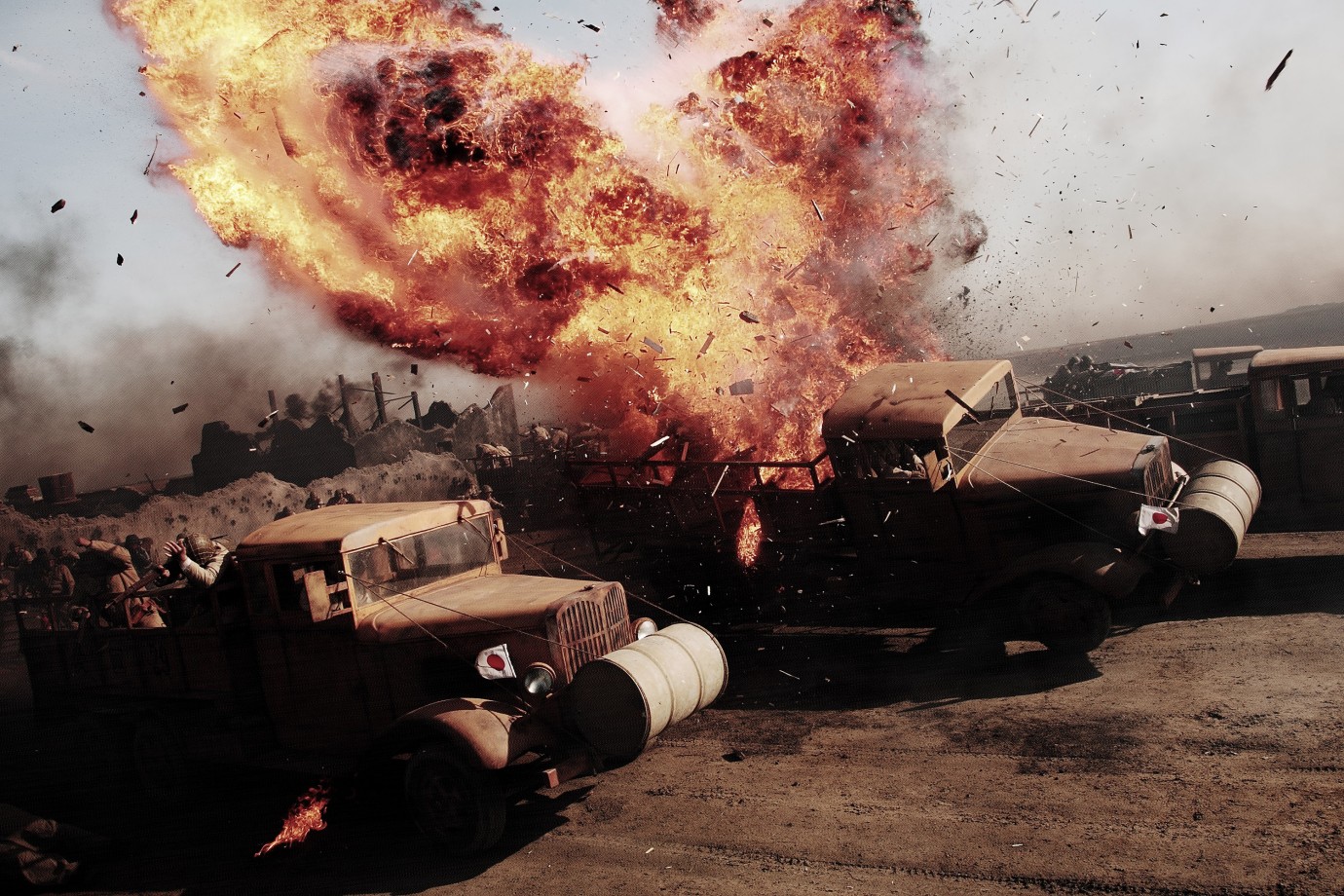
Mai-wei | My Way by KANG Je-kyu
KOR 2011, Panorama
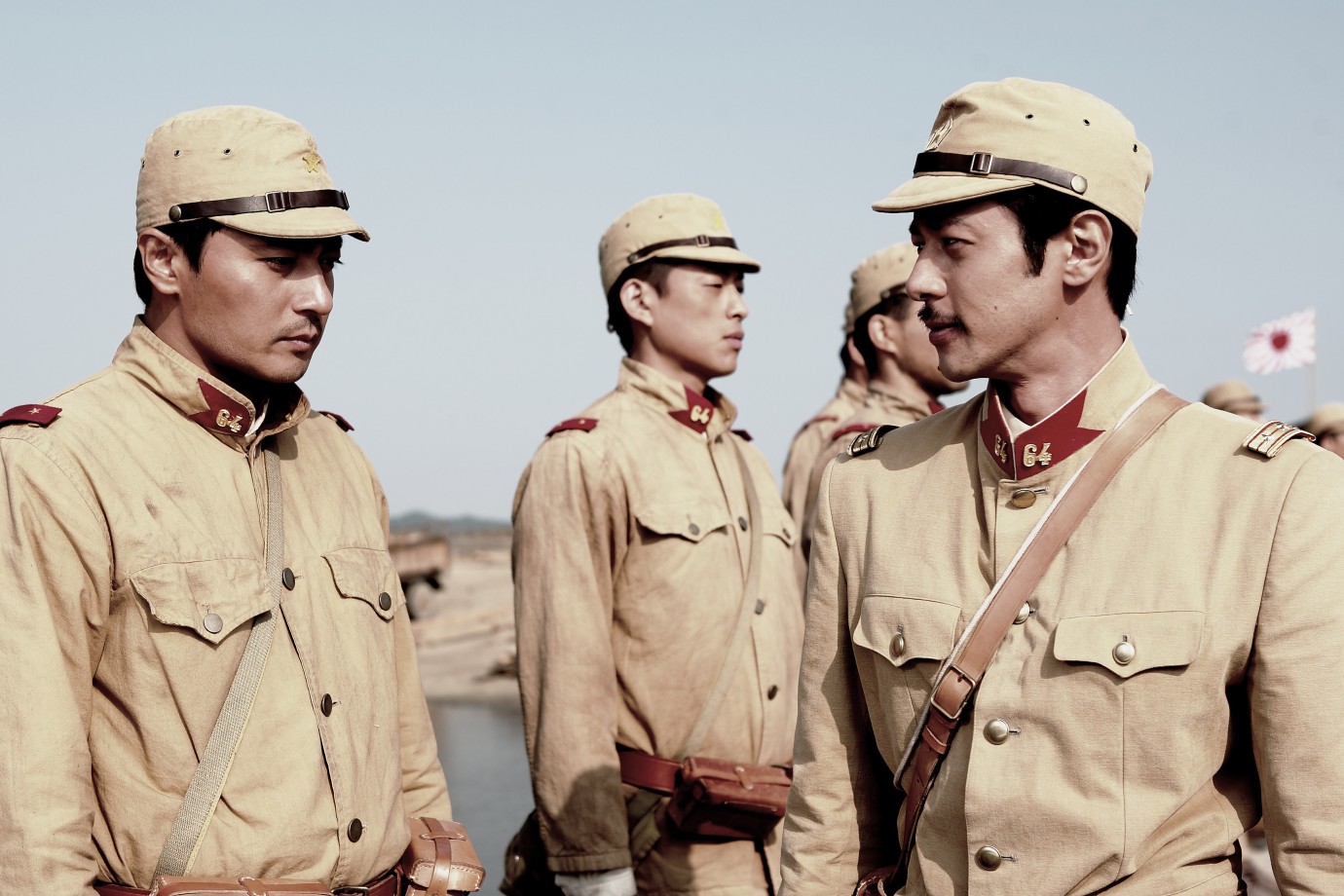
JANG Dong-gun, Joe Odagiri
Mai-wei | My Way by KANG Je-kyu
KOR 2011, Panorama
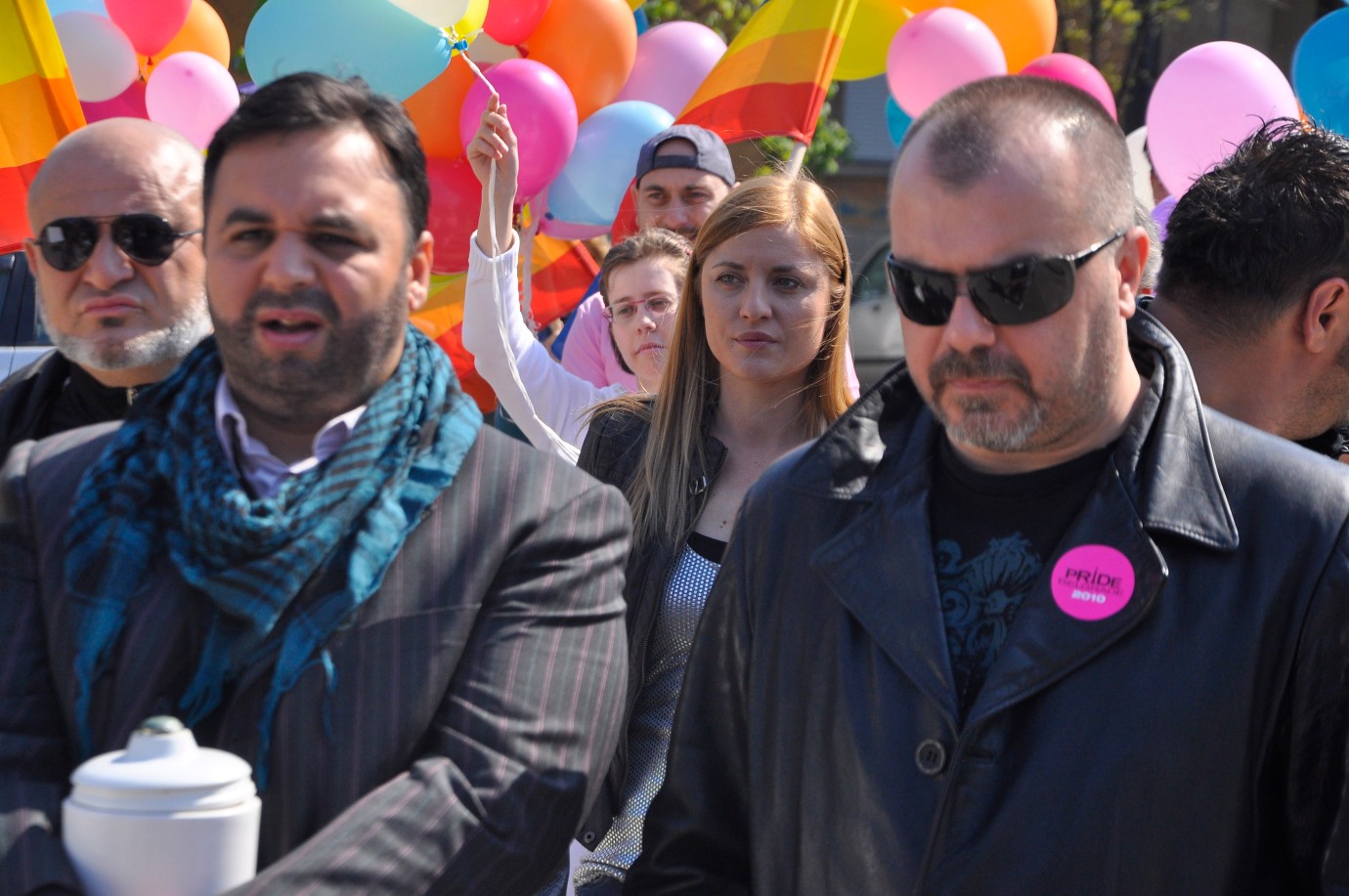
Dejan Acimovic, Milos Samolov, Natasa Markovic, Mikola Kojo, Goran Navojec
Parada | The Parade | Die Parade by Srdjan Dragojevic
SRB/HRV/MKD/SVN 2011, Panorama
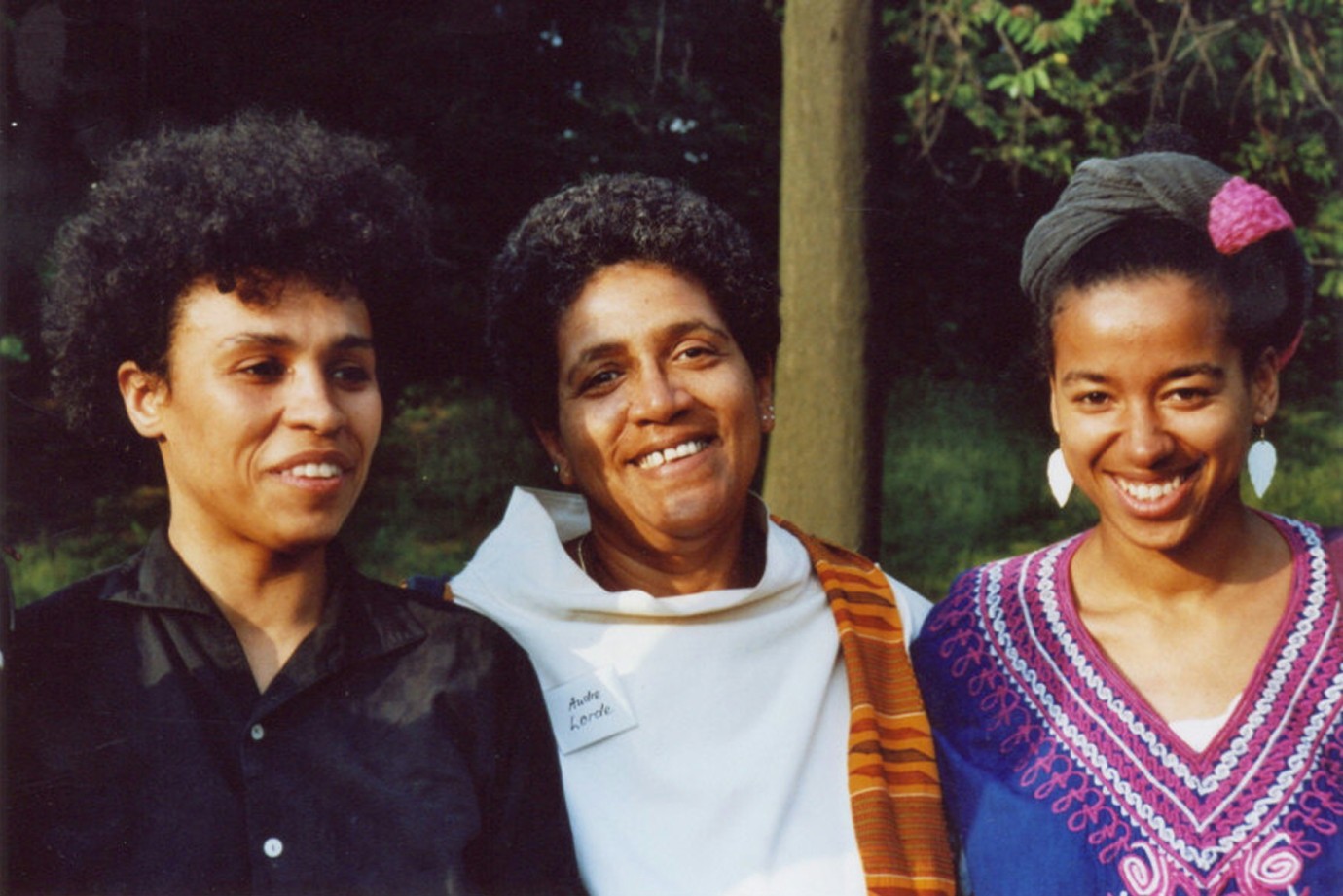
Audre Lorde - The Berlin Years 1984 to 1992 by Dagmar Schultz
DEU 2011, Panorama
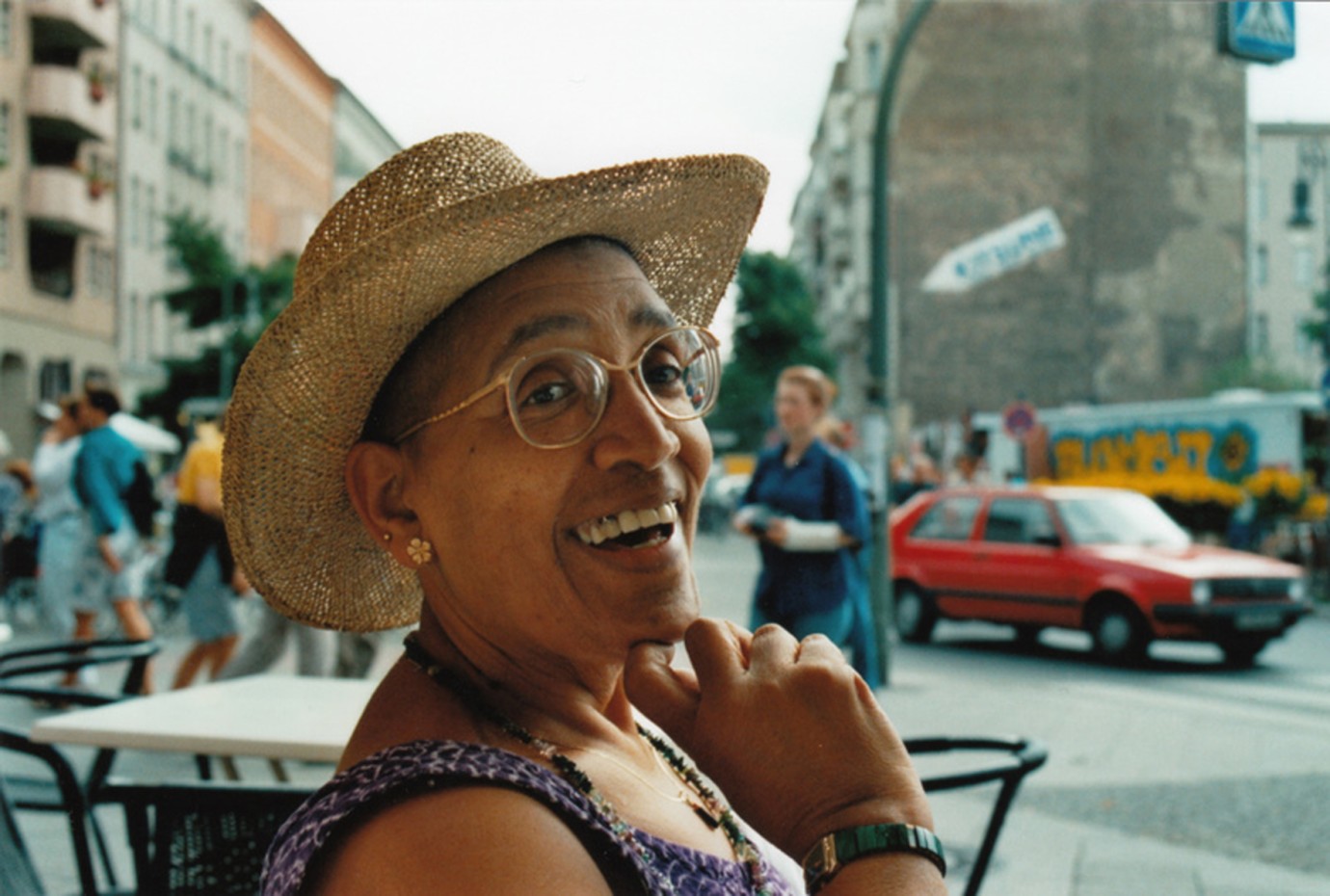
Audre Lorde
Audre Lorde - The Berlin Years 1984 to 1992 by Dagmar Schultz
DEU 2011, Panorama

Phillip Evelyn
LEAVE IT ON THE FLOOR by Sheldon Larry
USA 2011, Panorama
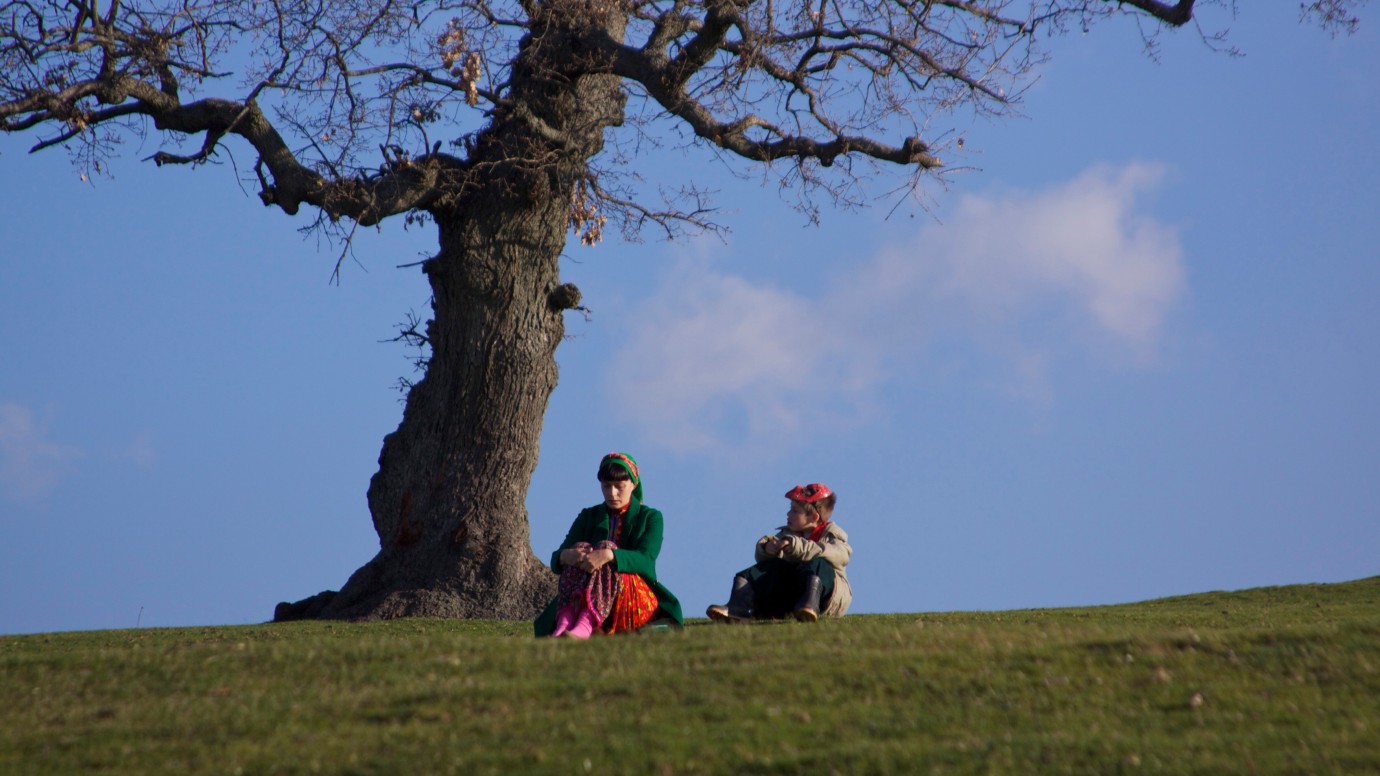
Labina Mitevska, Kaeliok Fonenimum Varka
THE WOMAN WHO BRUSHED OFF HER TEARS by Teona Strugar Mitevska
MKD/DEU/SVN/BEL 2011, Panorama
Photo: JANA LULOVSKA
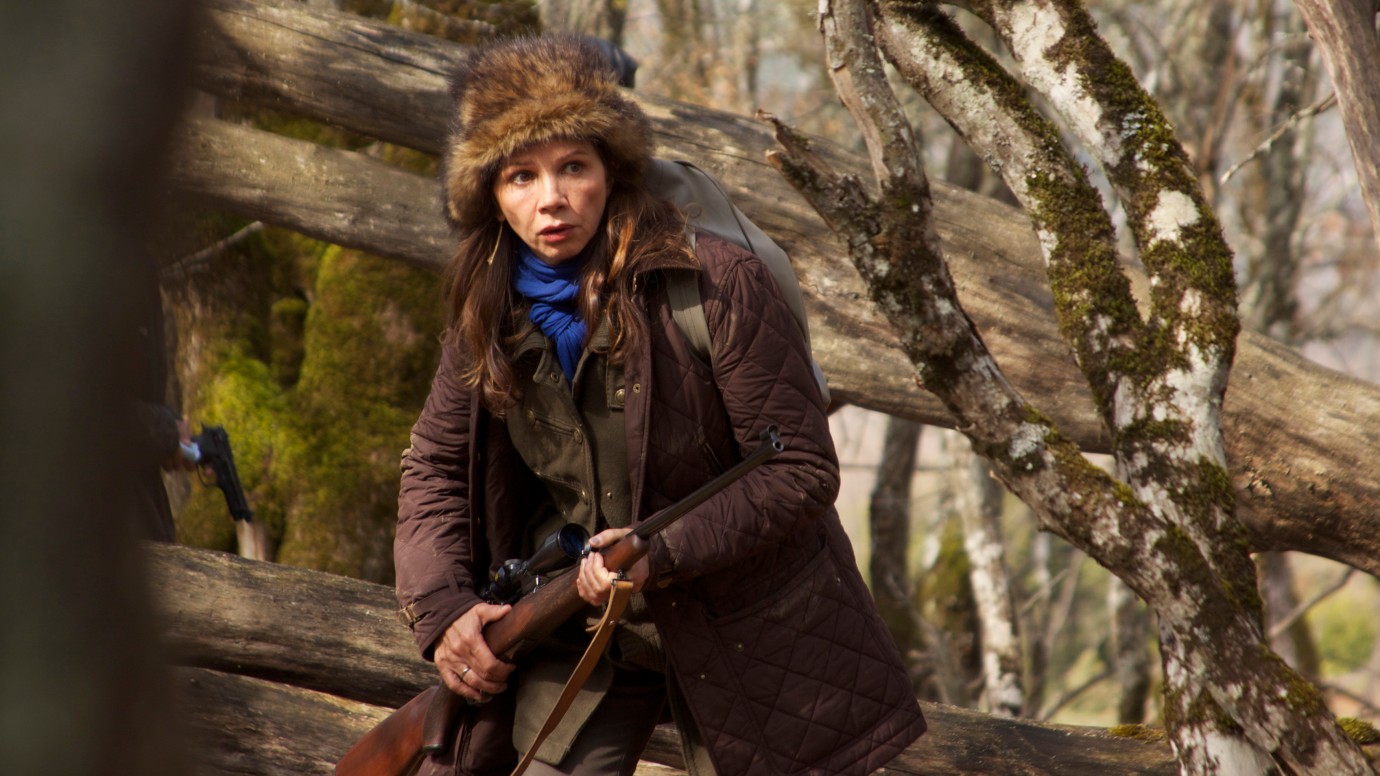
Victoria Abril
THE WOMAN WHO BRUSHED OFF HER TEARS by Teona Strugar Mitevska
MKD/DEU/SVN/BEL 2011, Panorama
Photo: JANA LULOVSKA
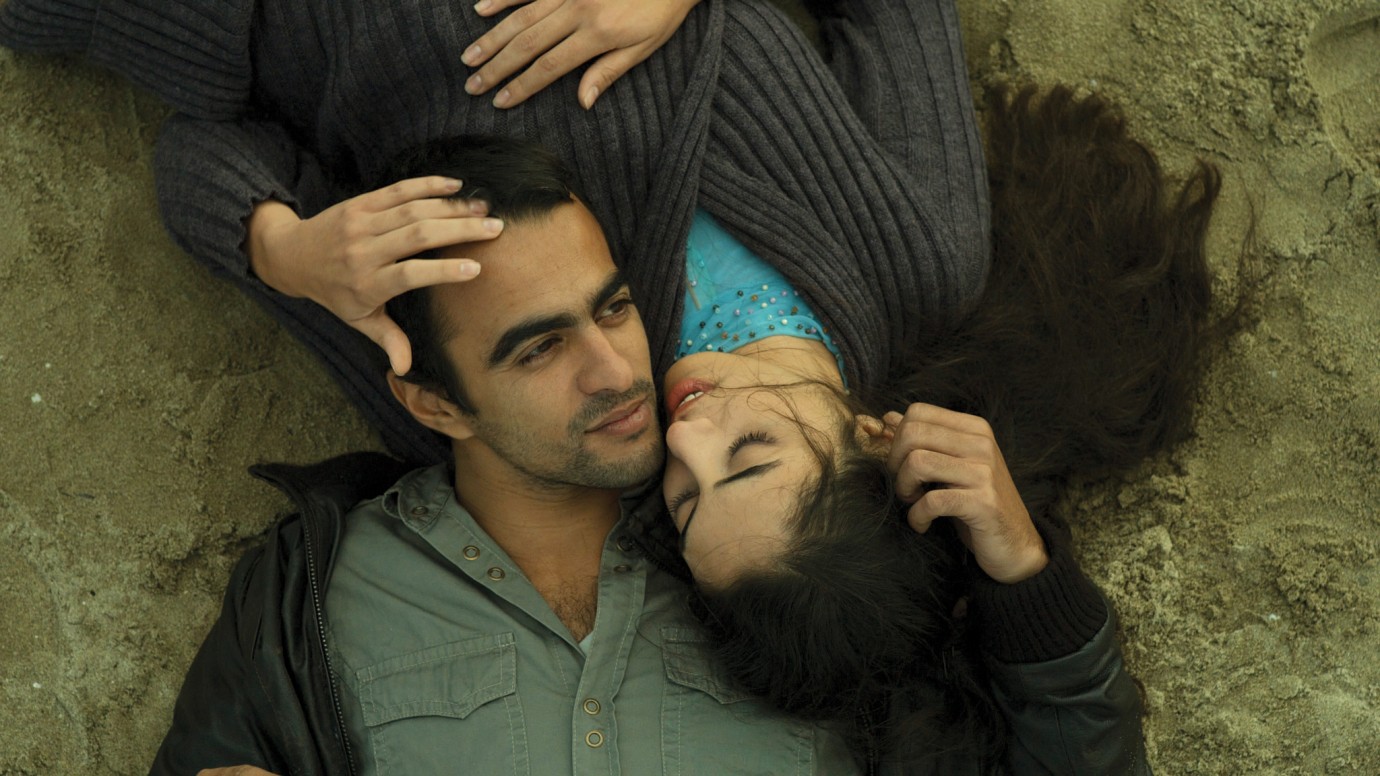
Death for Sale by Faouzi Bensaïdi
FRA 2011, Panorama
© Entre-Chien-et-Loup Agora-Films Liaison-Cinematographique 2011
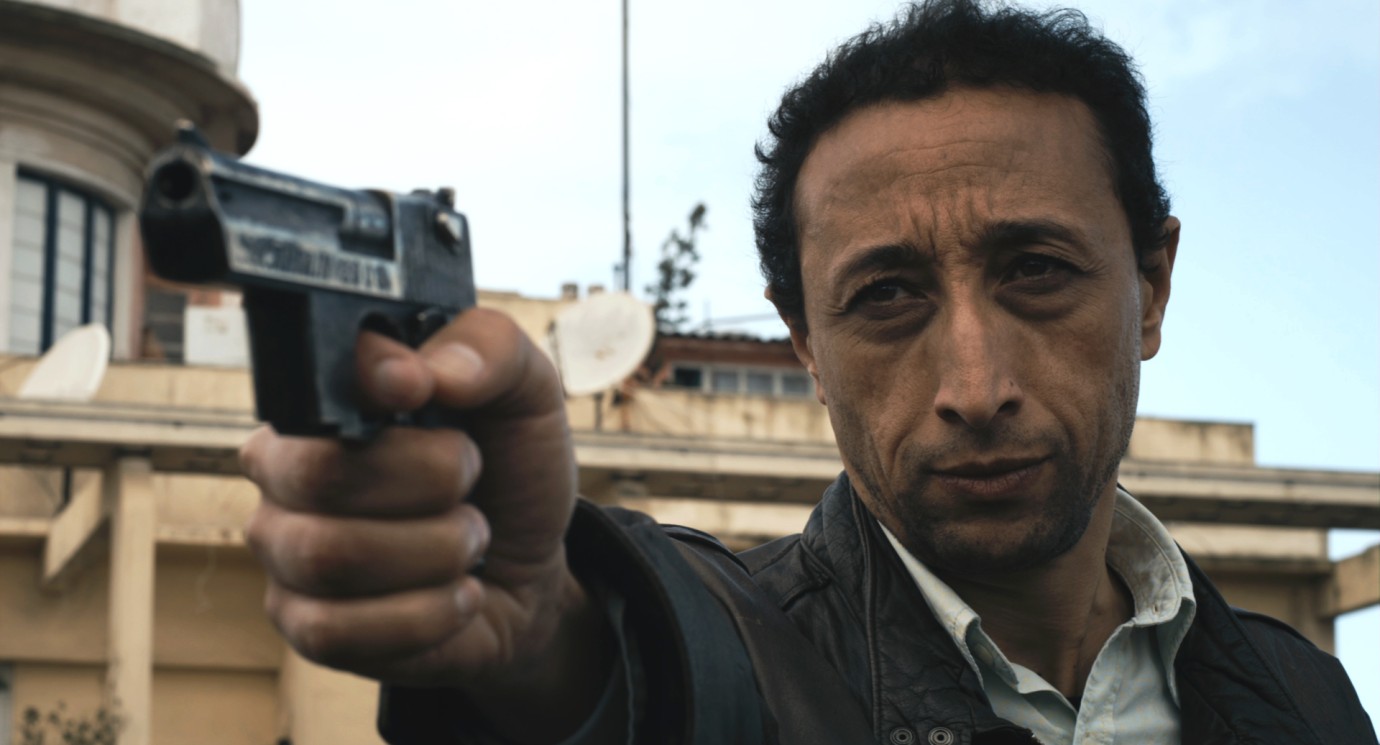
Death for Sale by Faouzi Bensaïdi
FRA 2011, Panorama
© Entre-Chien-et-Loup Agora-Films Liaison-Cinematographique 2011
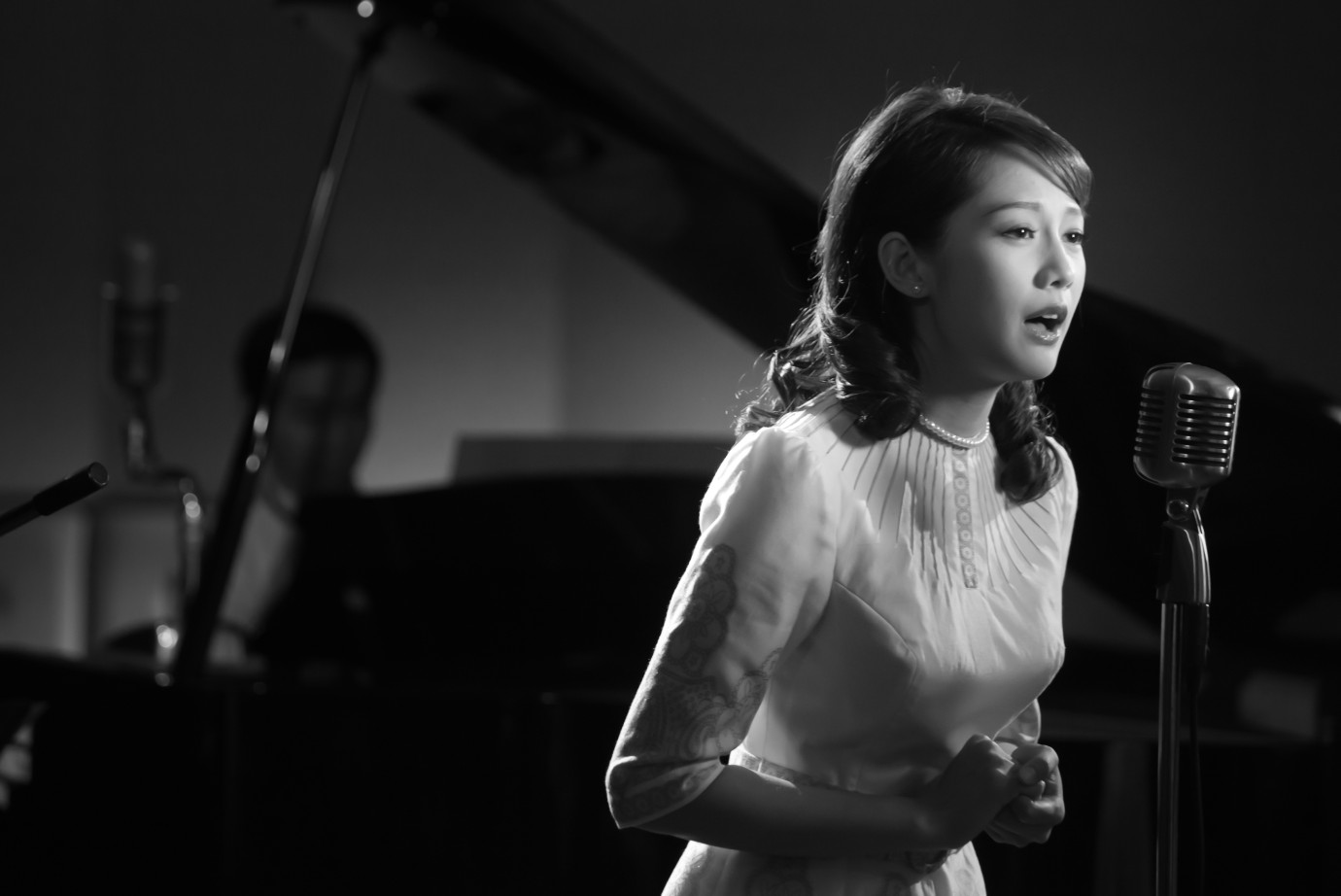
Green Island Serenade by Hou Chi-Jan
10+10 by Hsiao-Hsien HOU, Toon Wang, Nien-Chen WU, Yen-Ping CHUH
TWN/CHN 2011, Panorama
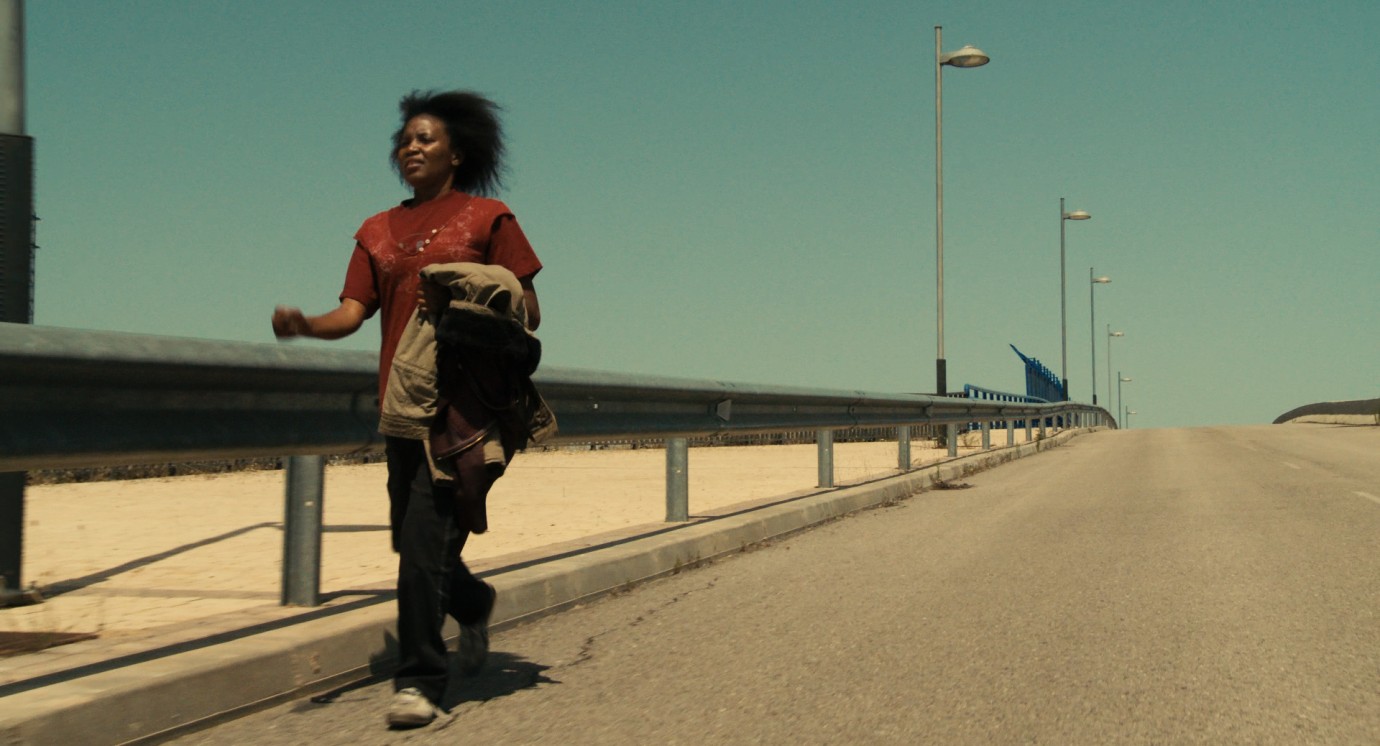
Isabel Vendrell Cortès
Indignados by Tony Gatlif
FRA 2011, Panorama
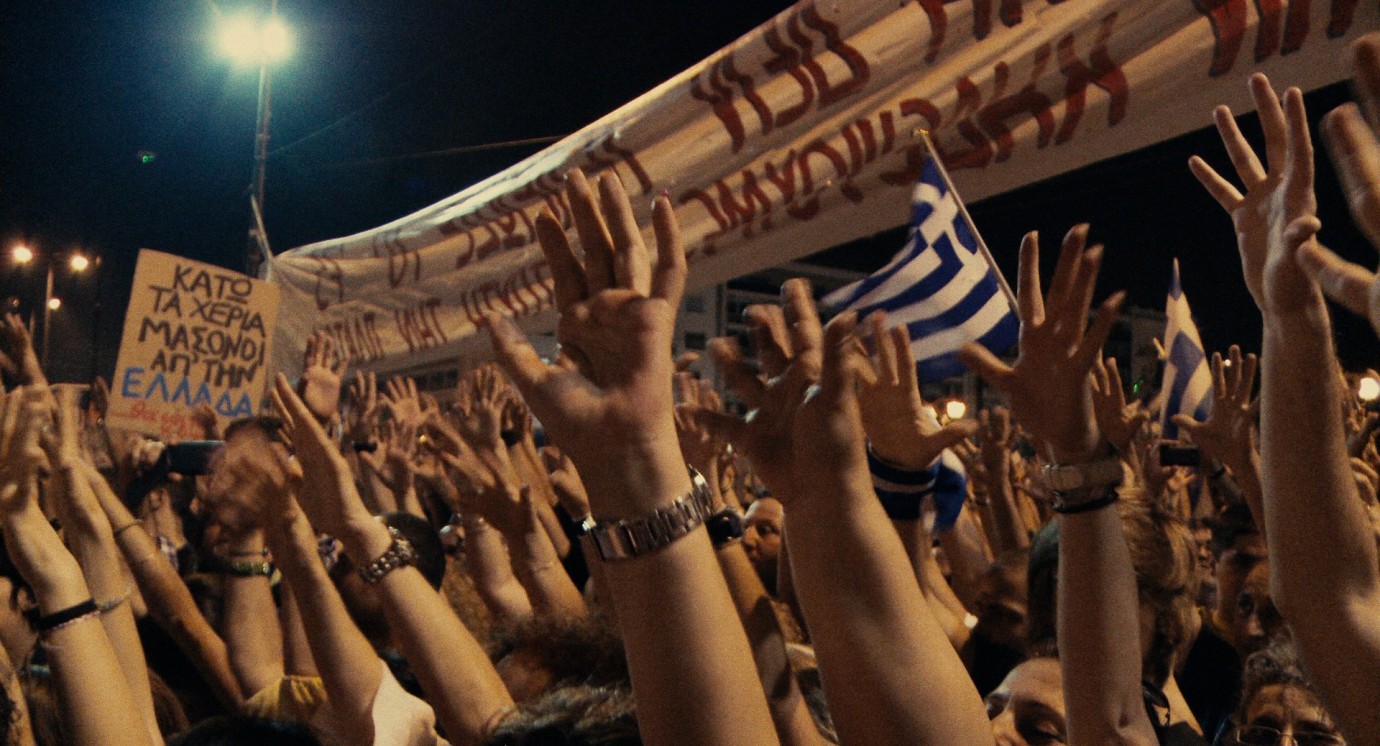
Indignados by Tony Gatlif
FRA 2011, Panorama
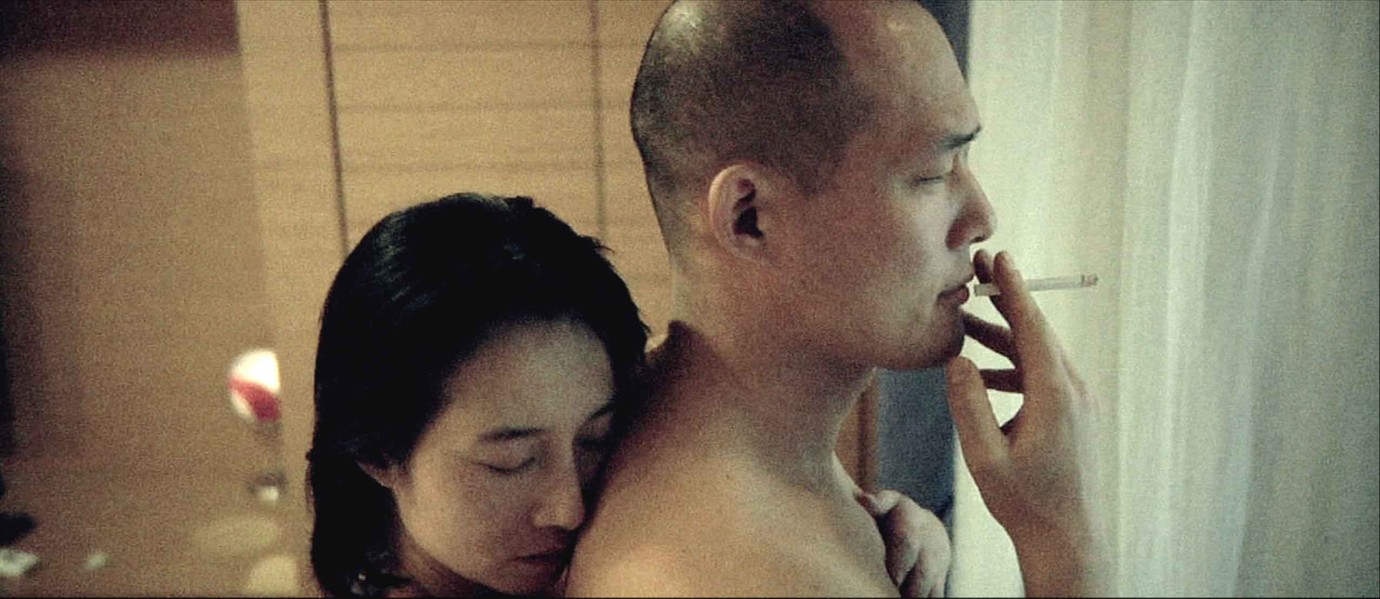
SHIN Ye-an, YOON Dong-hwan
From Seoul To Varanasi by Jeon Kyu-hwan
KOR 2011, Panorama
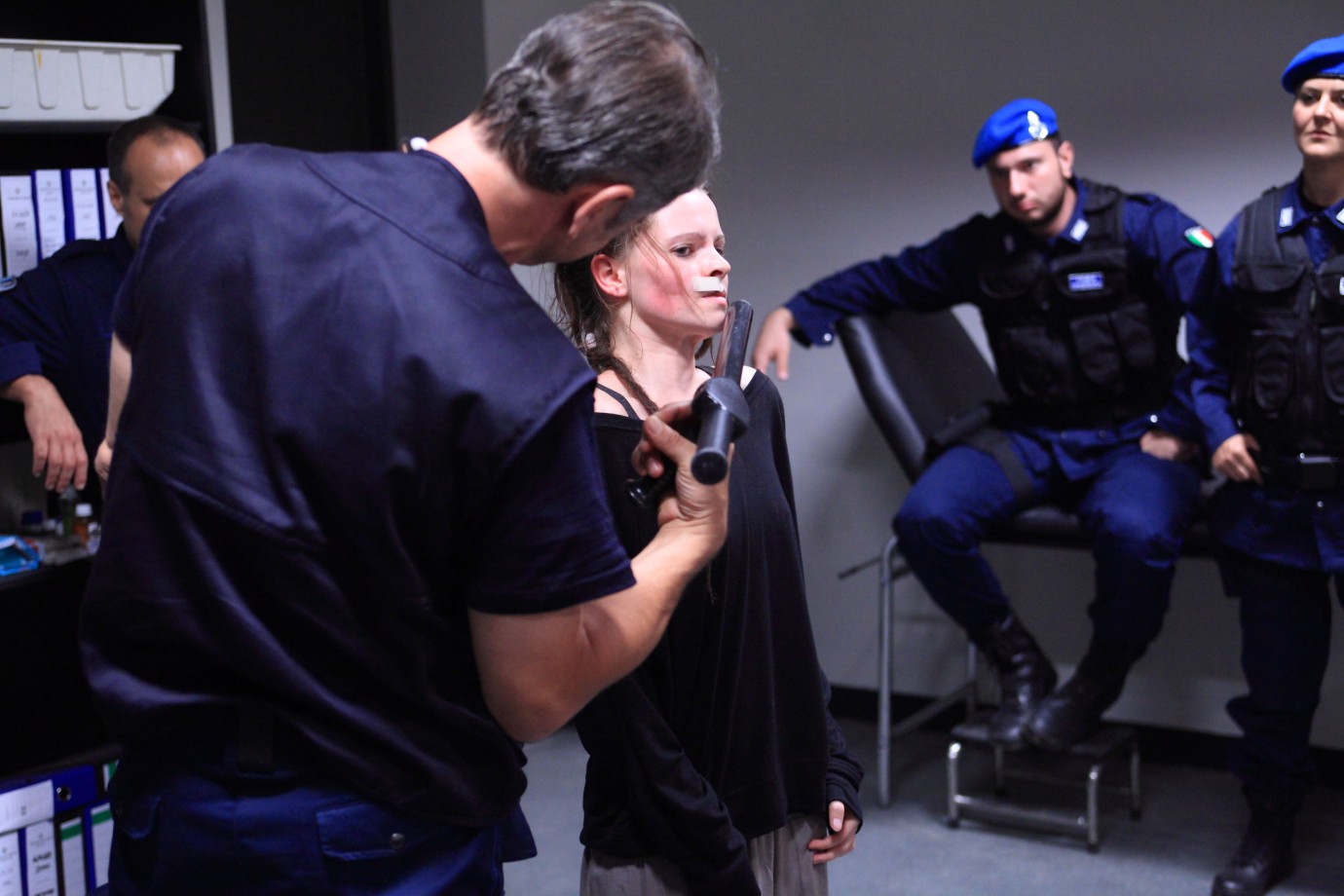
Jennifer Ulrich
Diaz – Don’t Clean Up This Blood by Daniele Vicari
ITA/ROU/FRA 2012, Panorama
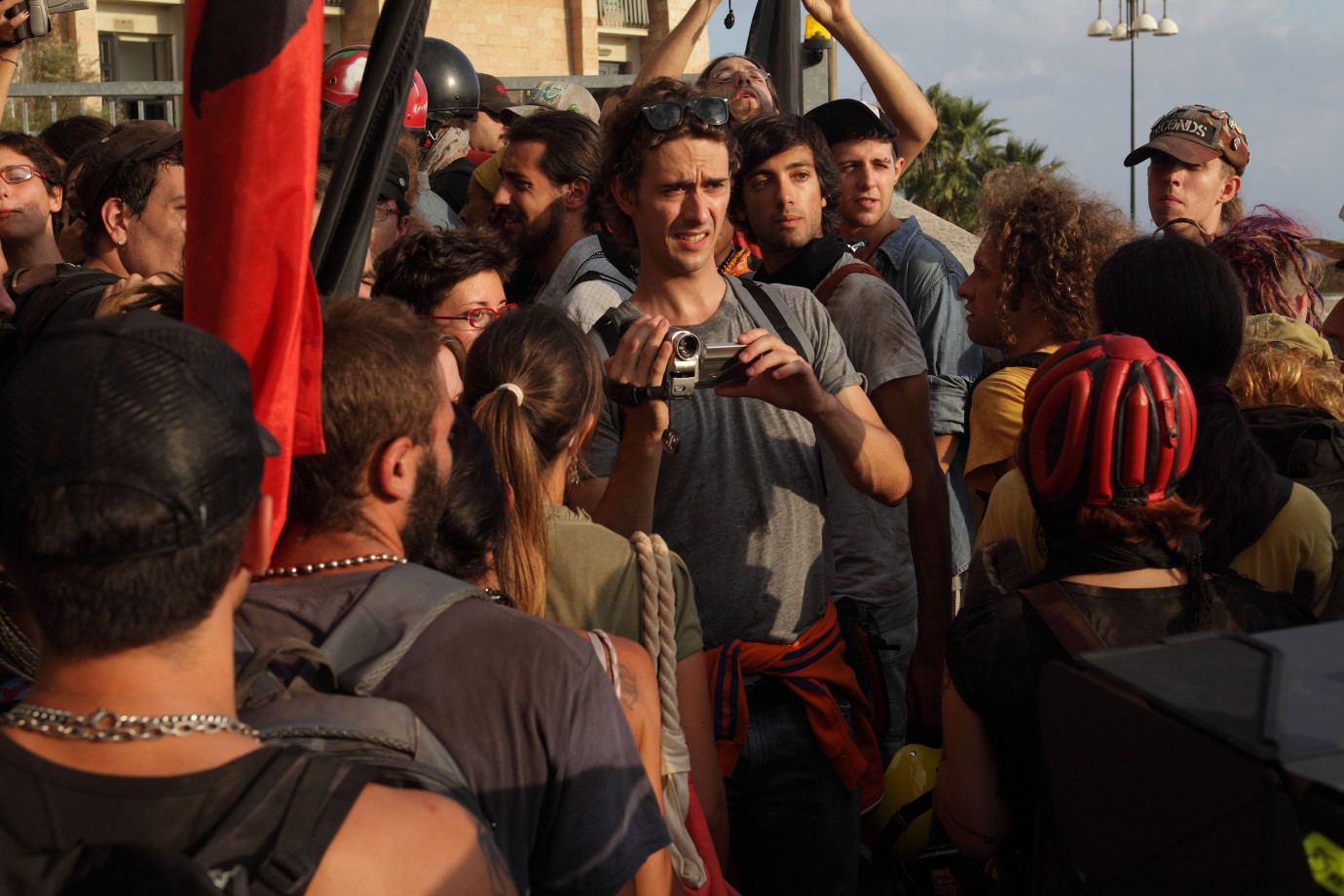
David Iacopi
Diaz – Don’t Clean Up This Blood by Daniele Vicari
ITA/ROU/FRA 2012, Panorama
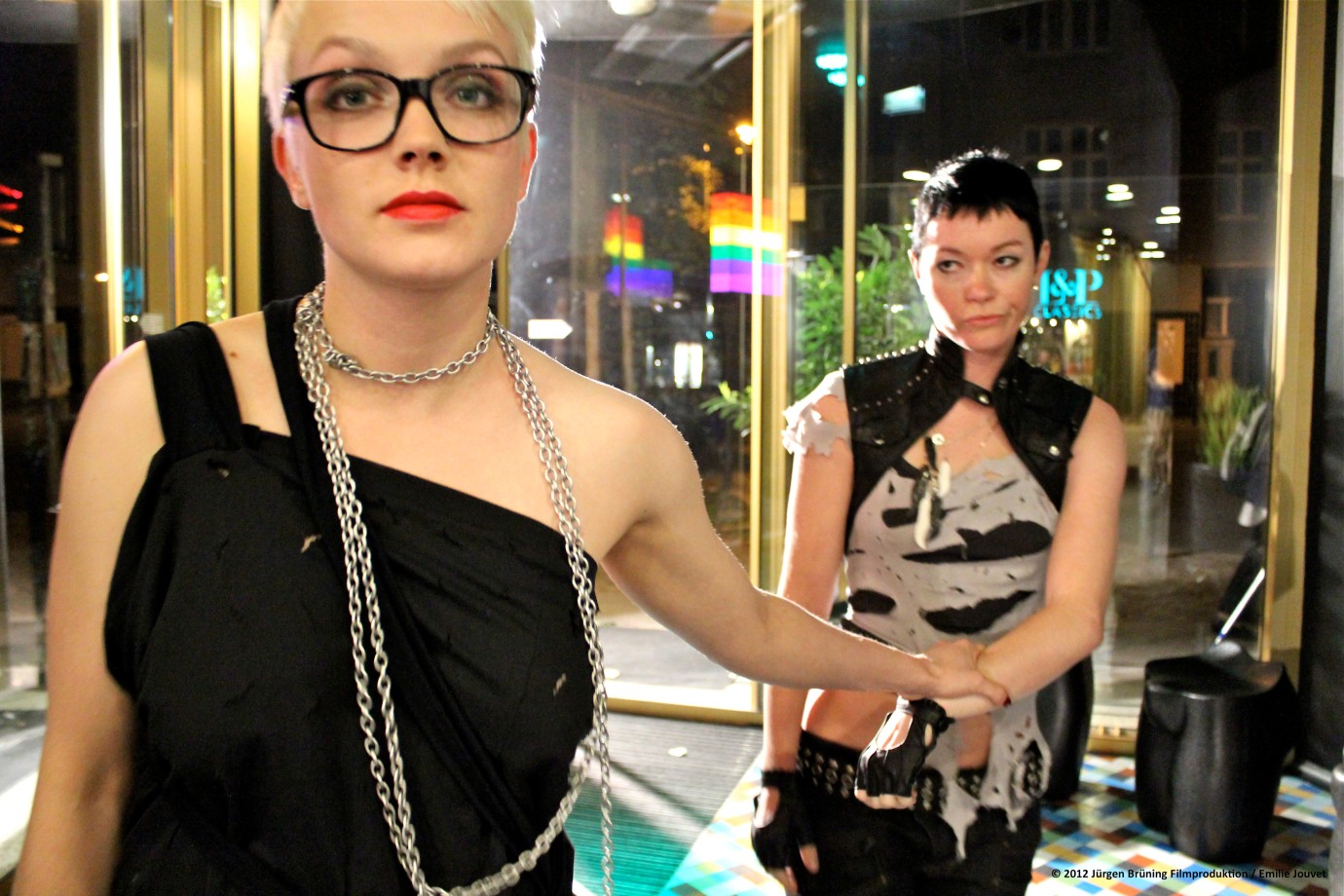
Lil Harlow, Jiz Lee
Mommy Is Coming by Cheryl Dunye
DEU 2012, Panorama
© 2012 Jürgen Brüning Filmproduktion / Emilie Jouvet
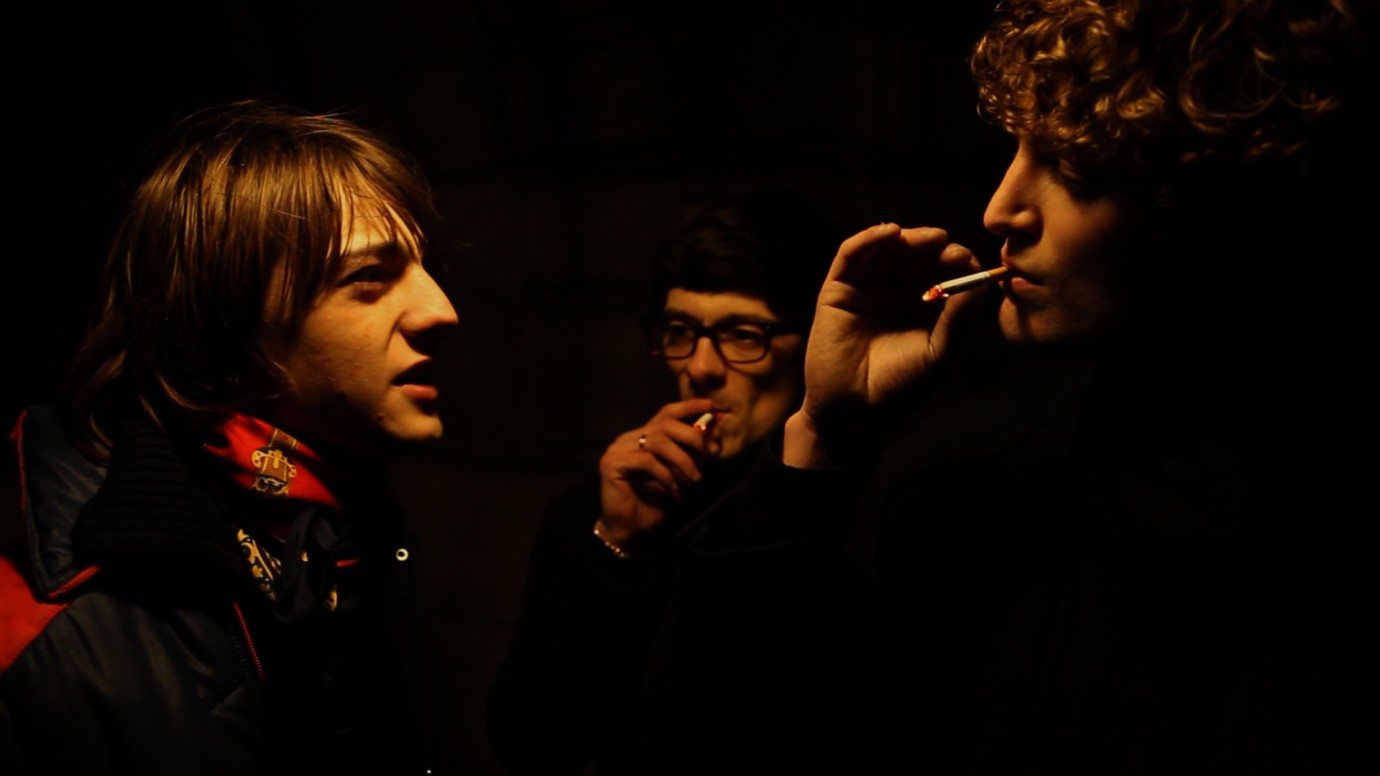
Eliott Paquet, Cédric Domiède, Niels Schneider
L’âge atomique by Héléna Klotz
FRA 2011, Panorama
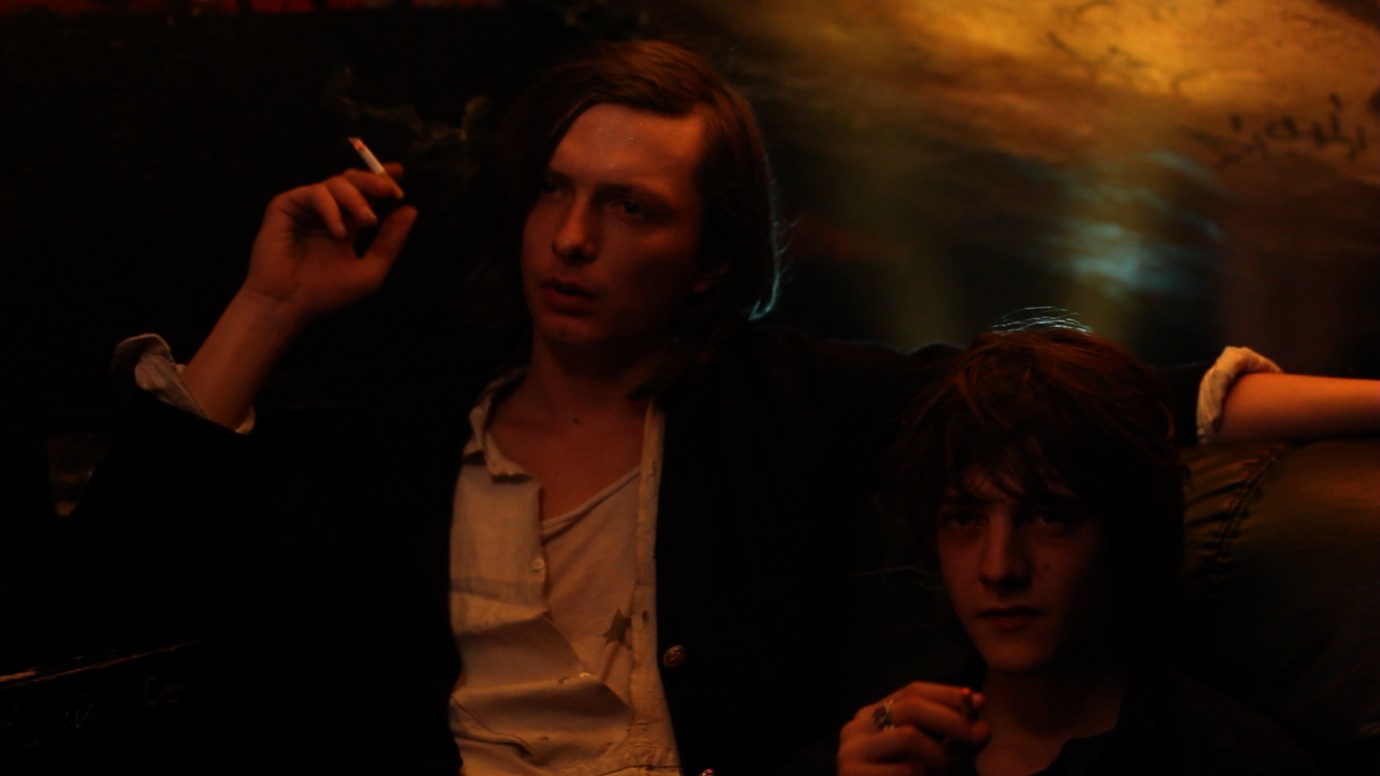
Dominik Wojcik, Eliott Paquet
L’âge atomique by Héléna Klotz
FRA 2011, Panorama
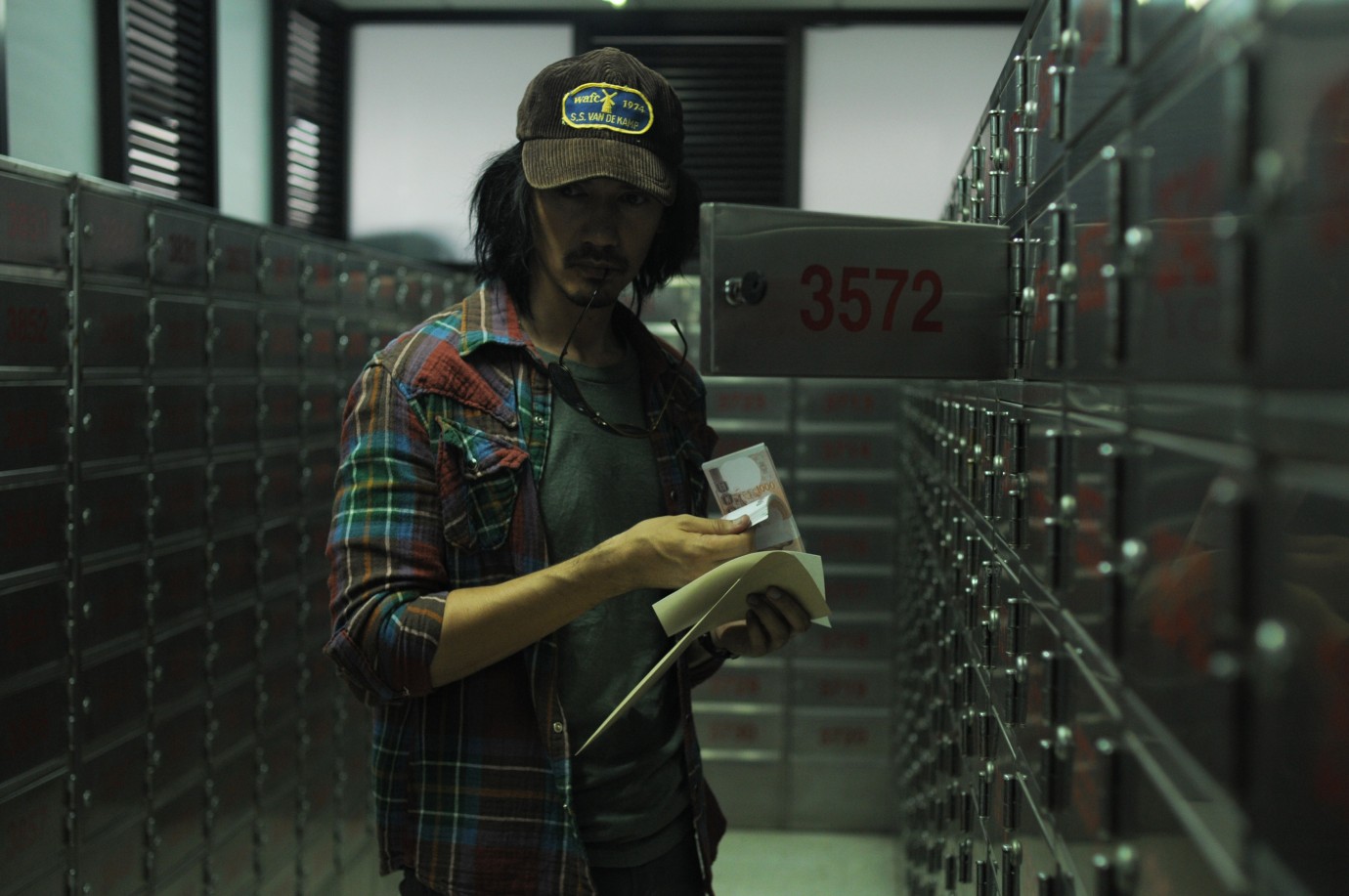
Nopachai Jayanama
Fon Tok Kuen Fah | HEADSHOT by Pen-Ek RATANARUANG
THA/FRA 2011, Panorama
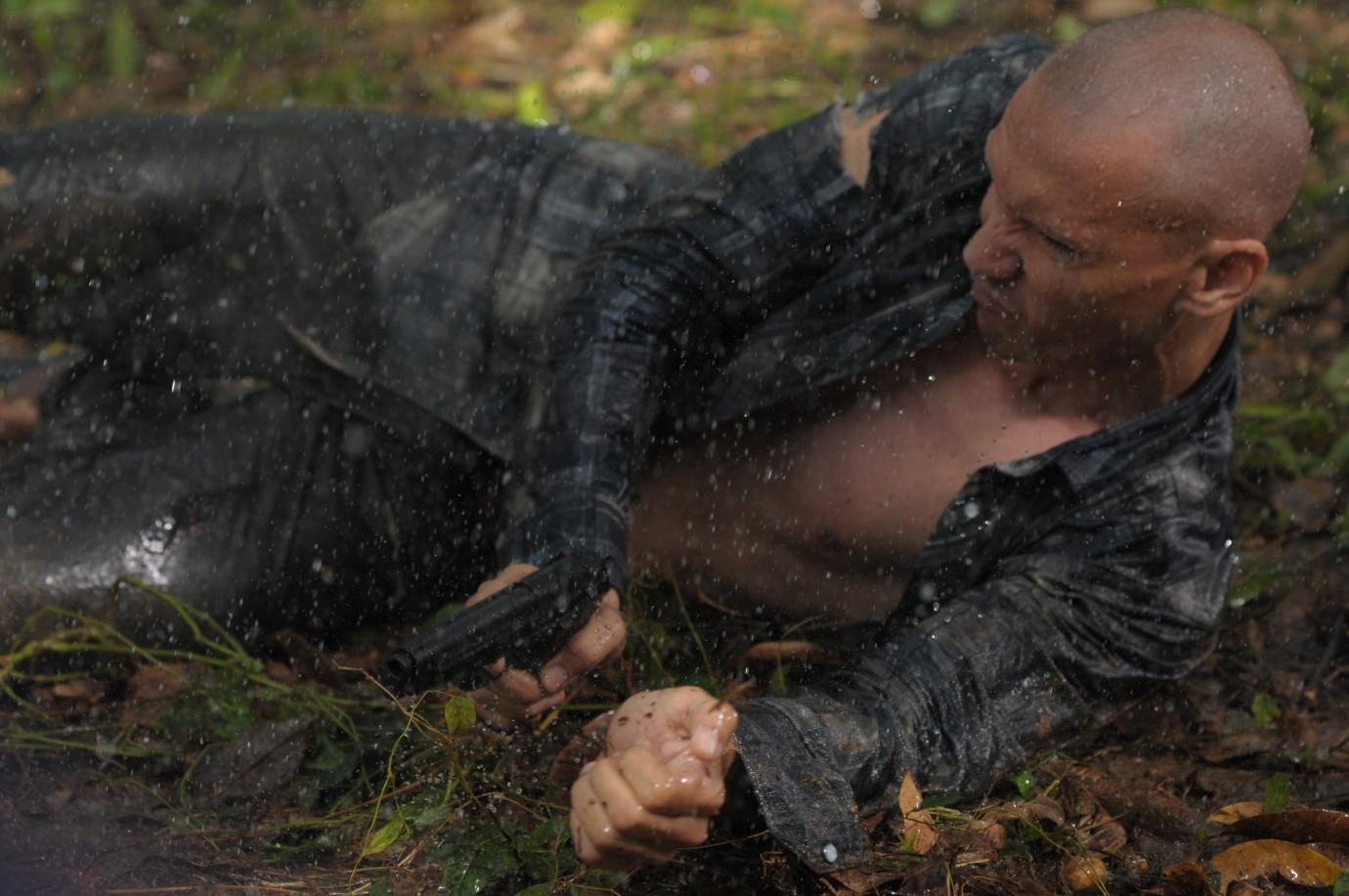
Nopachai Jayanama
Fon Tok Kuen Fah | HEADSHOT by Pen-Ek RATANARUANG
THA/FRA 2011, Panorama
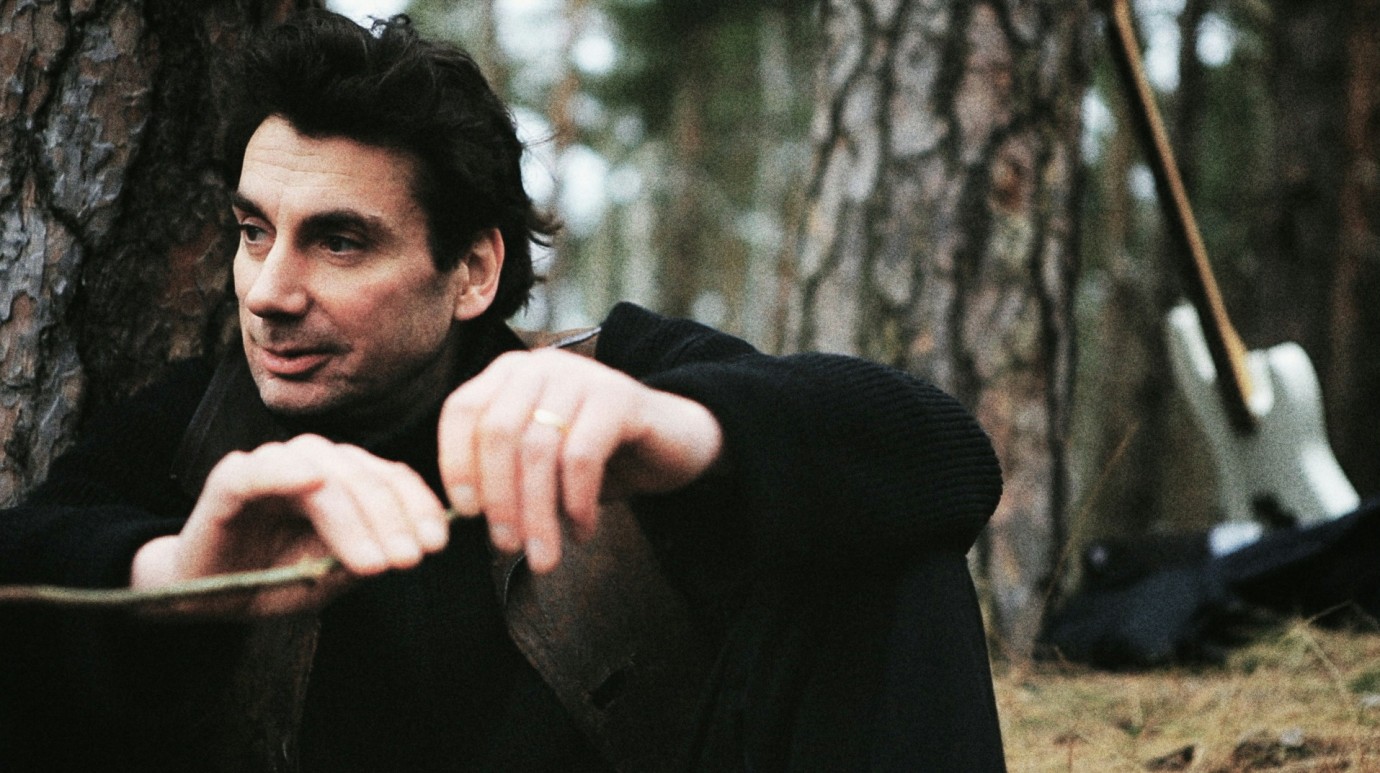
Brötzmann - Da gehört die Welt mal mir | Brötzmann - That's When The World Is Mine by Uli M Schueppel
DEU 2011, Panorama
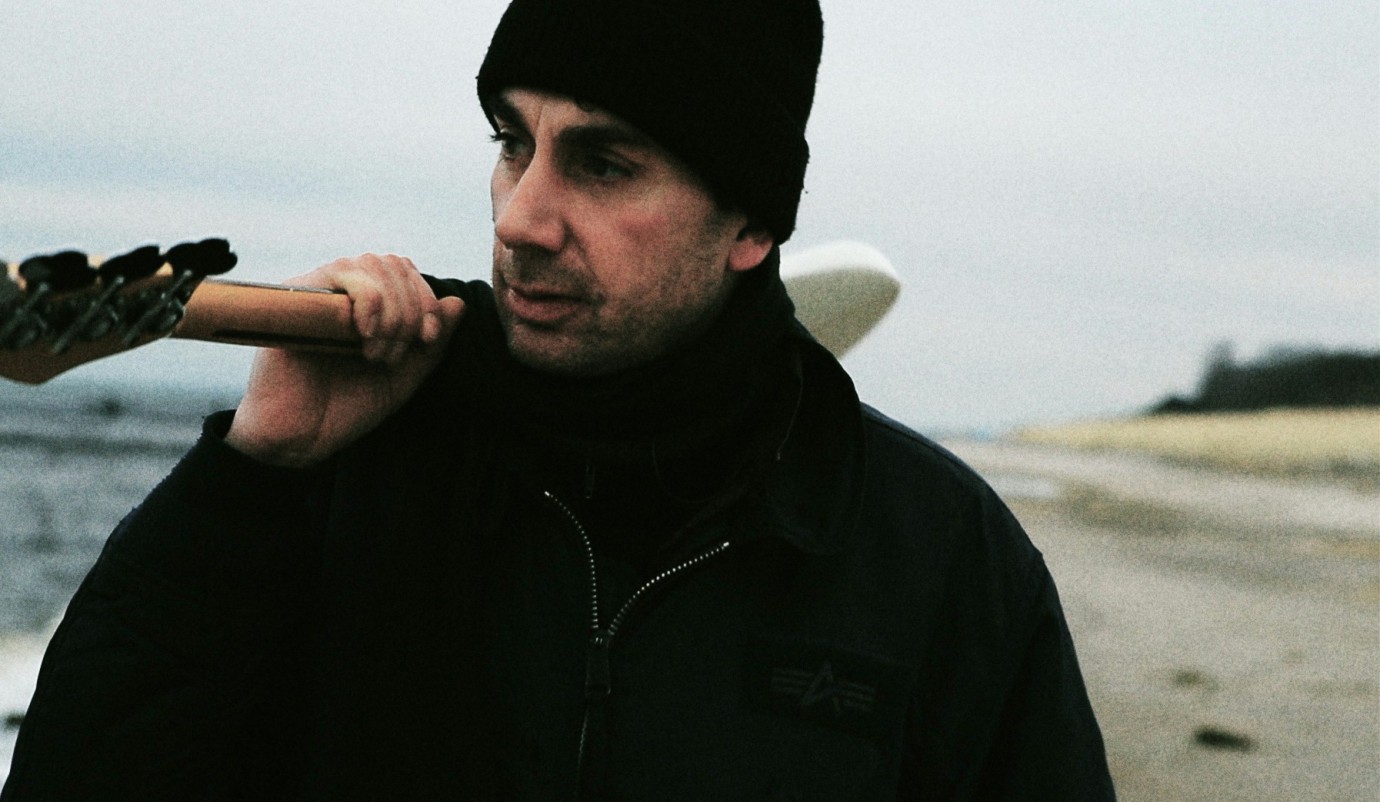
Brötzmann - Da gehört die Welt mal mir | Brötzmann - That's When The World Is Mine by Uli M Schueppel
DEU 2011, Panorama
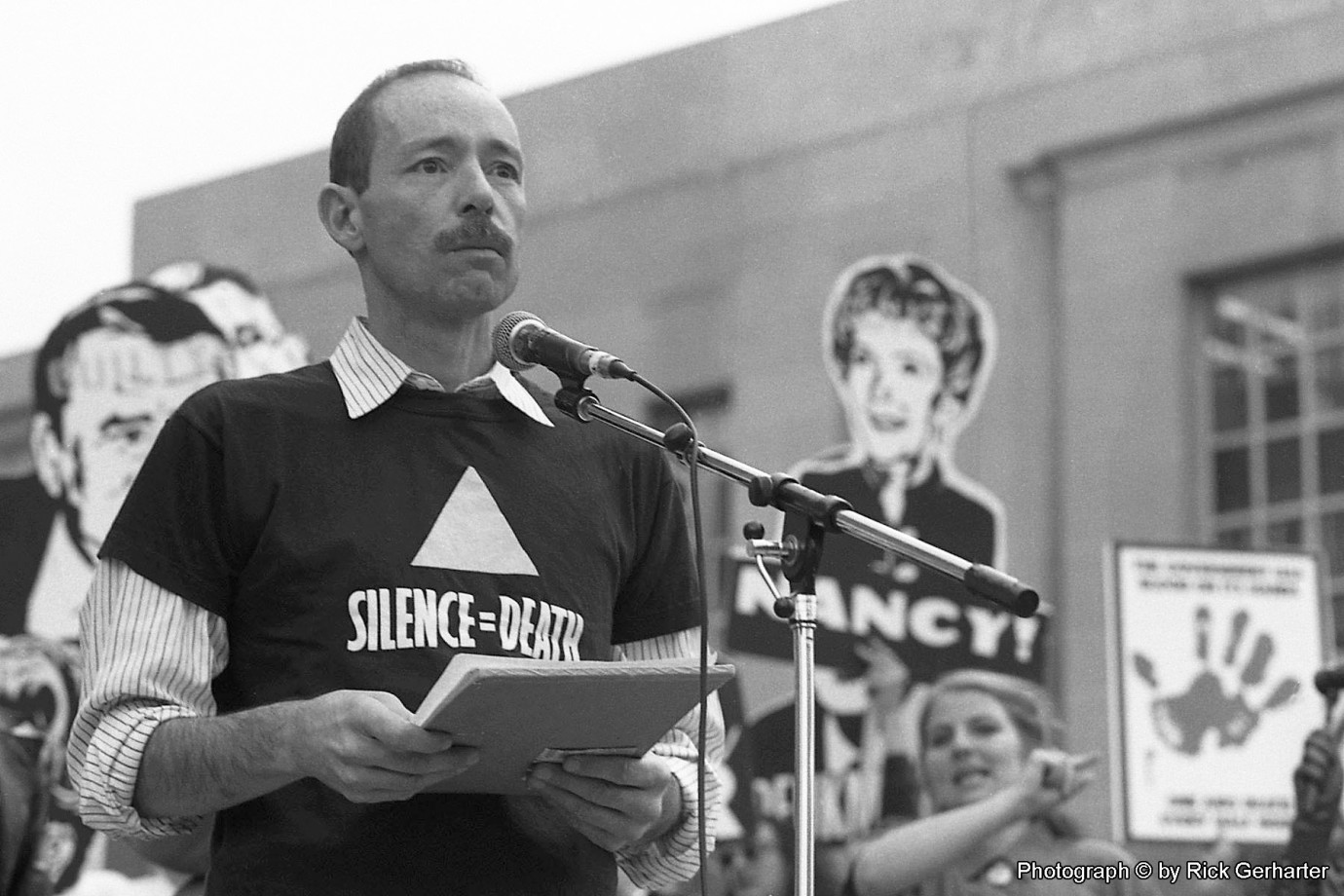
Vito Russo
Vito by Jeffrey Schwarz
USA 2011, Panorama
© Rick Gerharter

Bette Midler, Vito Russo
Vito by Jeffrey Schwarz
USA 2011, Panorama
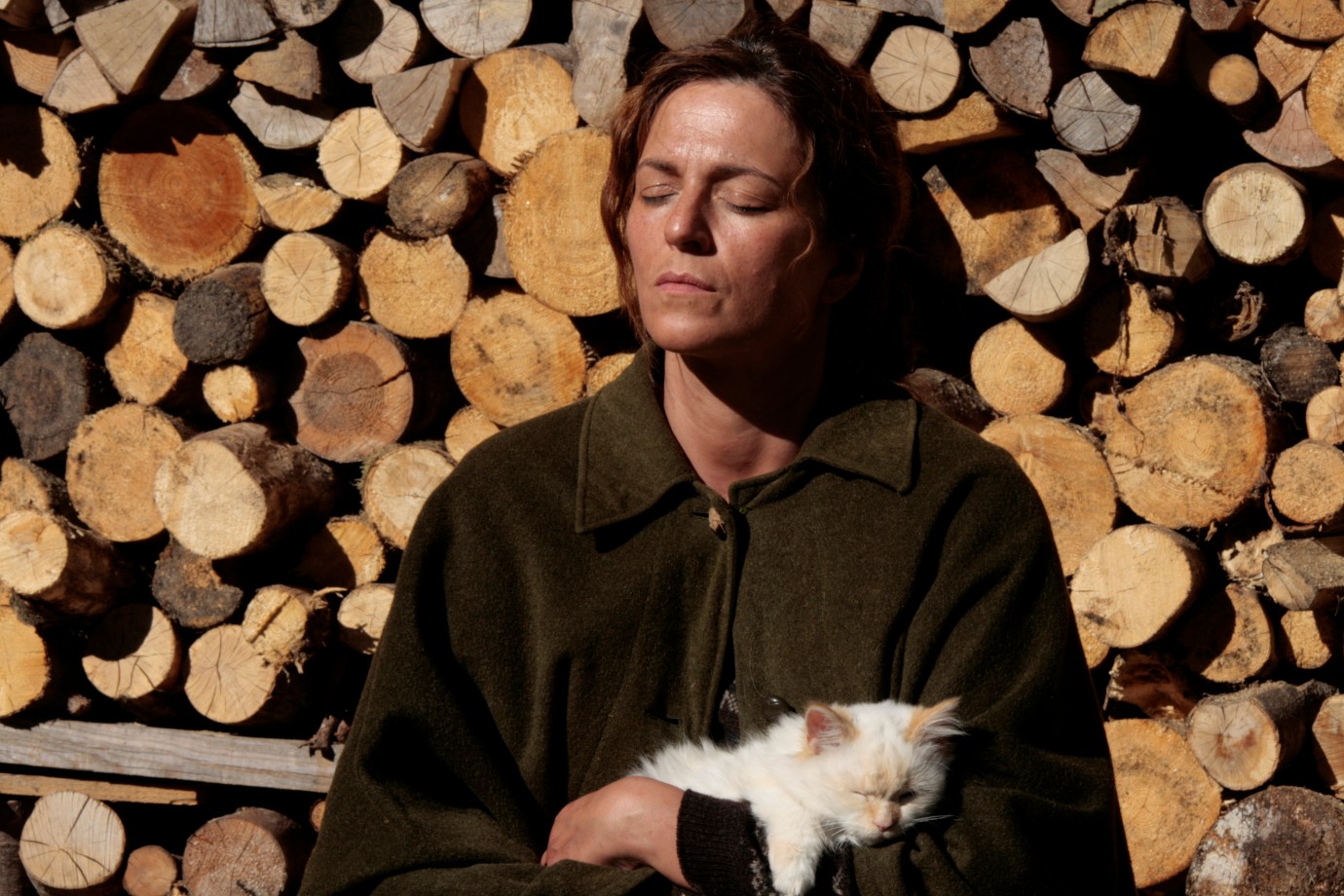
Martina Gedeck
Die Wand | The Wall by Julian Roman Pölsler
AUT/DEU 2011, Panorama
© Studiocanal GmbH

Martina Gedeck
Die Wand | The Wall by Julian Roman Pölsler
AUT/DEU 2011, Panorama
© Studiocanal GmbH
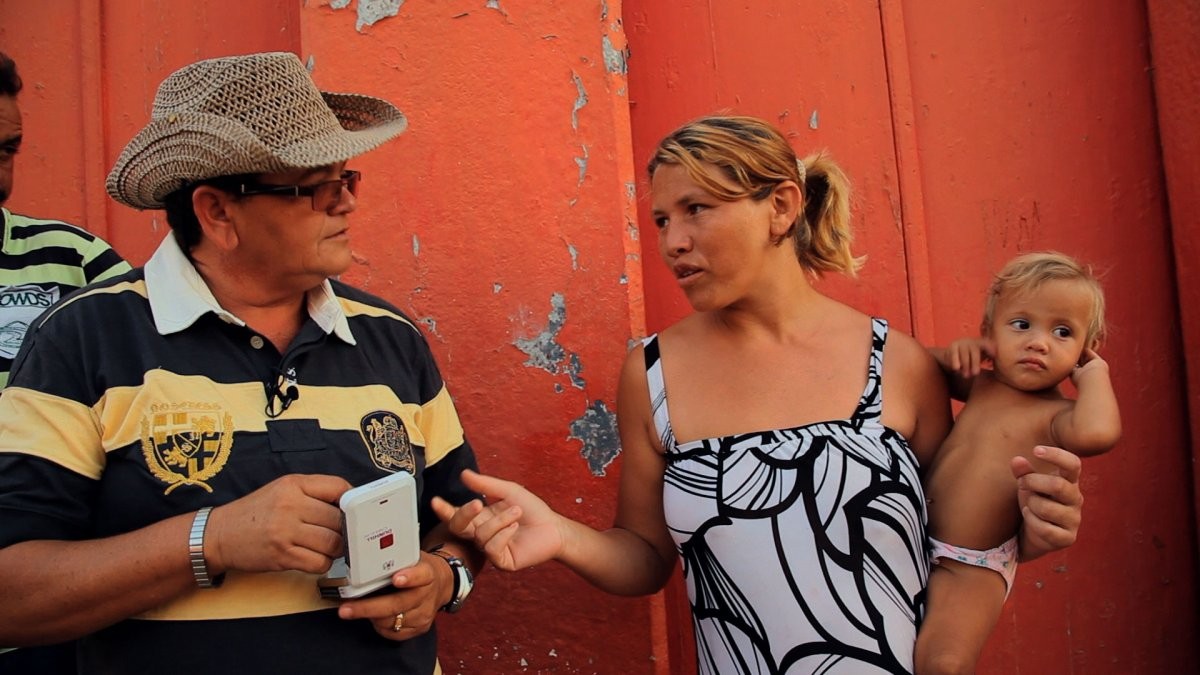
Olhe pra mim de novo | Look At Me Again by Kiko Goifman, Claudia Priscilla
BRA 2011, Panorama
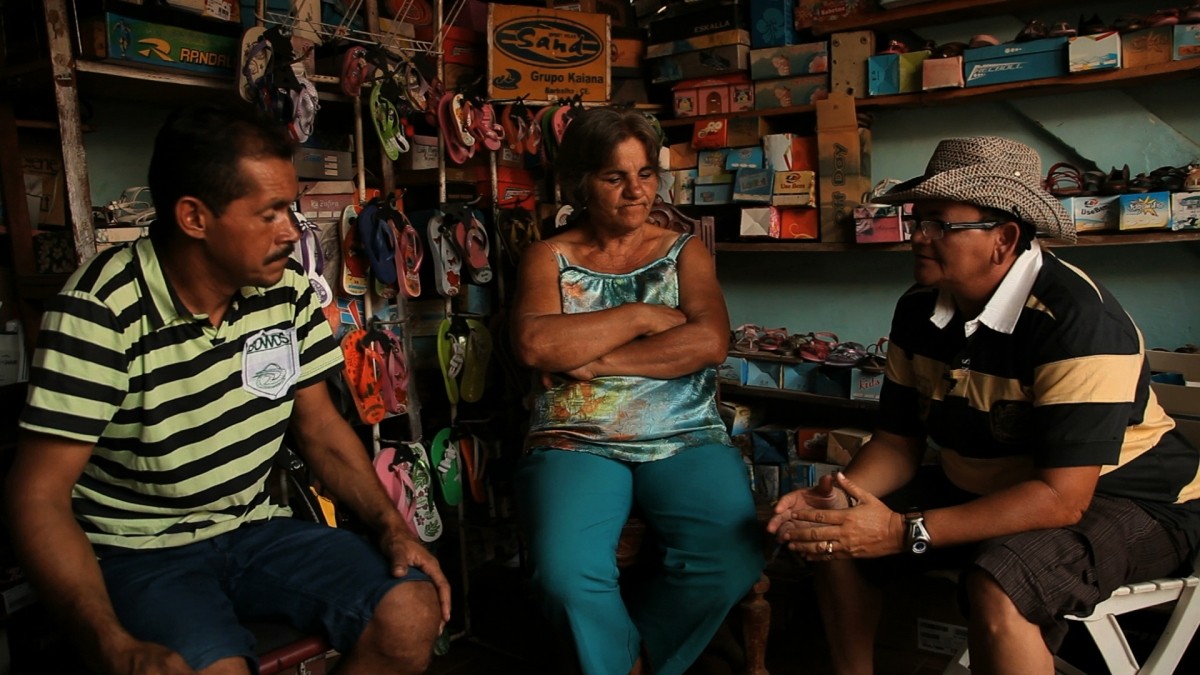
Olhe pra mim de novo | Look At Me Again by Kiko Goifman, Claudia Priscilla
BRA 2011, Panorama
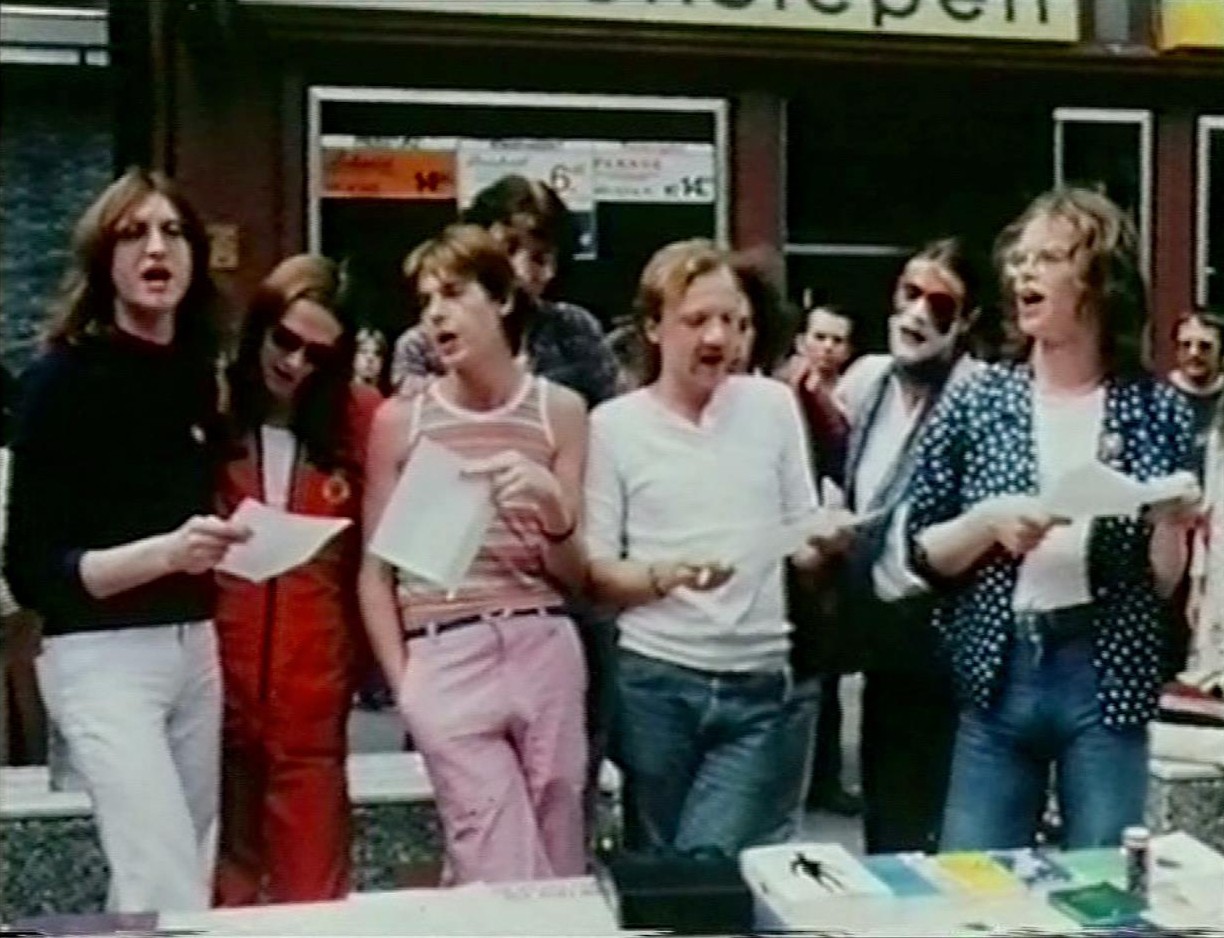
Detlef by Stefan Westerwelle, Jan Rothstein
DEU 2012, Panorama

Detlef by Stefan Westerwelle, Jan Rothstein
DEU 2012, Panorama
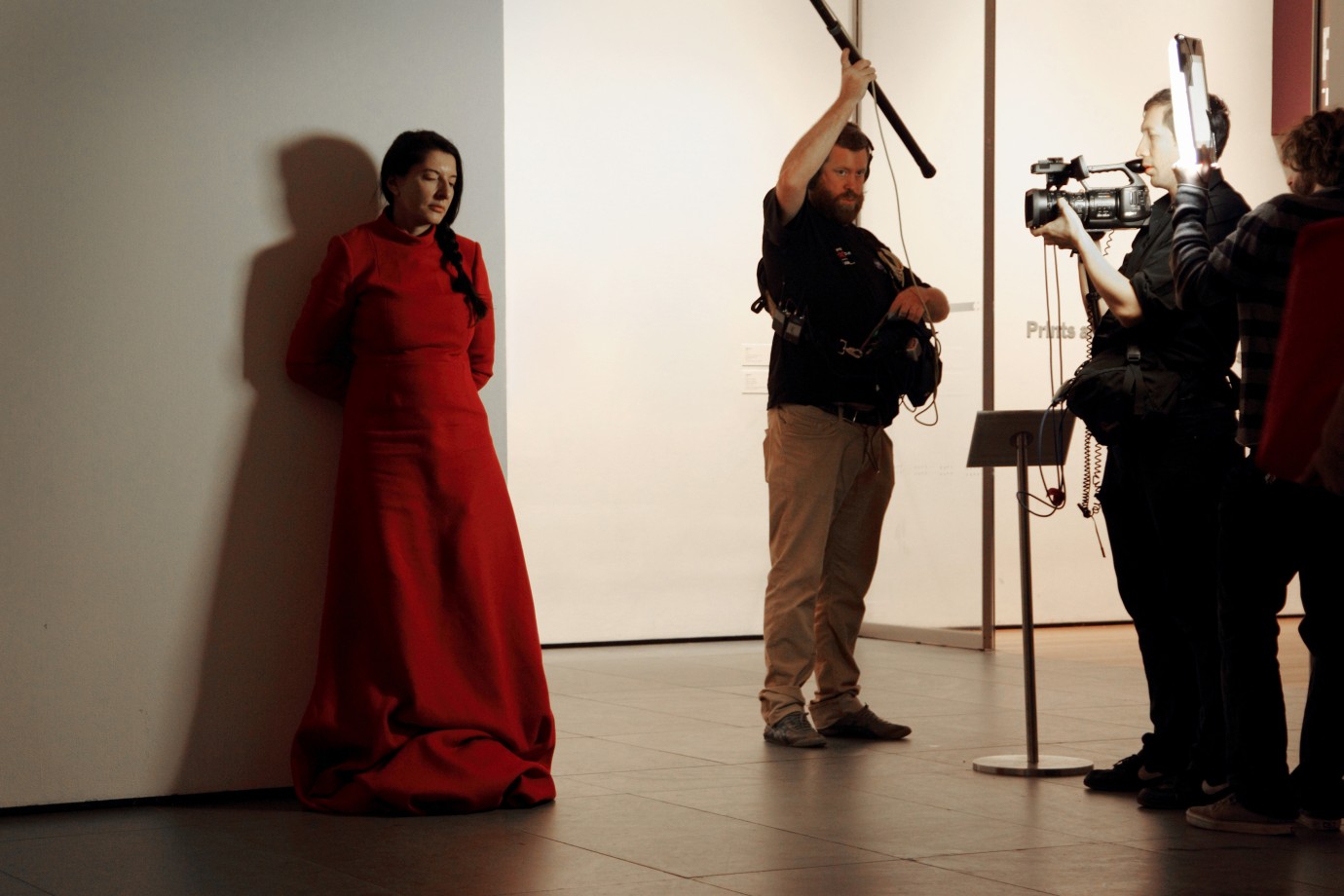
Marina Abramovic The Artist is Present by Matthew Akers
USA 2011, Panorama
© Marco Anelli
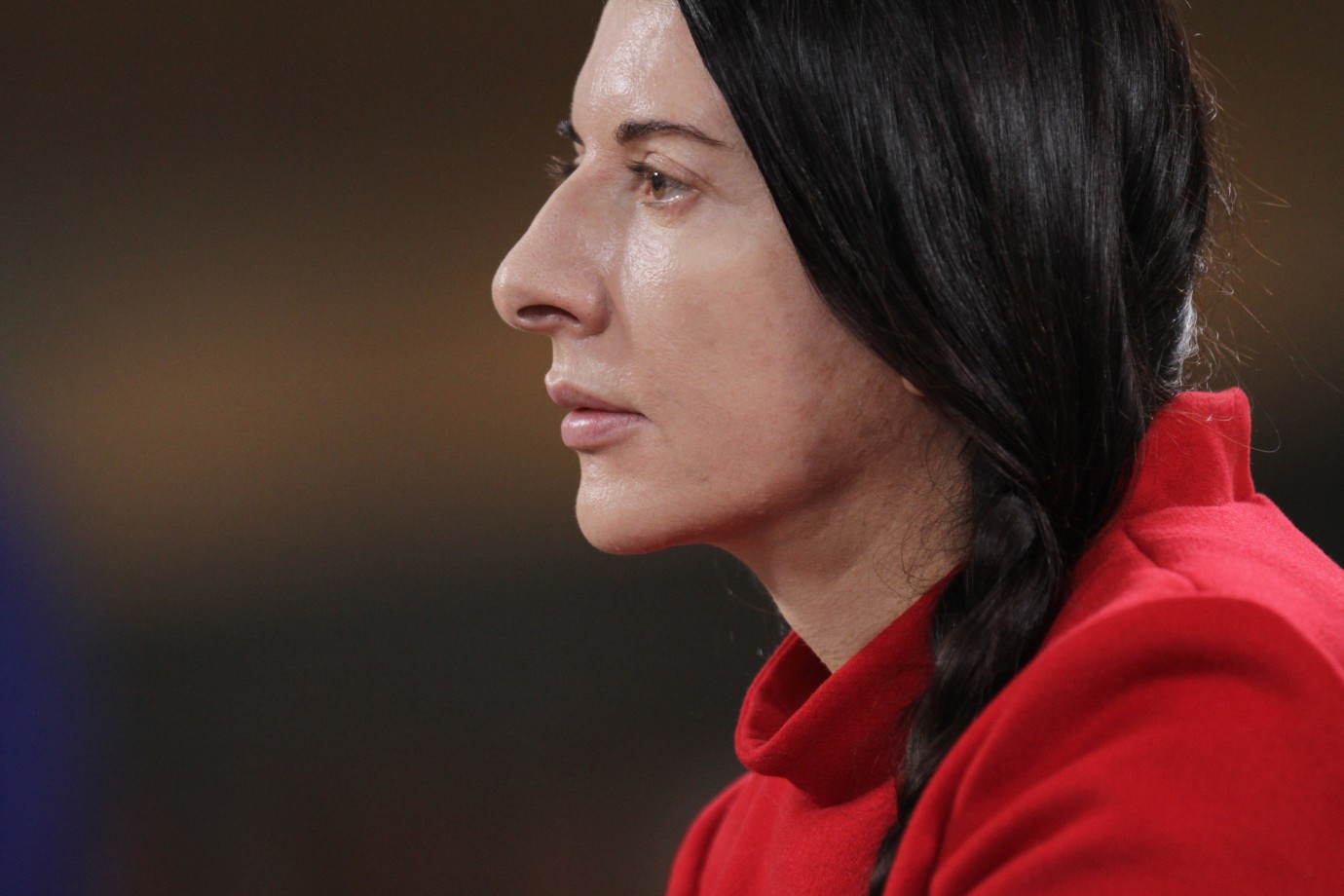
Marina Abramovic
Marina Abramovic The Artist is Present by Matthew Akers
USA 2011, Panorama
© David Smoler
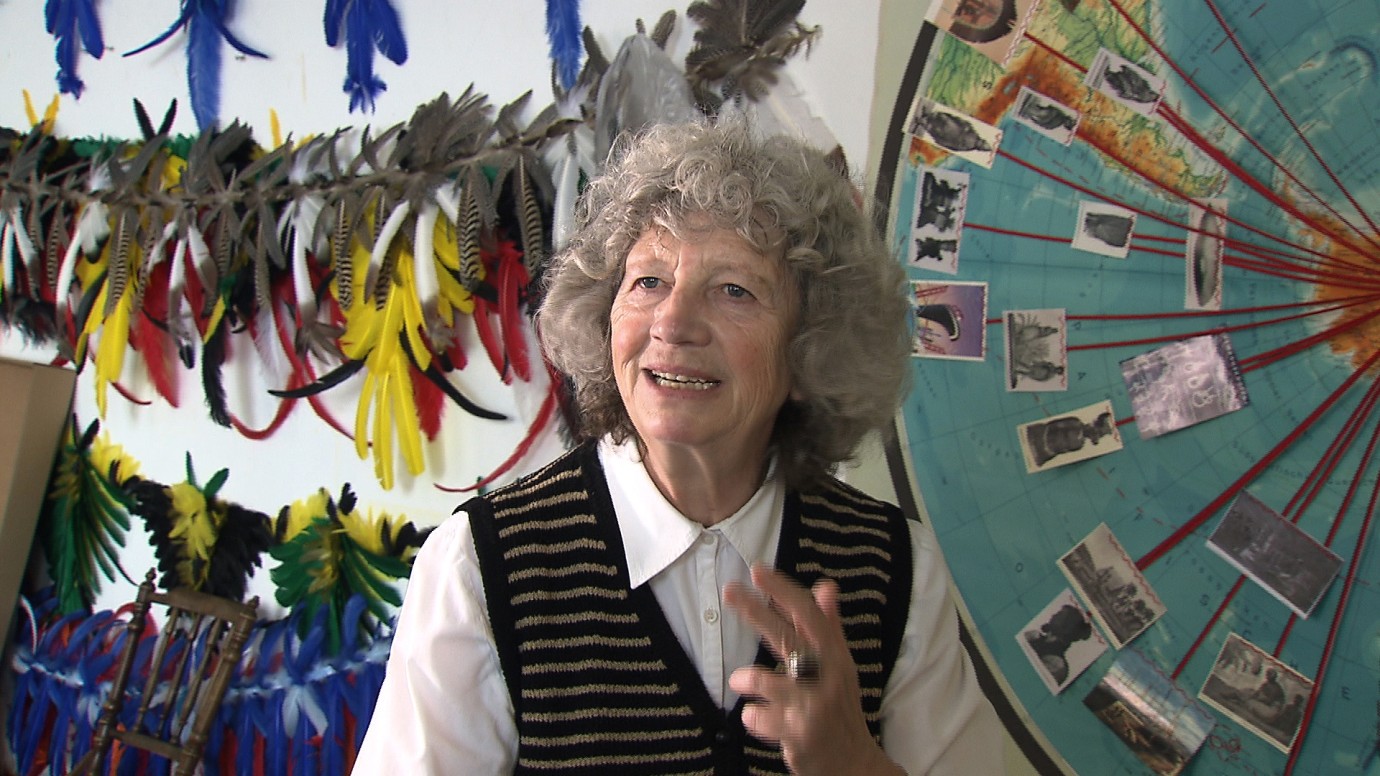
Ulrike Ottinger
Ulrike Ottinger – die Nomadin vom See | Ulrike Ottinger – nomad from the lake by Brigitte Kramer
DEU 2012, Panorama
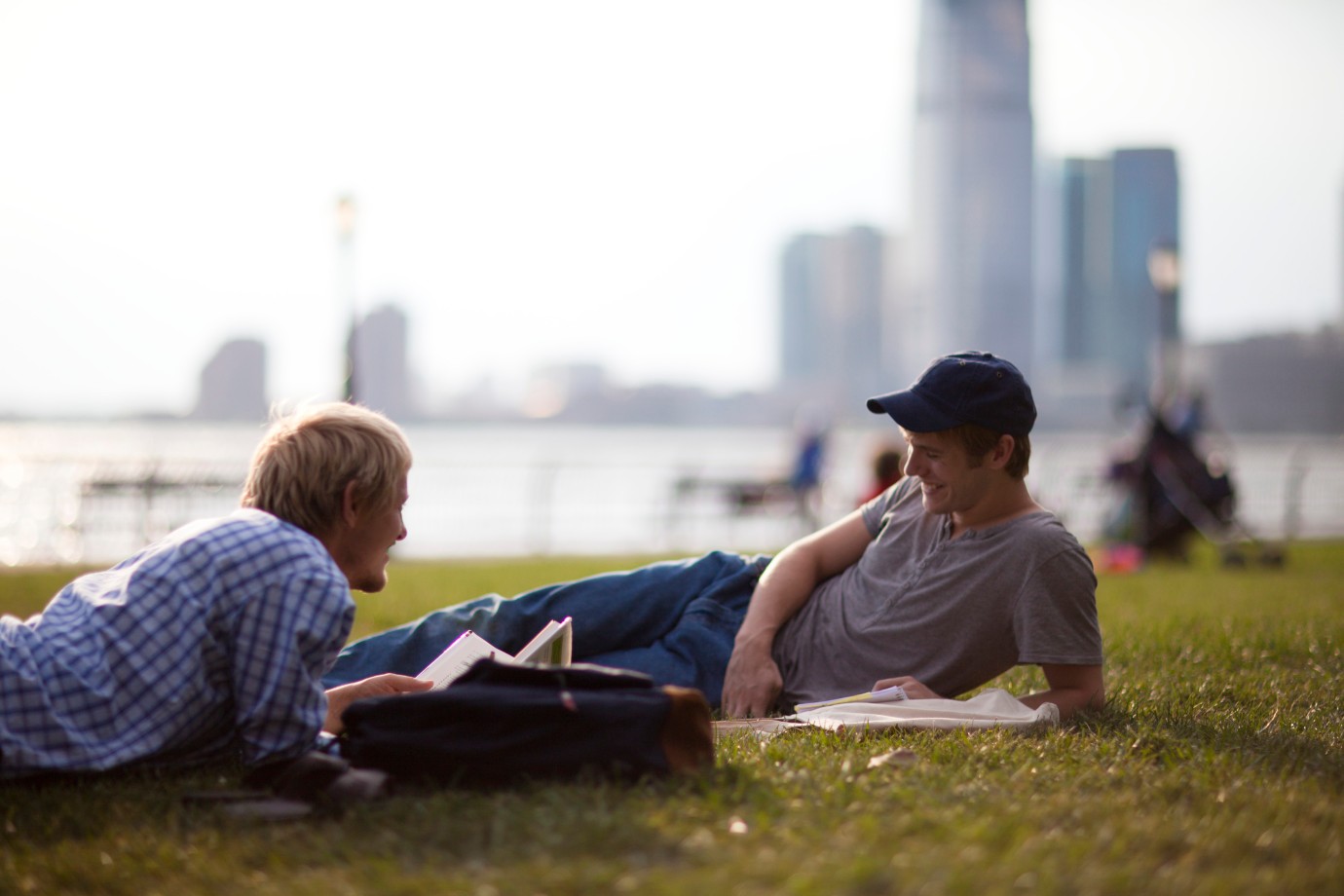
Thure Lindhardt, Zachary Booth
KEEP THE LIGHTS ON by Ira Sachs
USA 2012, Panorama
© Jean Christophe Husson
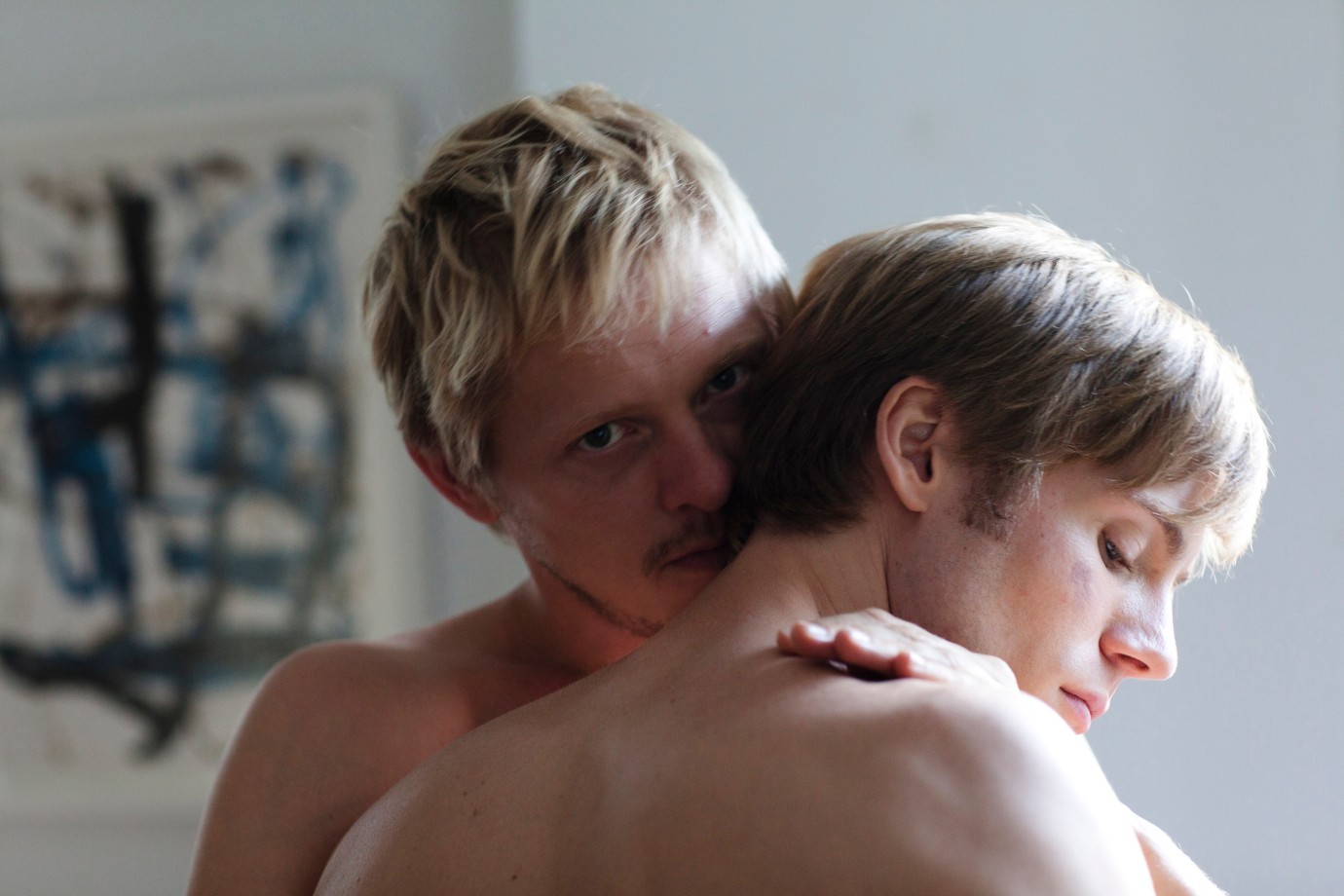
Thure Lindhardt, Zachary Booth
KEEP THE LIGHTS ON by Ira Sachs
USA 2012, Panorama
© Jean Christophe Husson
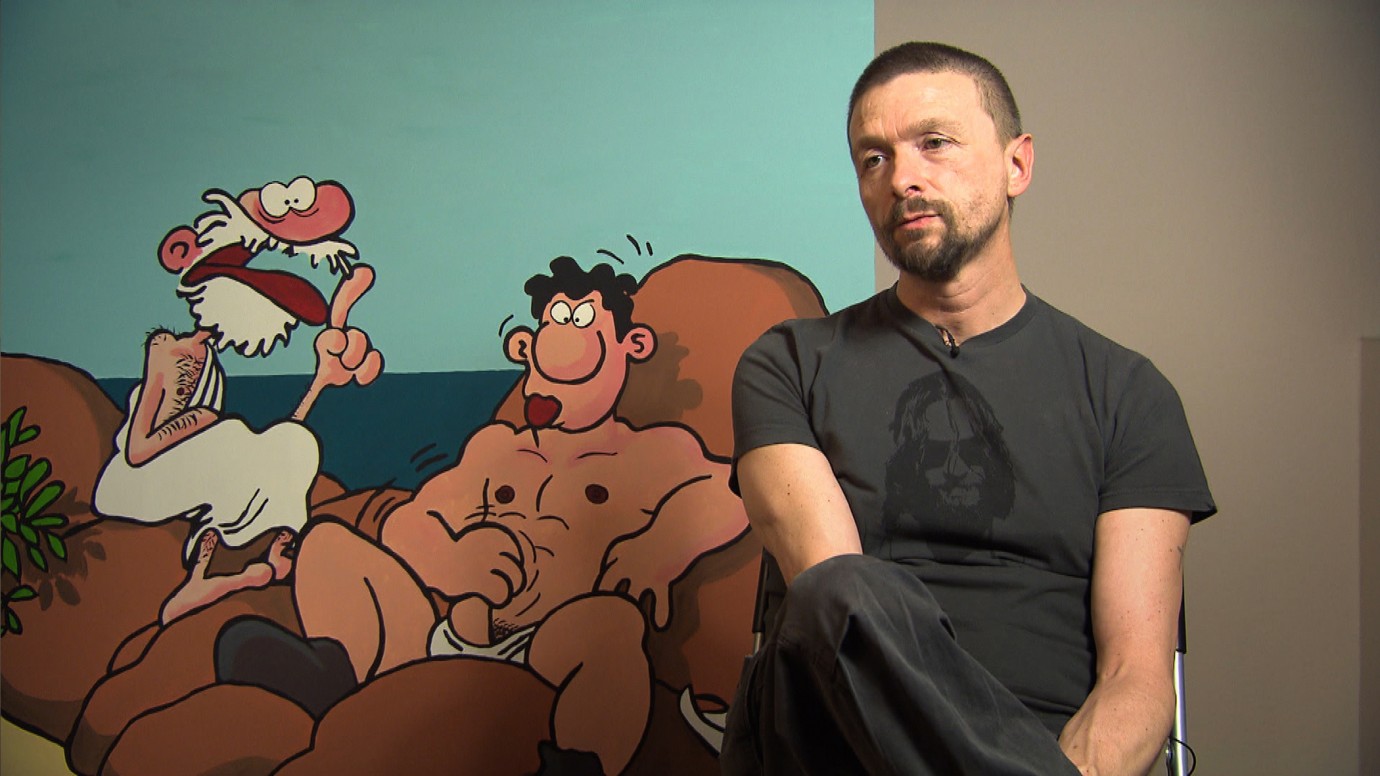
Ralf König
König des Comics by Rosa von Praunheim
DEU 2011, Panorama
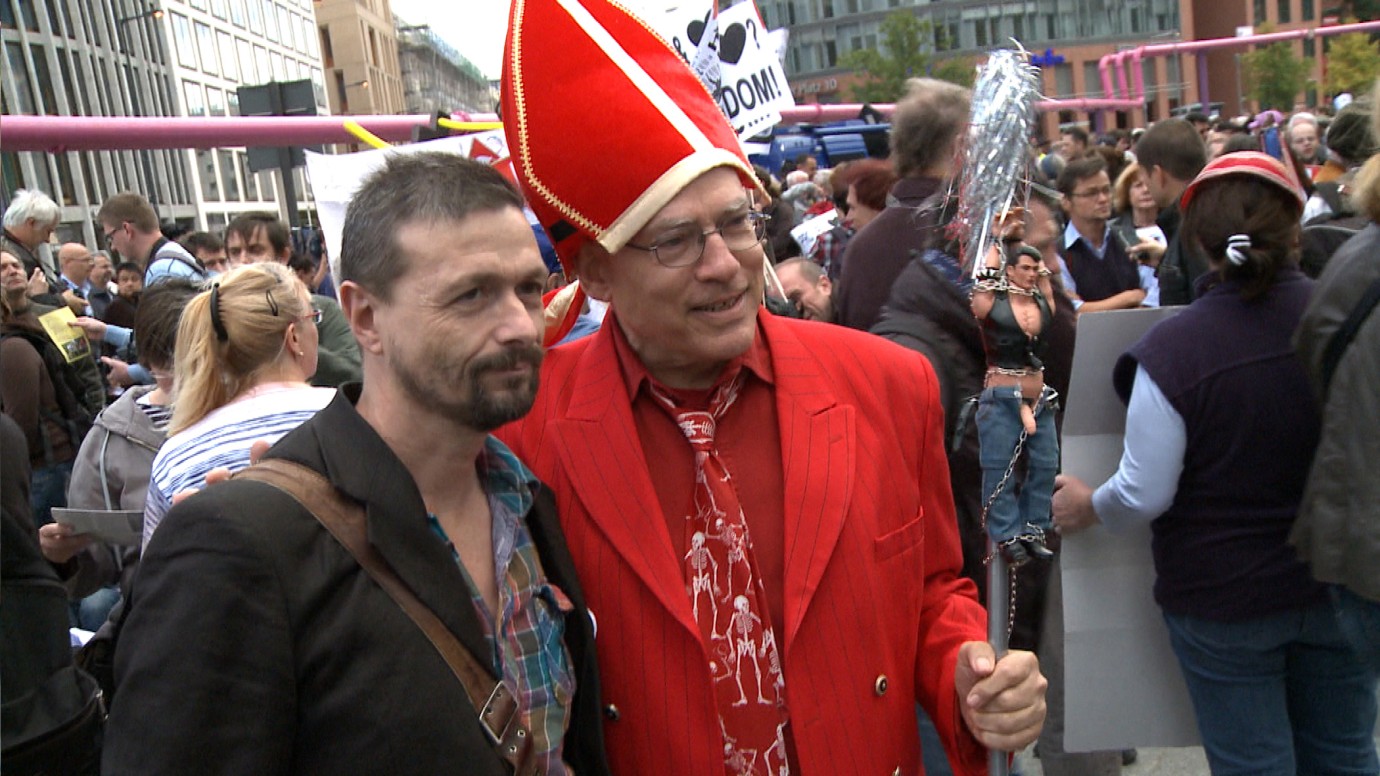
Ralf König
König des Comics by Rosa von Praunheim
DEU 2011, Panorama
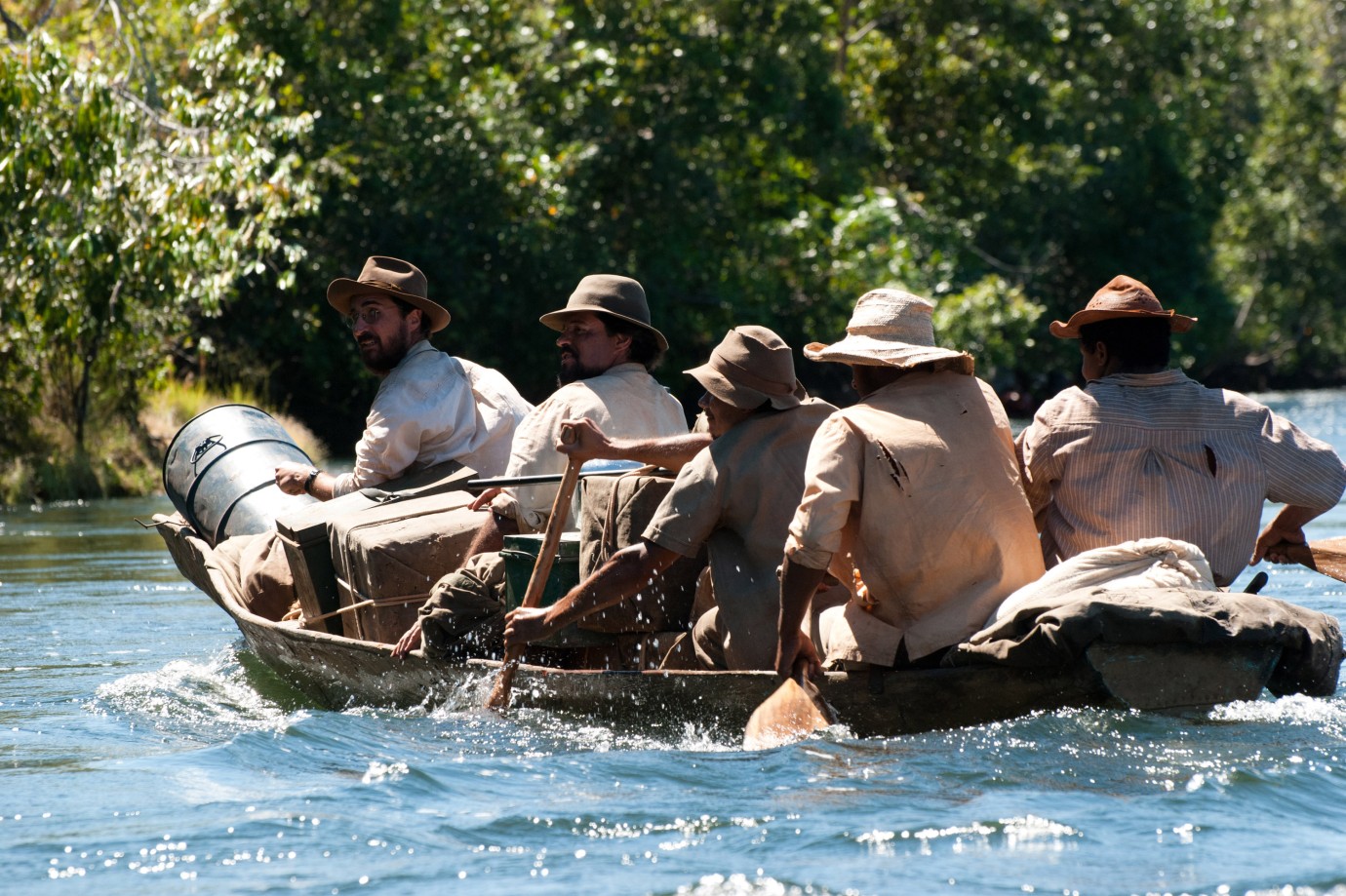
Joao Miguel, Felipe Camargo
Xingu by Cao Hamburger
BRA 2011, Panorama
© Beatriz Lefevre
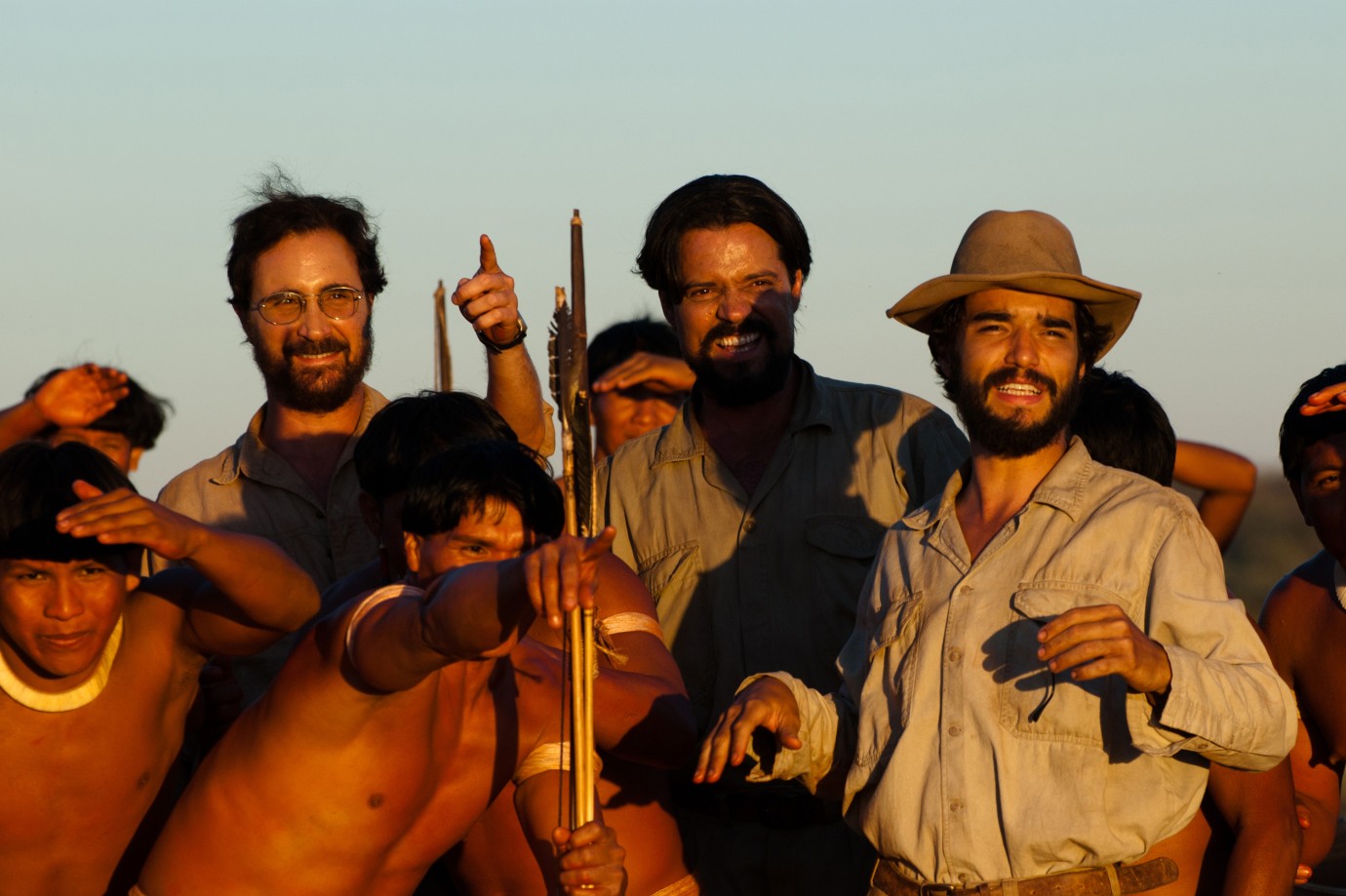
Joao Miguel, Felipe Camargo, Caio Blat
Xingu by Cao Hamburger
BRA 2011, Panorama
© Beatriz Lefevre

The Summit by Franco Fracassi, Massimo Lauria
ITA 2011, Panorama
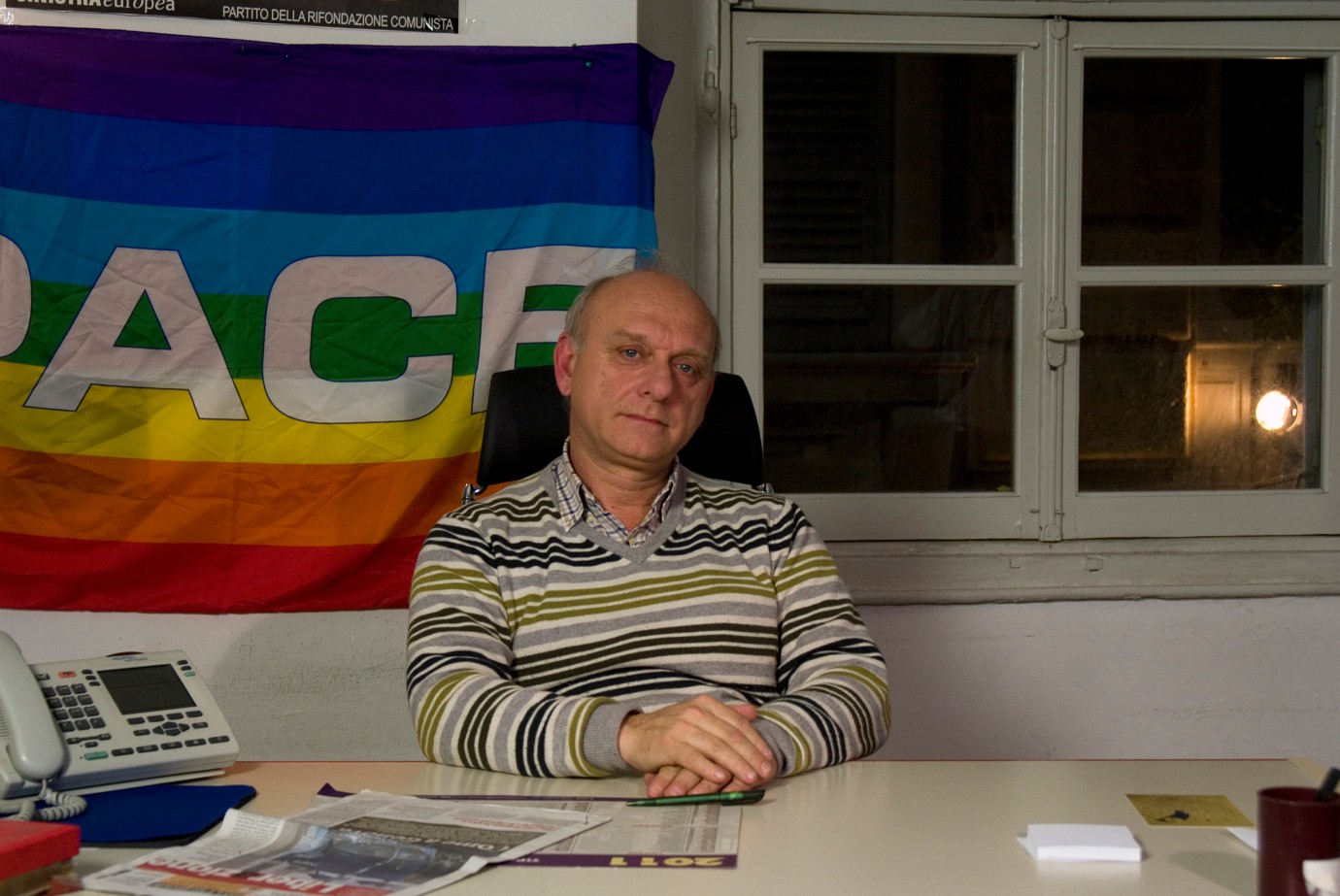
The Summit by Franco Fracassi, Massimo Lauria
ITA 2011, Panorama
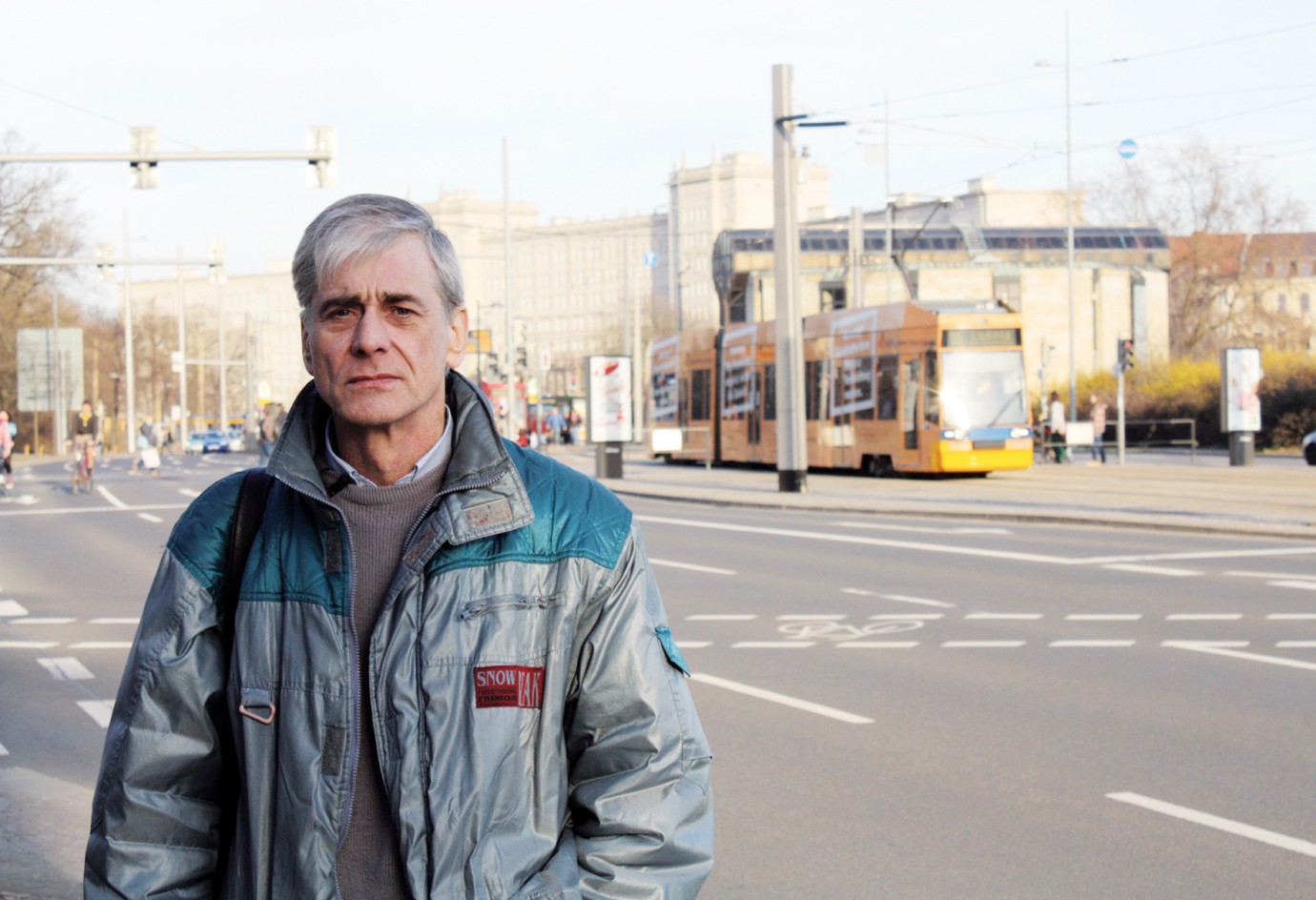
Unter Männern – Schwul in der DDR | Among Men – Gay in East Germany by Markus Stein, Ringo Rösener
DEU 2011, Panorama
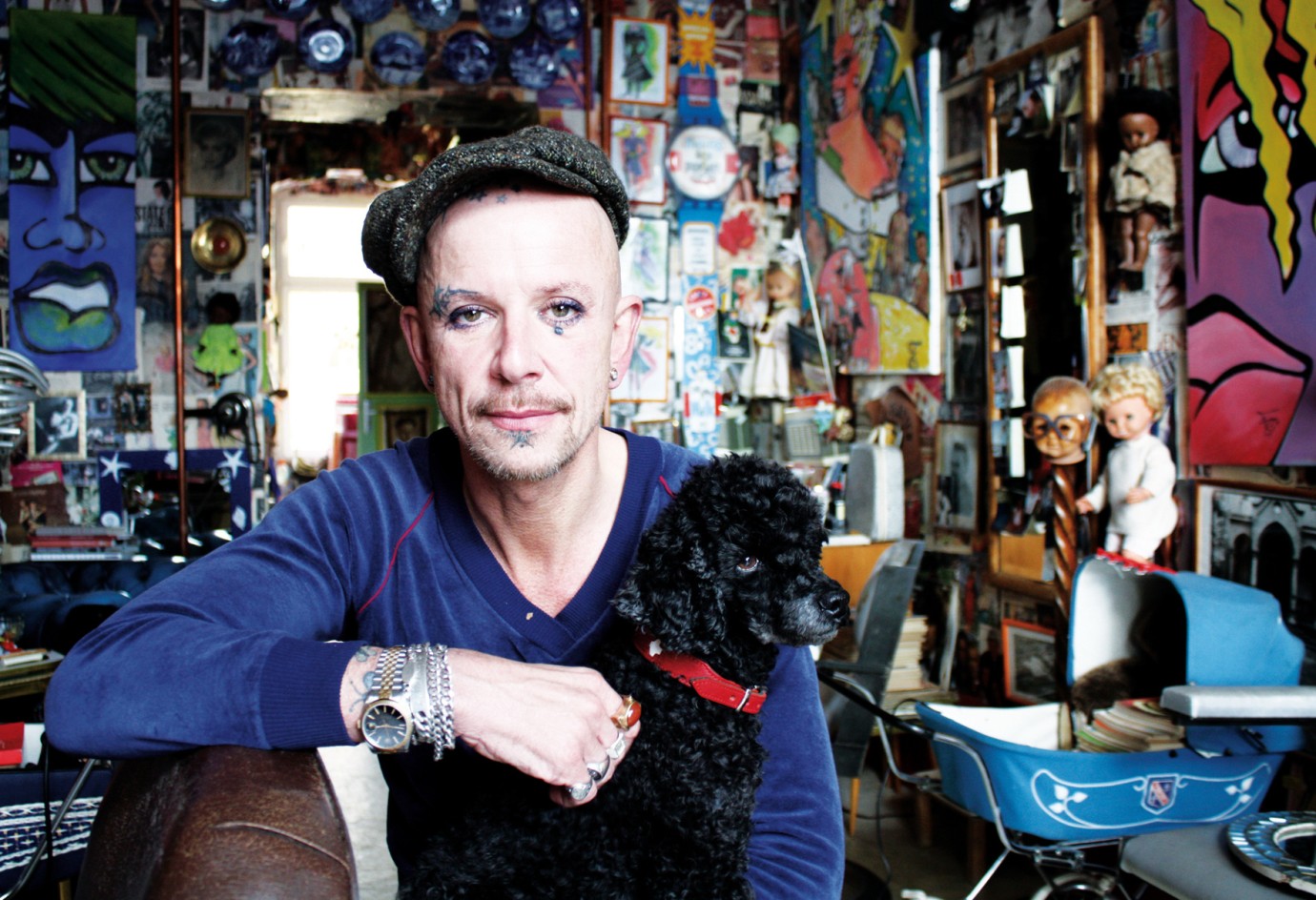
Unter Männern – Schwul in der DDR | Among Men – Gay in East Germany by Markus Stein, Ringo Rösener
DEU 2011, Panorama
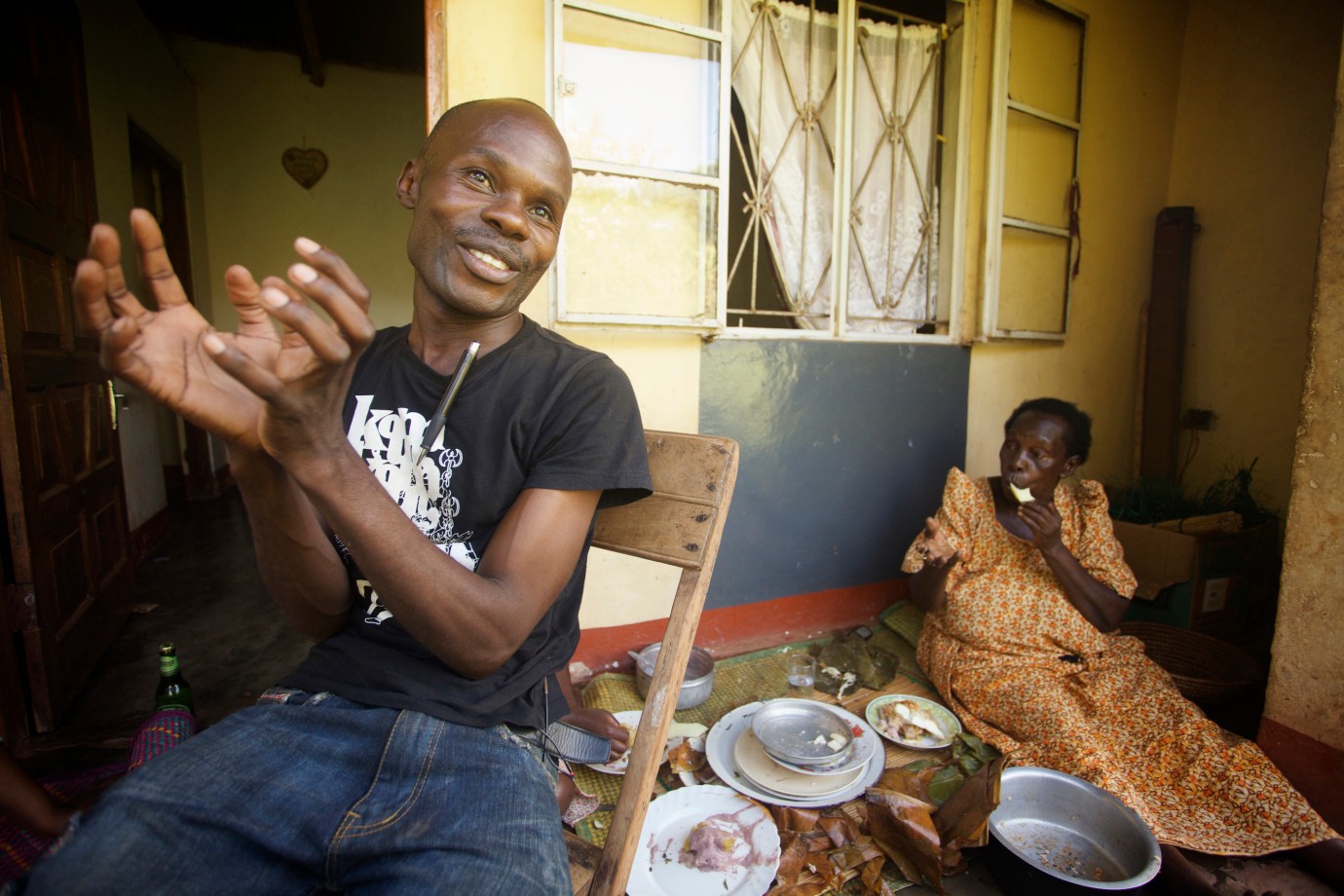
Call Me Kuchu by Malika Zouhali-Worrall, Katherine Fairfax Wright
USA 2012, Panorama
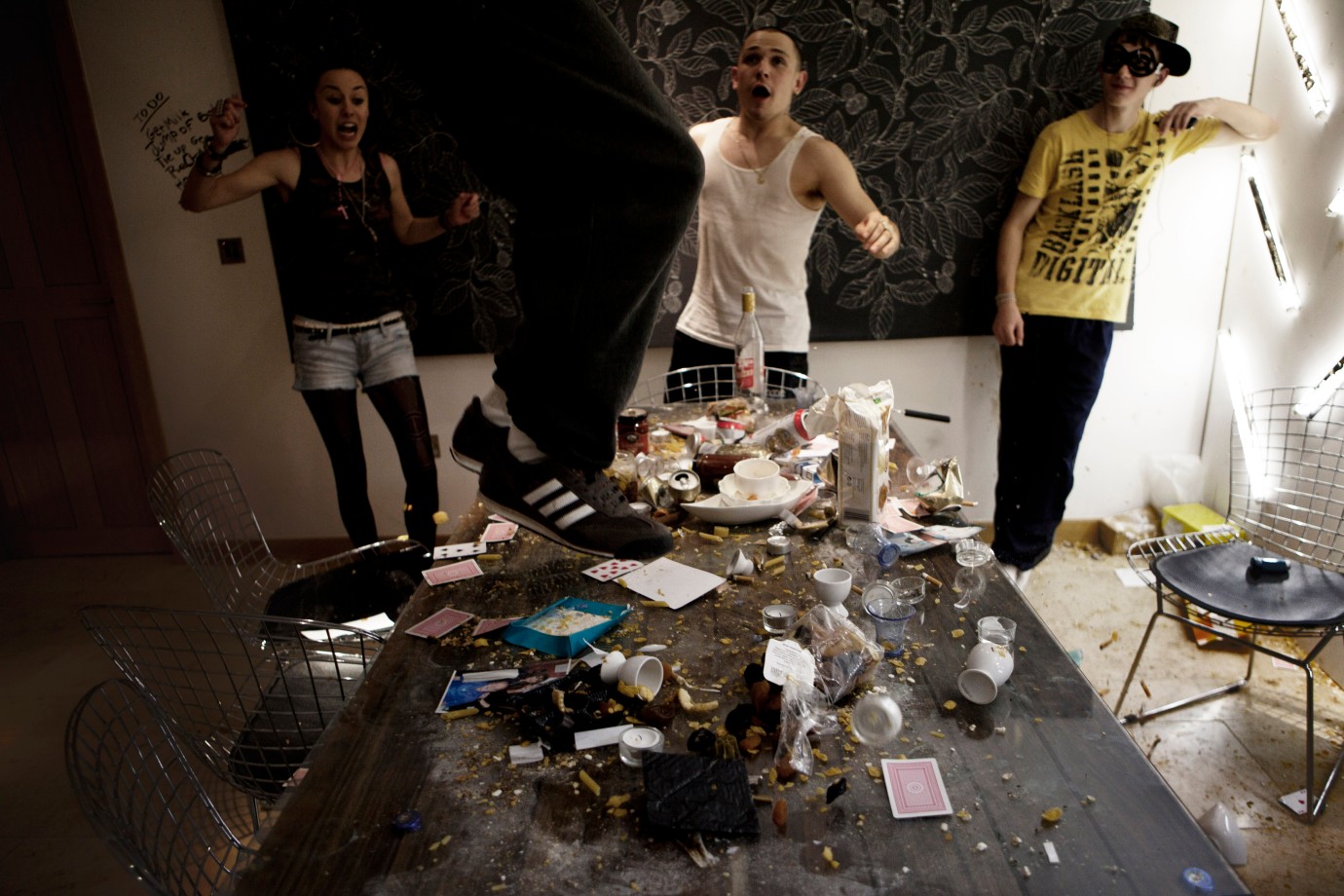
Kate Stanley Brennan, Johnny Ward, Shane Curry
Dollhouse | Das Puppenhaus by Kirsten Sheridan
IRL 2011, Panorama
© The Factory
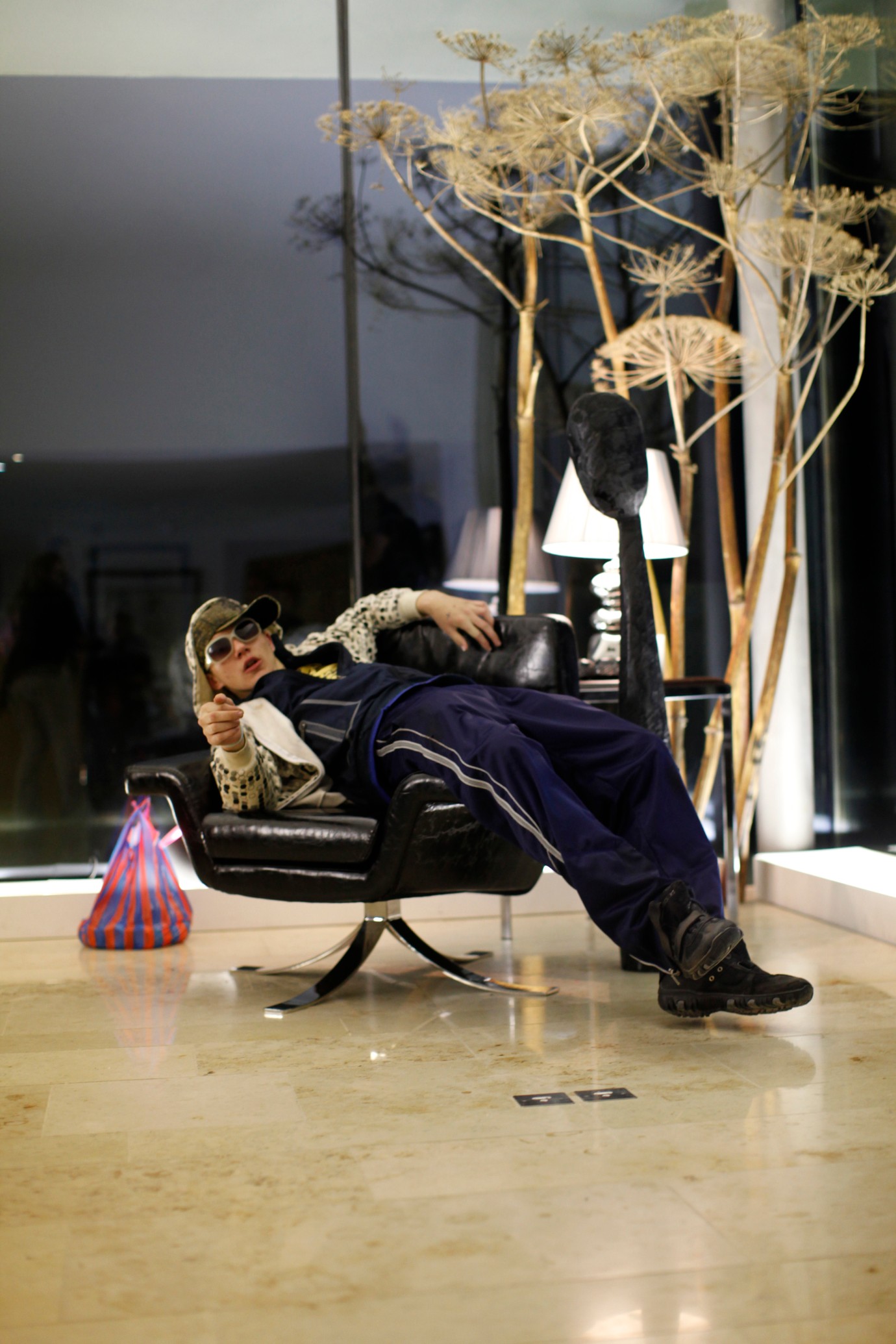
Shane Curry
Dollhouse | Das Puppenhaus by Kirsten Sheridan
IRL 2011, Panorama
© The Factory
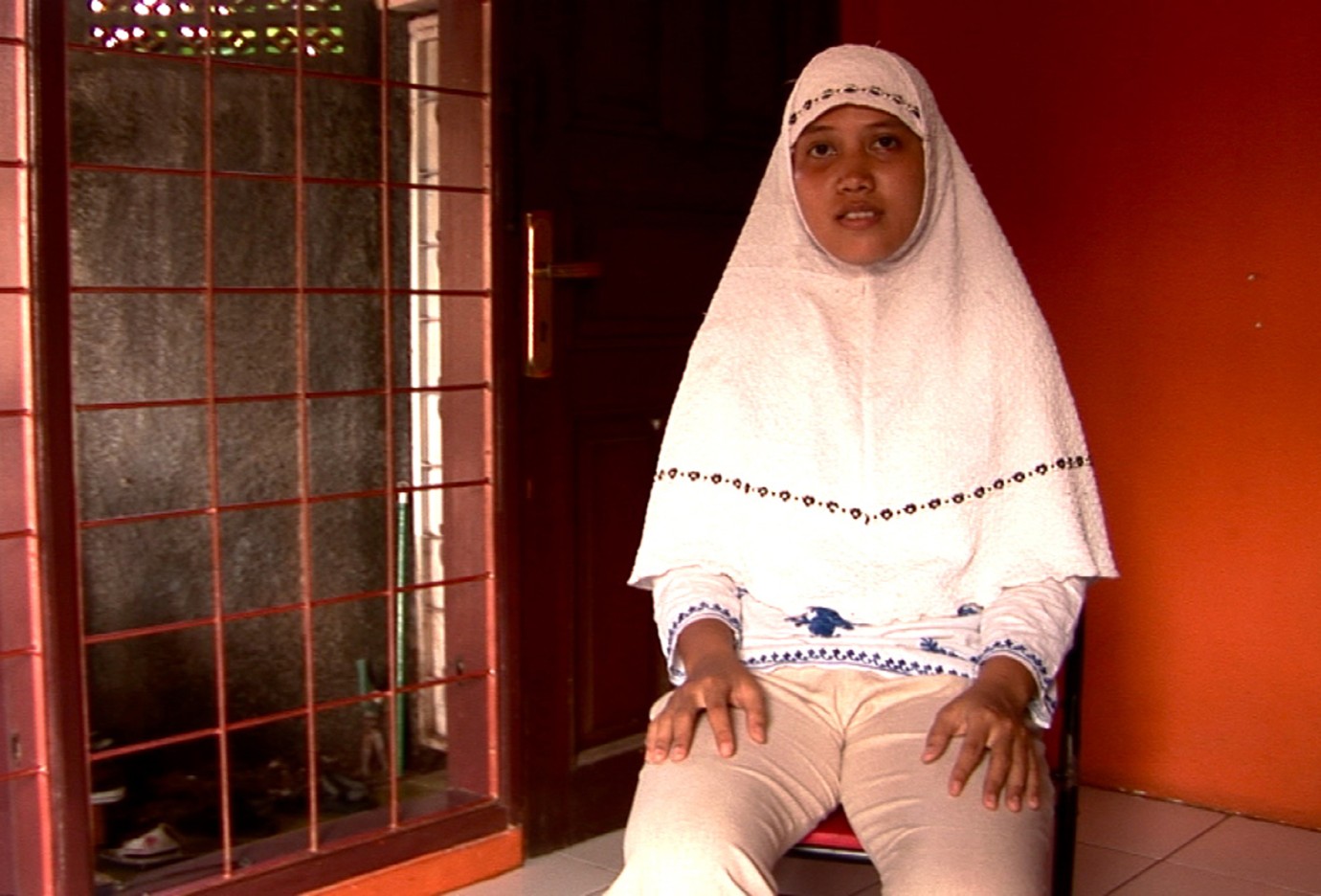
Anak-Anak Srikandi | Children of Srikandi by Children of Srikandi Collective
DEU/IDN 2012, Panorama
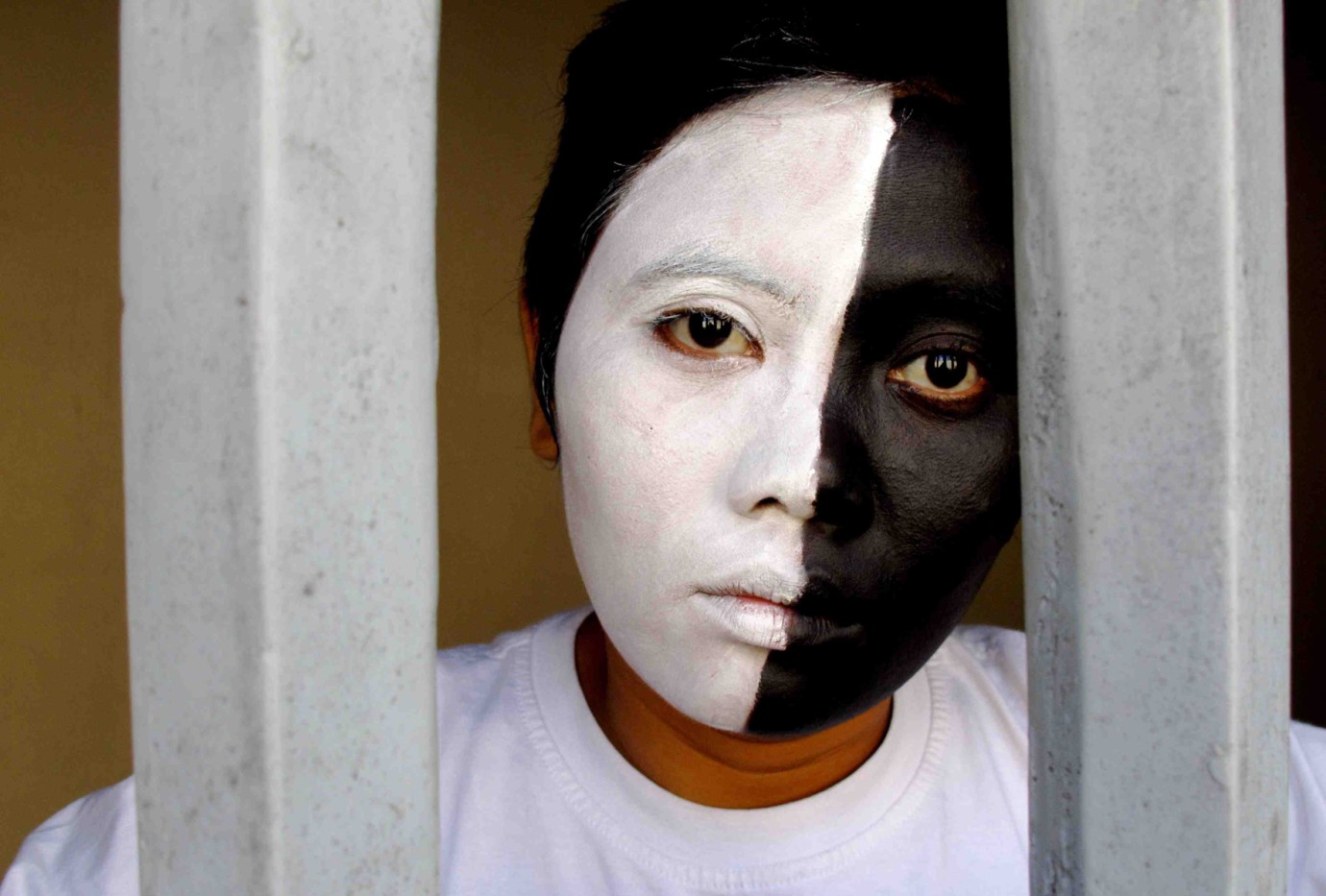
Anak-Anak Srikandi | Children of Srikandi by Children of Srikandi Collective
DEU/IDN 2012, Panorama

Herr Wichmann aus der dritten Reihe | Henryk From the Back Row by Andreas Dresen
DEU 2012, Panorama
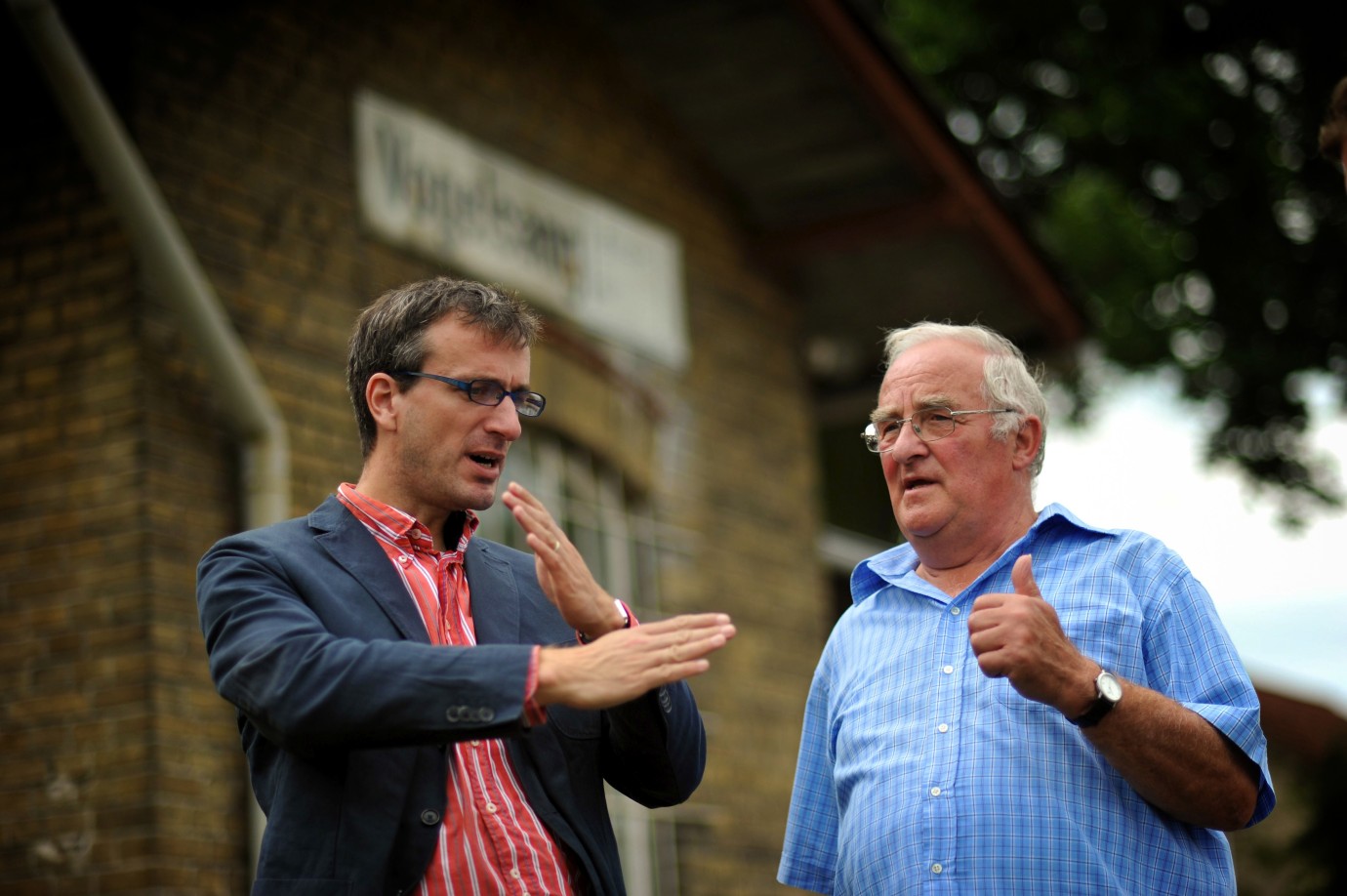
Herr Wichmann aus der dritten Reihe | Henryk From the Back Row by Andreas Dresen
DEU 2012, Panorama
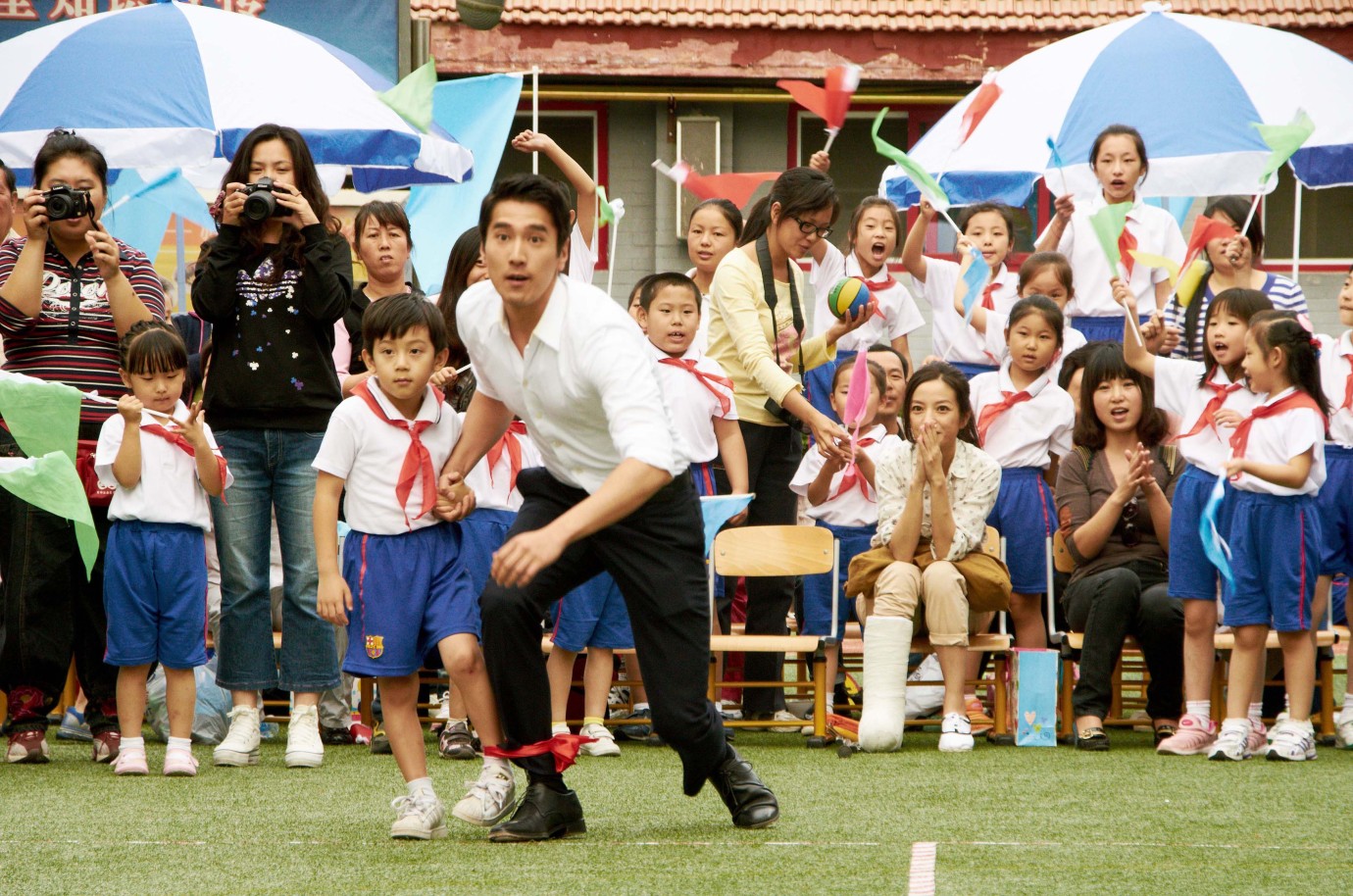
Mark Jau
Love by Doze Niu
CHN/TWN 2011, Panorama
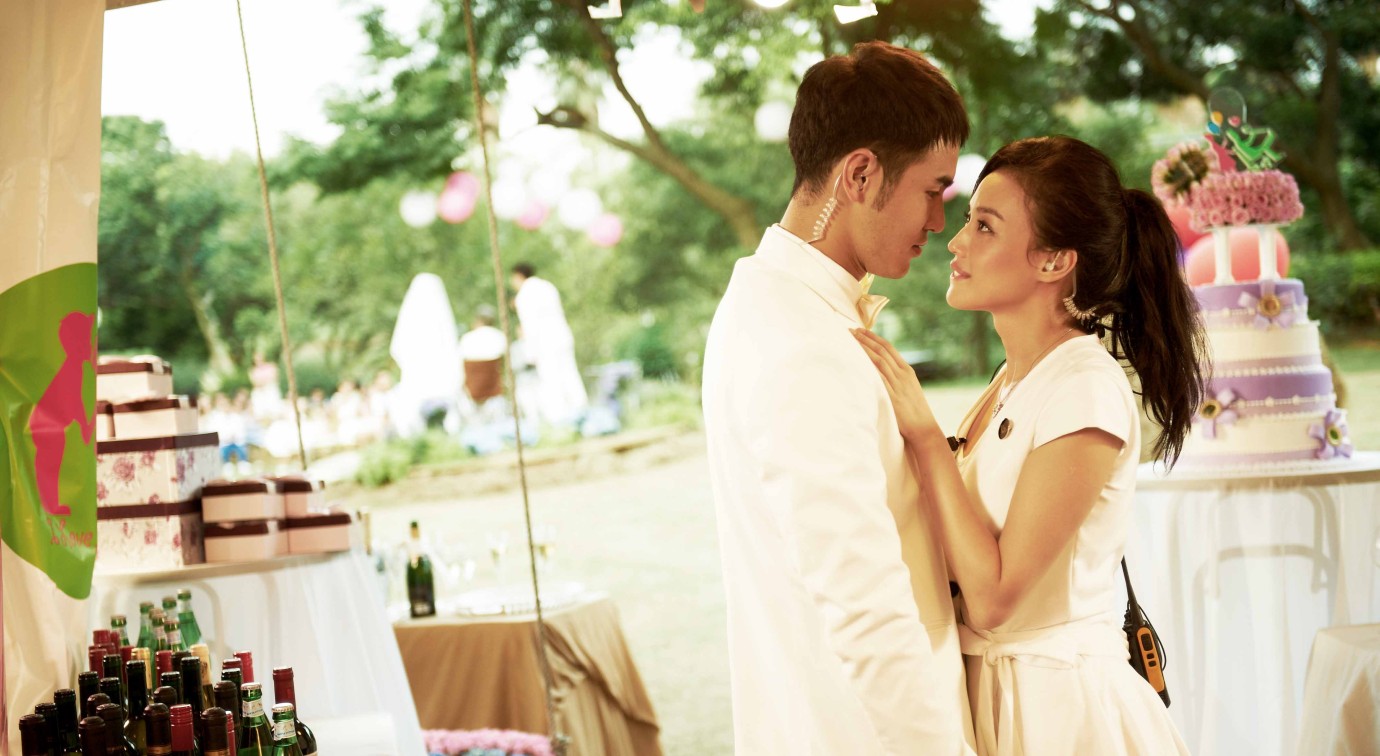
Shu Qi, Ethan Ruan
Love by Doze Niu
CHN/TWN 2011, Panorama
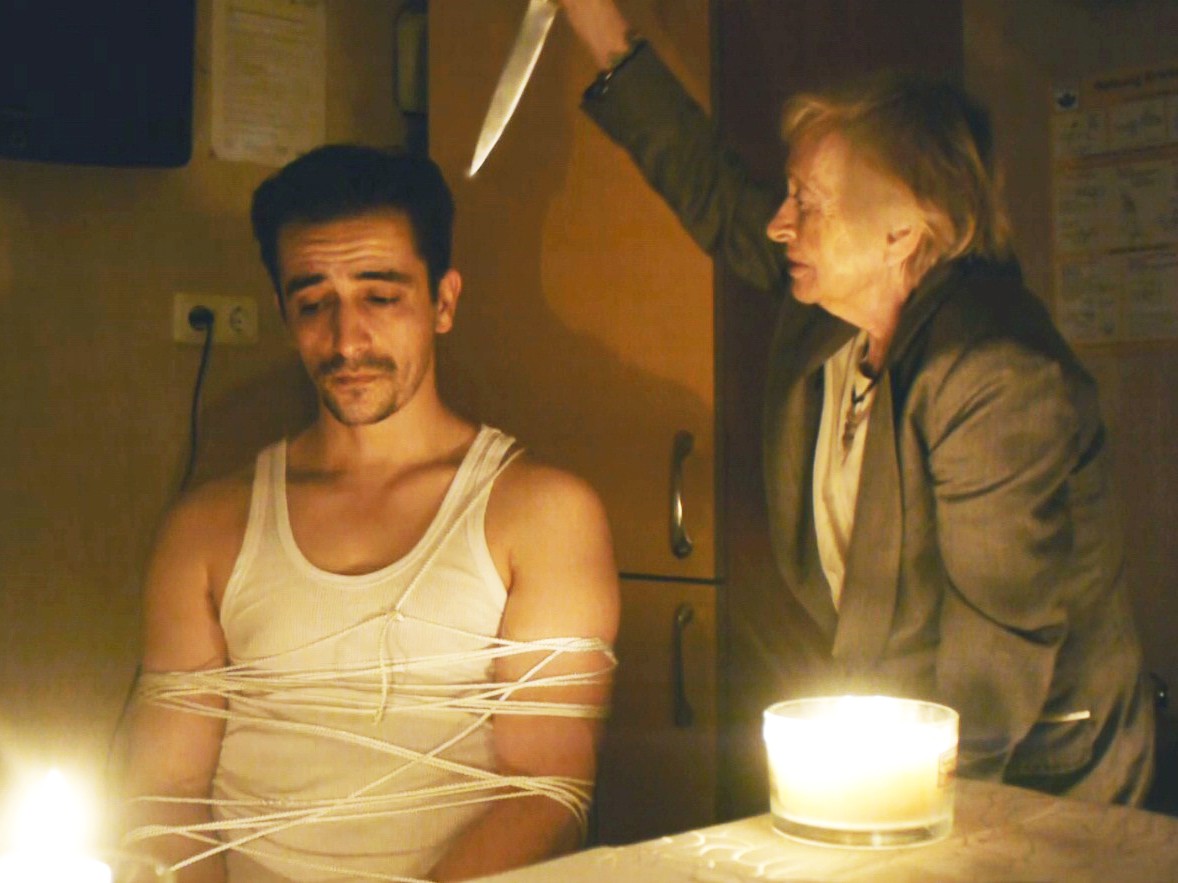
Joao M Pedrosa, Traute Furthner
GLAUBE LIEBE TOD | Believe, Love, Death | Glaube, Liebe, Tod by PETER Kern
AUT 2011, Panorama
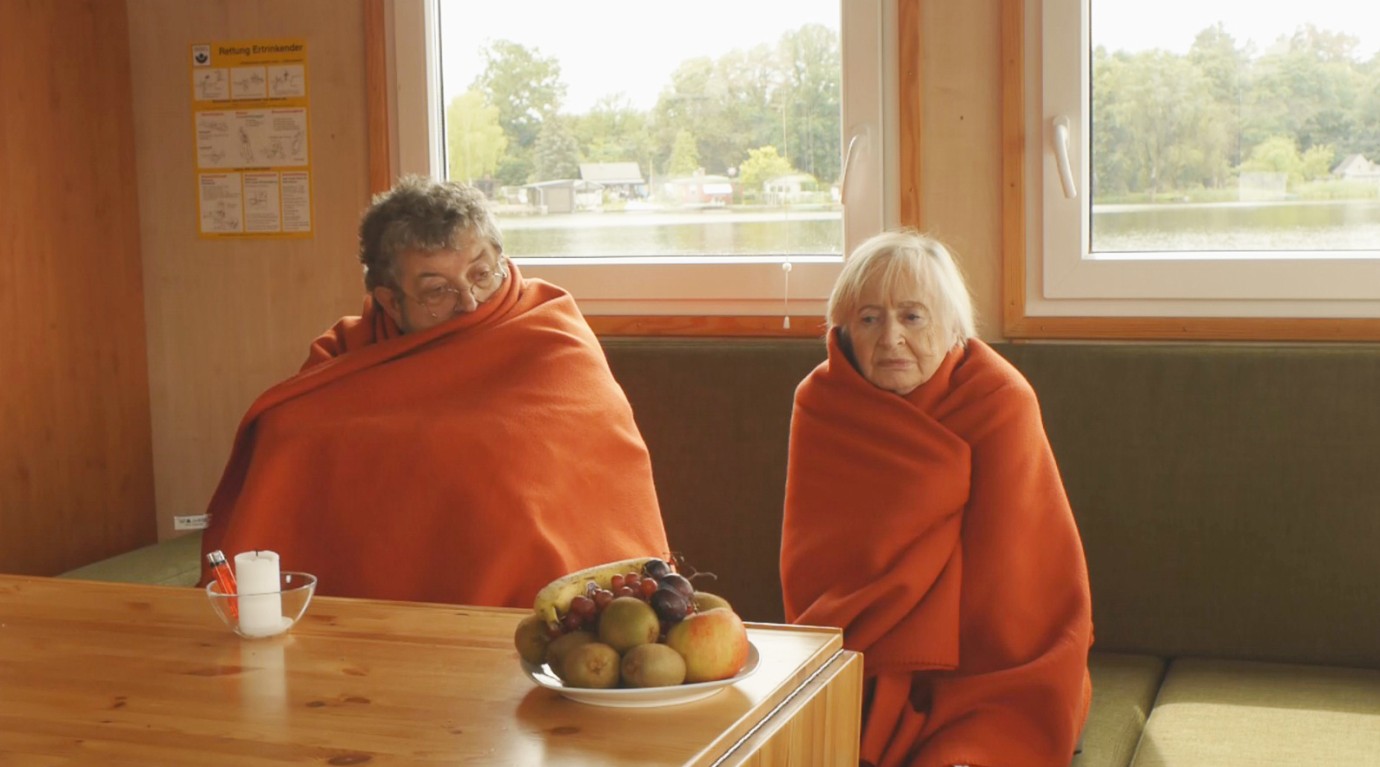
Peter Kern, Traute Furthner
GLAUBE LIEBE TOD | Believe, Love, Death | Glaube, Liebe, Tod by PETER Kern
AUT 2011, Panorama
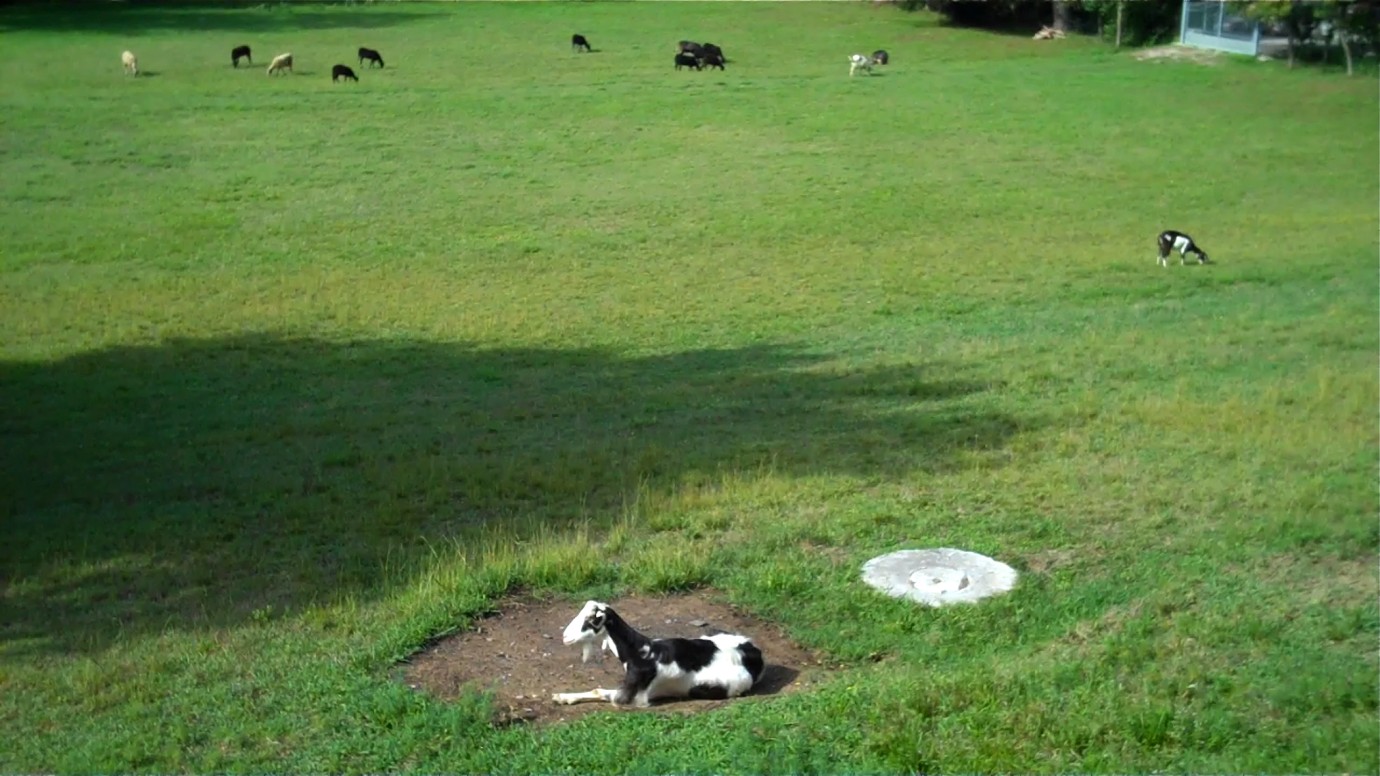
Angriff auf die Demokratie - Eine Intervention | Democracy Under Attack - An Intervention by Romuald Karmakar
DEU 2011, Panorama
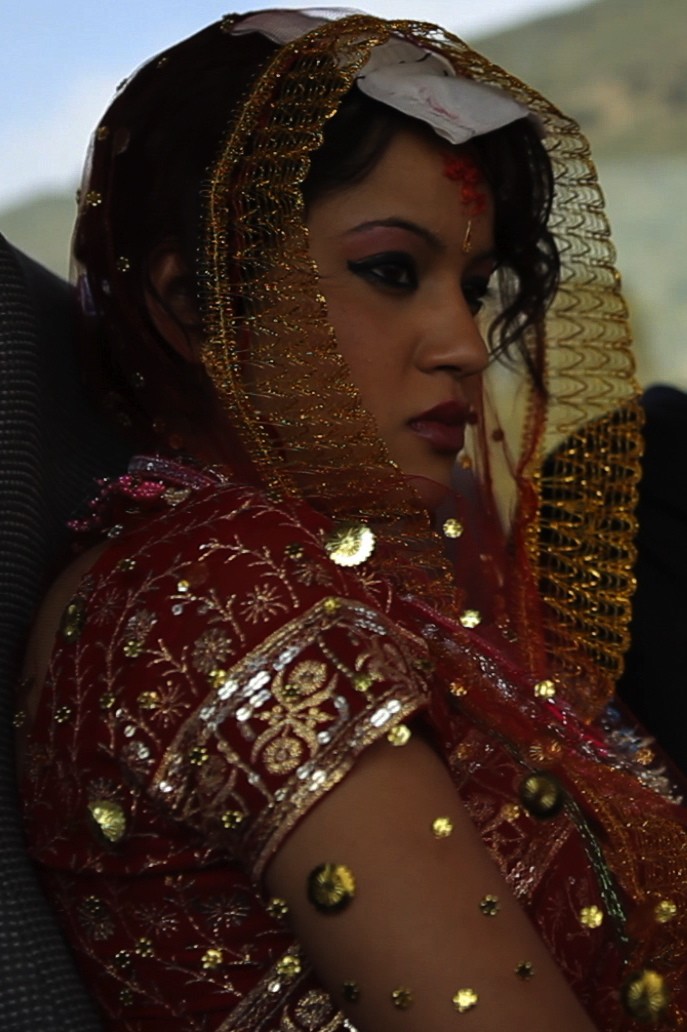
Shristi Ghimire
HIGHWAY by Deepak Rauniyar
NPL/USA 2011, Panorama
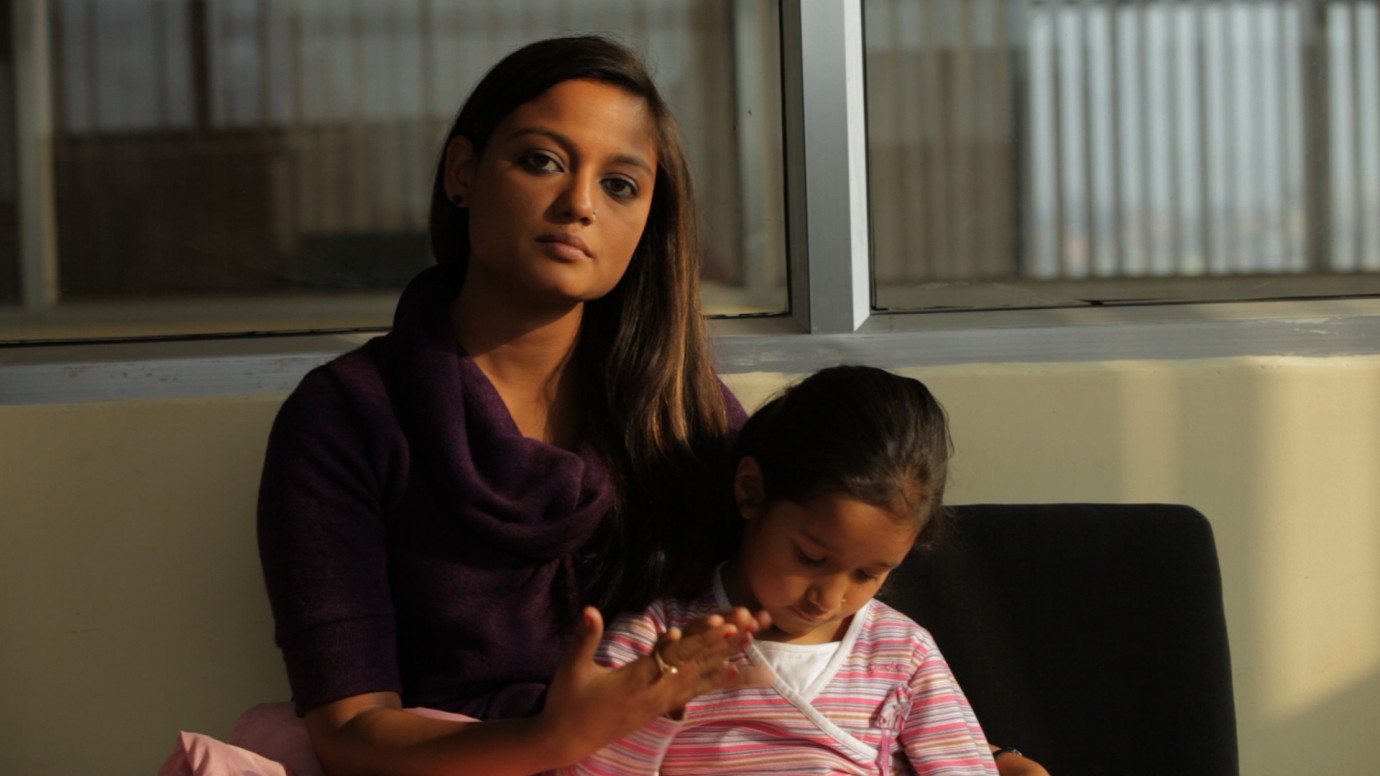
Reecha Sharma, Vidhi Chhetri
HIGHWAY by Deepak Rauniyar
NPL/USA 2011, Panorama
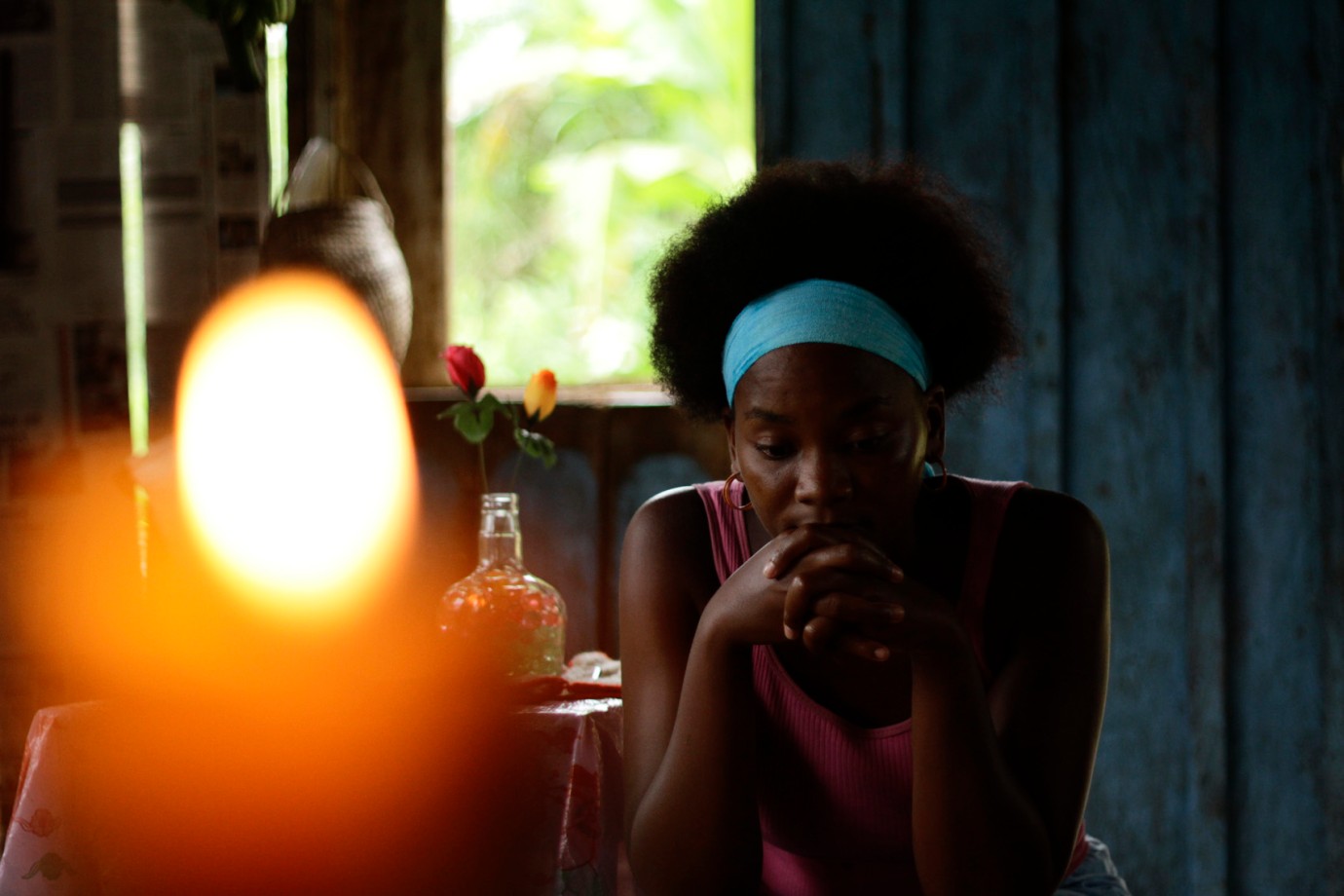
Karen Hinestroza
Chocó | Choco by Johnny Hendrix
COL 2011, Panorama
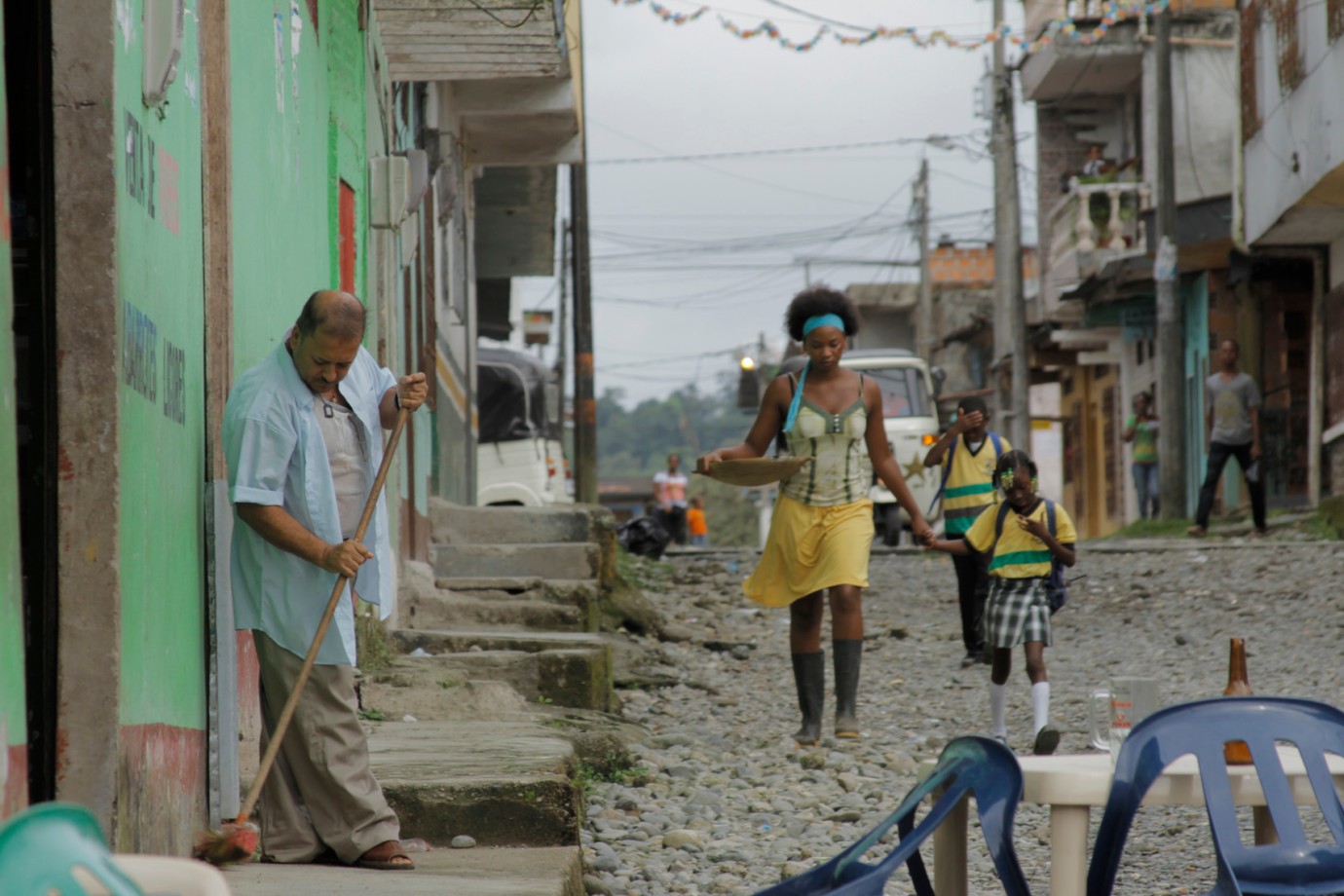
Fabio Restrepo, Karen Hinestroza, Daniela Mosquera, Sebastian Mosquera
Chocó | Choco by Johnny Hendrix
COL 2011, Panorama
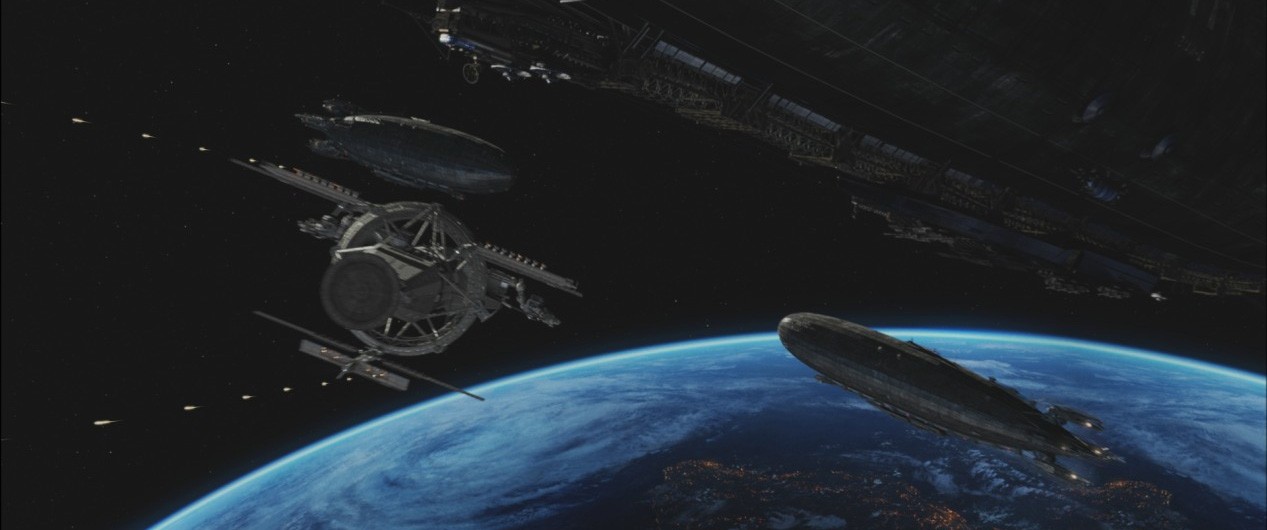
Iron Sky by Timo Vuorensola
FIN/NLD/AUS/DEU 2011, Panorama
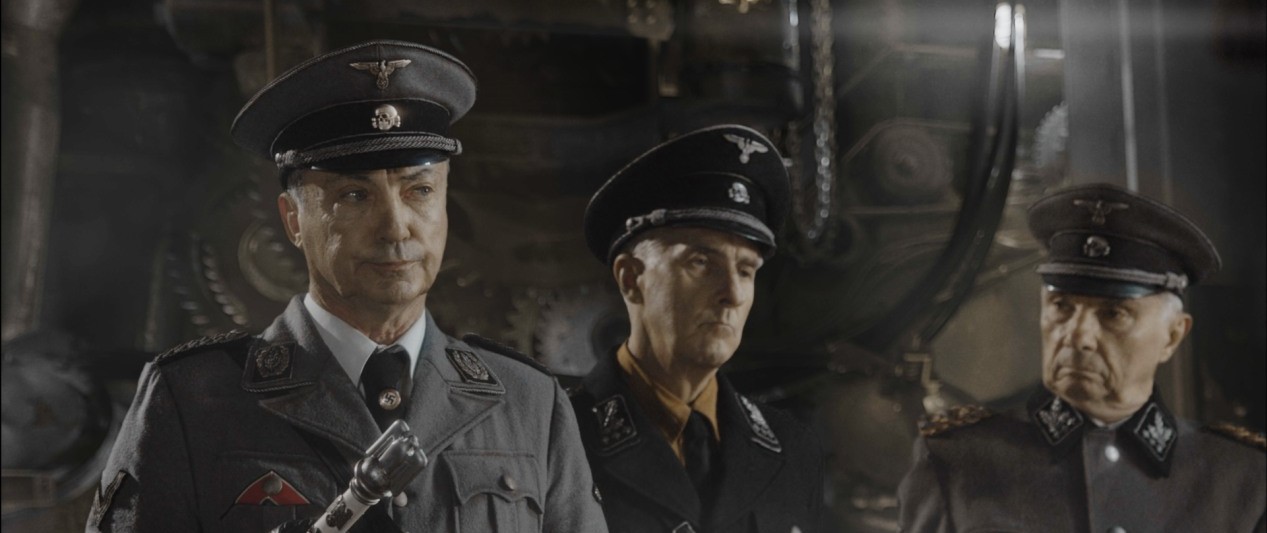
Udo Kier
Iron Sky by Timo Vuorensola
FIN/NLD/AUS/DEU 2011, Panorama
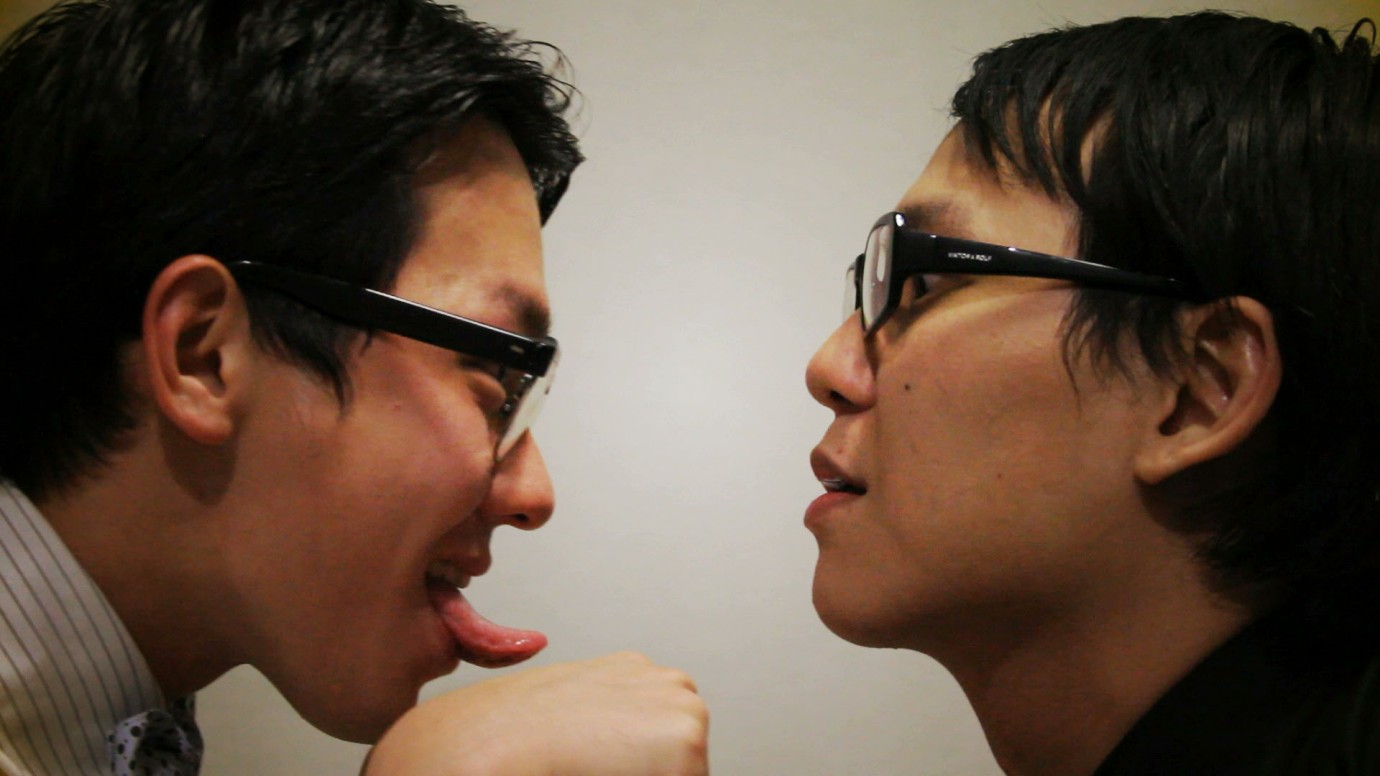
7 Deadly Kisses by Sammaria Simanjuntak
IDN 2011, Panorama
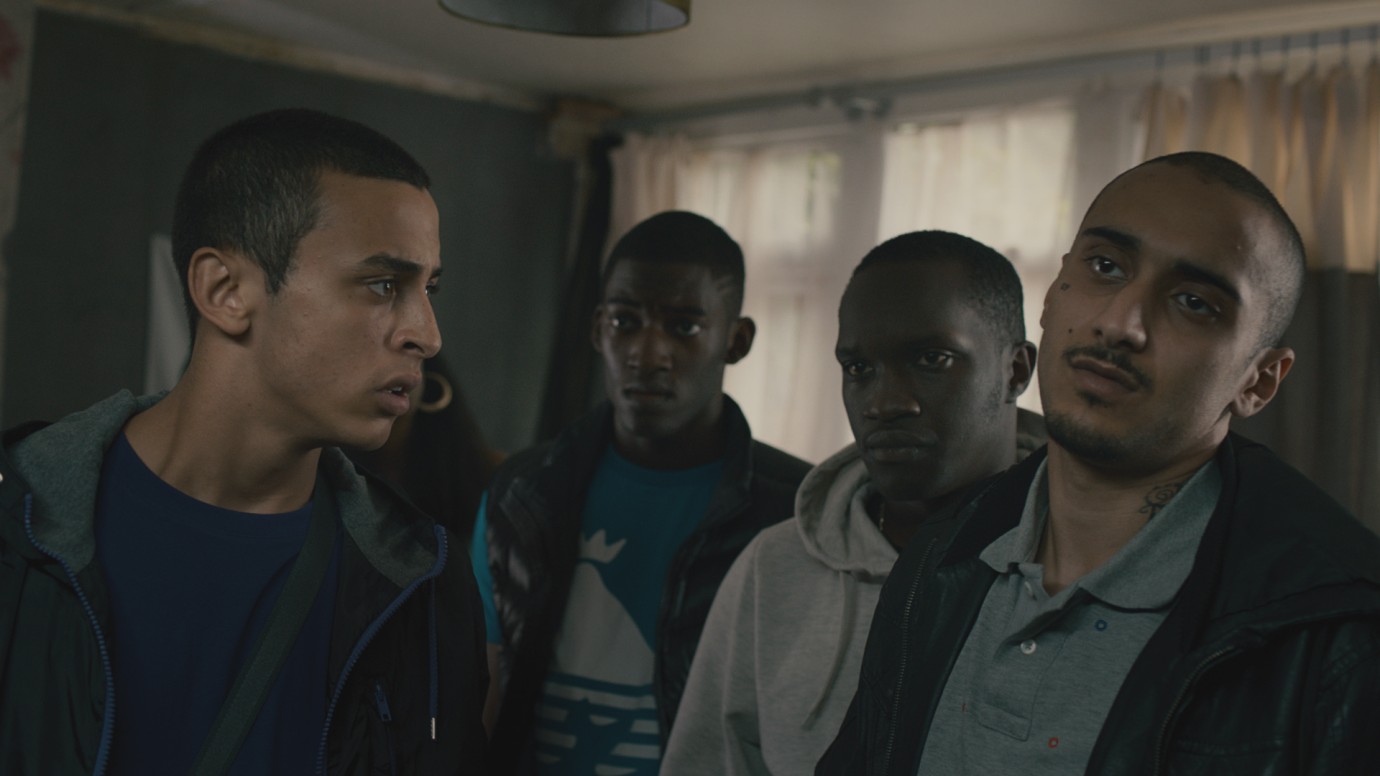
Fady Elsayed, Malachi Kirby, Arnold Oceng, Aymen Hamdouchi
My Brother The Devil | Mein Bruder Der Teufel by Sally El Hosaini
GBR 2011, Panorama
© David Raedeker
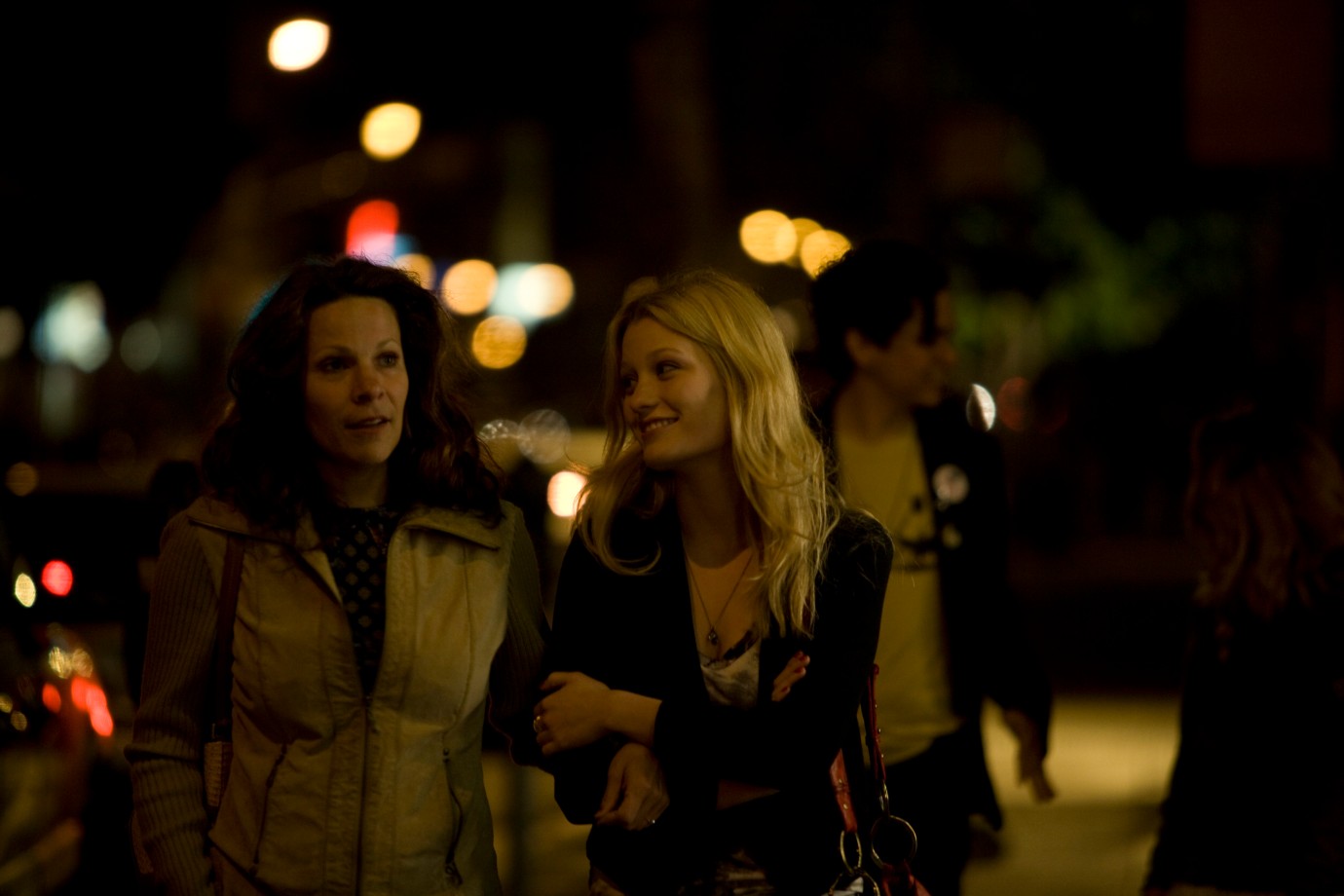
Lili Taylor, Ashley Hinshaw
Cherry by Stephen Elliott
USA 2011, Panorama
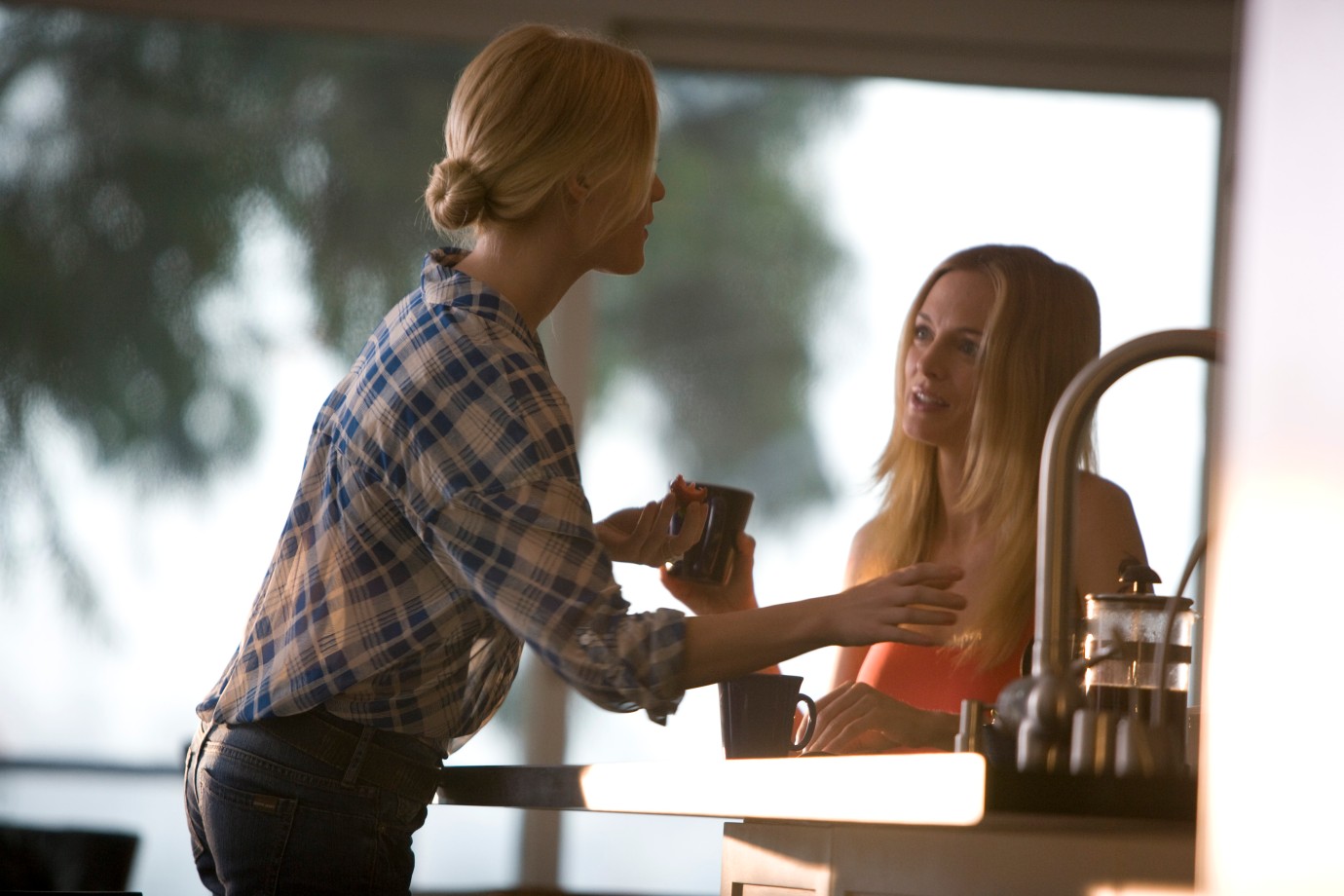
Ashley Hinshaw, Heather Graham
Cherry by Stephen Elliott
USA 2011, Panorama
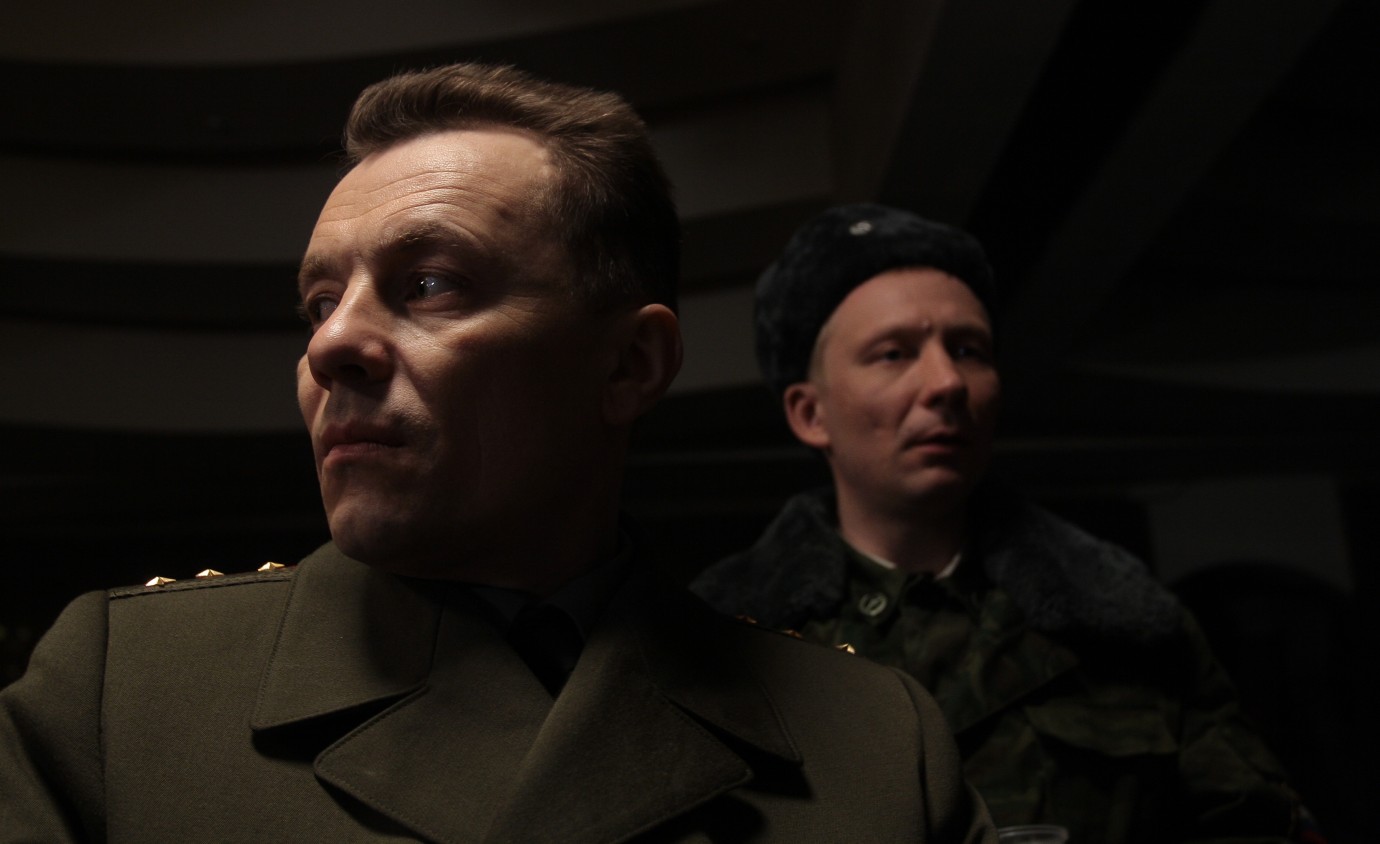
Oleg Vasilkov, Dmitriy Kulichkov
The Convoy | Die Überführung by Alexey Mizgirev
RUS 2012, Panorama
© Anna Khushvakhtova
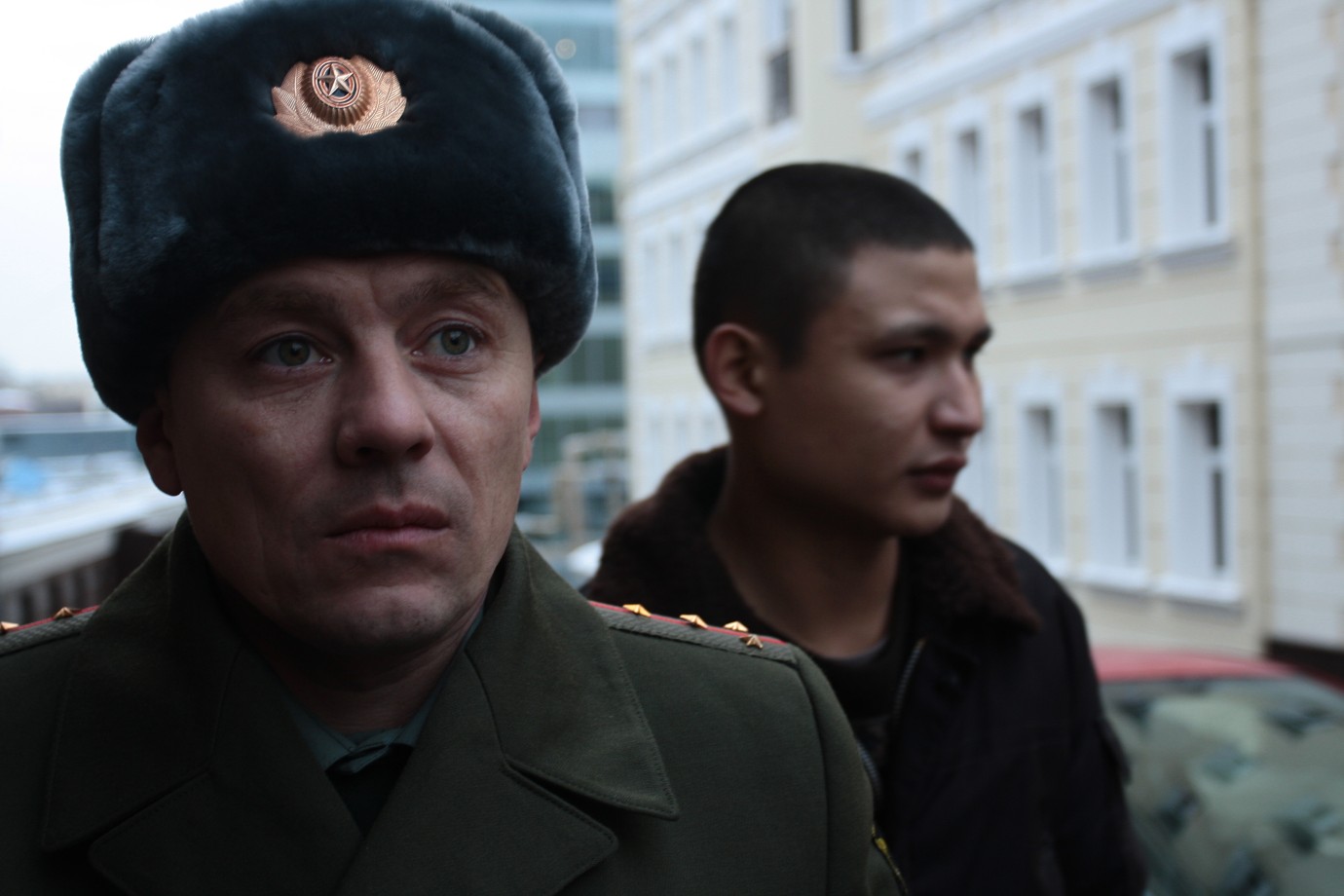
Oleg Vasilkov, Azamat Nigmanov
The Convoy | Die Überführung by Alexey Mizgirev
RUS 2012, Panorama
© Anna Khushvakhtova

Green Laser by John Greyson
CAN 2012, Panorama

ZUCHT und ORDNUNG | LAW and ORDER by Jan Soldat
DEU 2012, Panorama
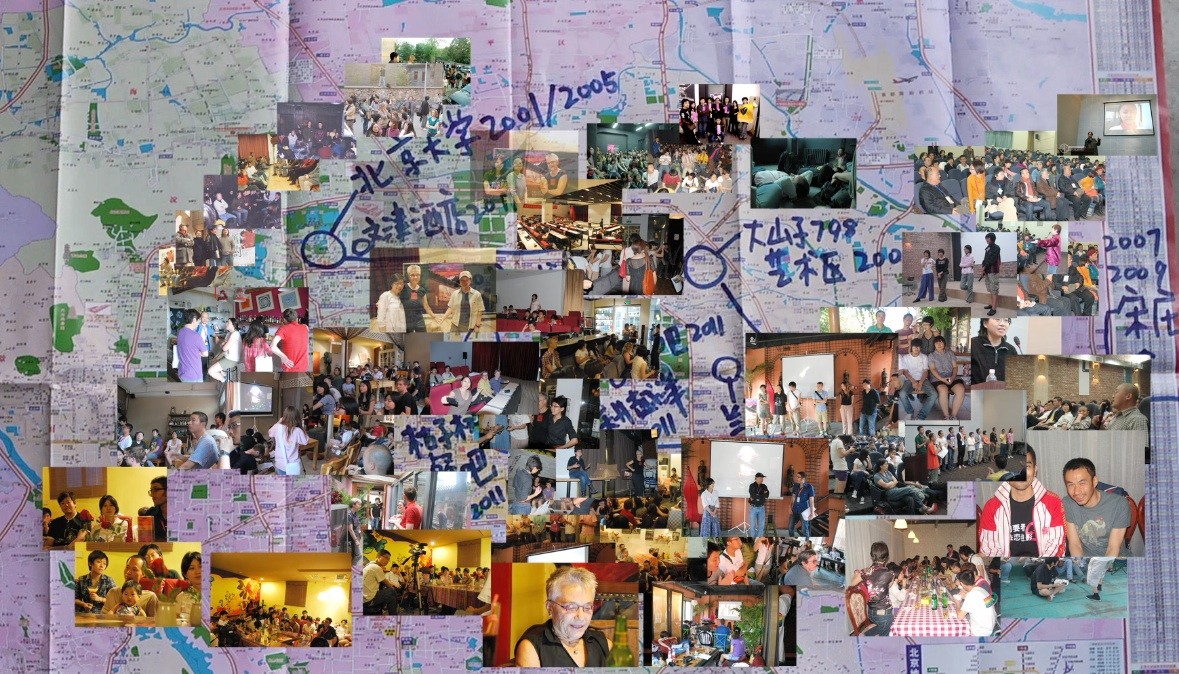
Wo men de gu shi | Our Story – 10-year guerrilla warfare of Beijing Queer Film Festival by Yang Yang
CHN 2011, Panorama
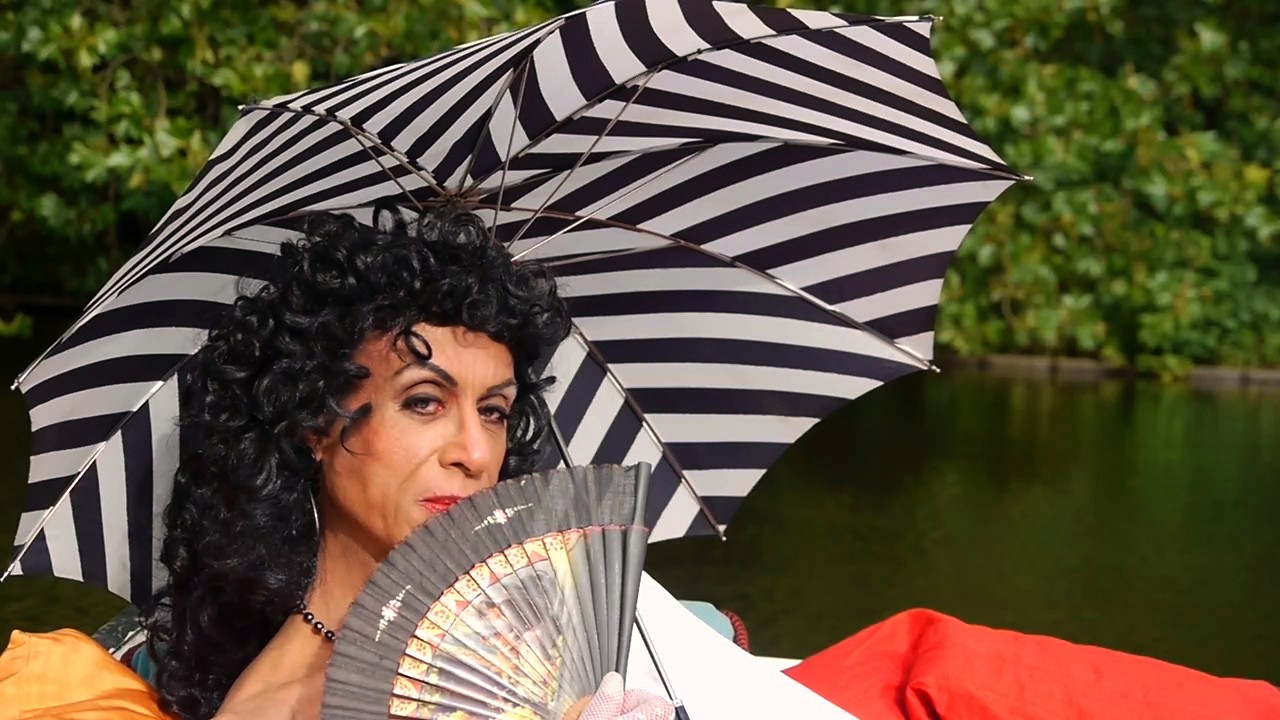
Mario Montez
A Lazy Summer Afternoon with Mario Montez by John Heys
DEU 2011, Panorama
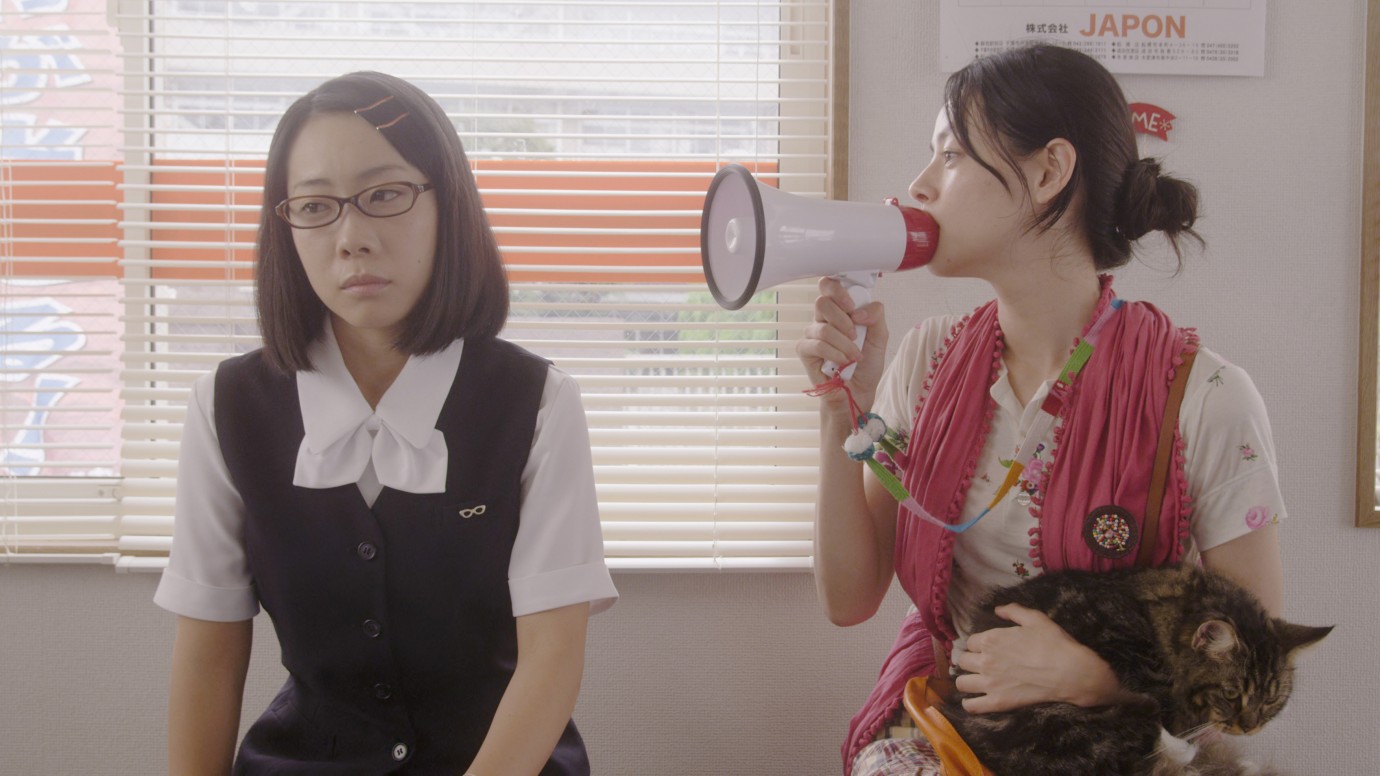
Maho Yamada, Mikako Ichikawa
Rentaneko | Rent-a-Cat by Naoko Ogigami
JPN 2011, Panorama
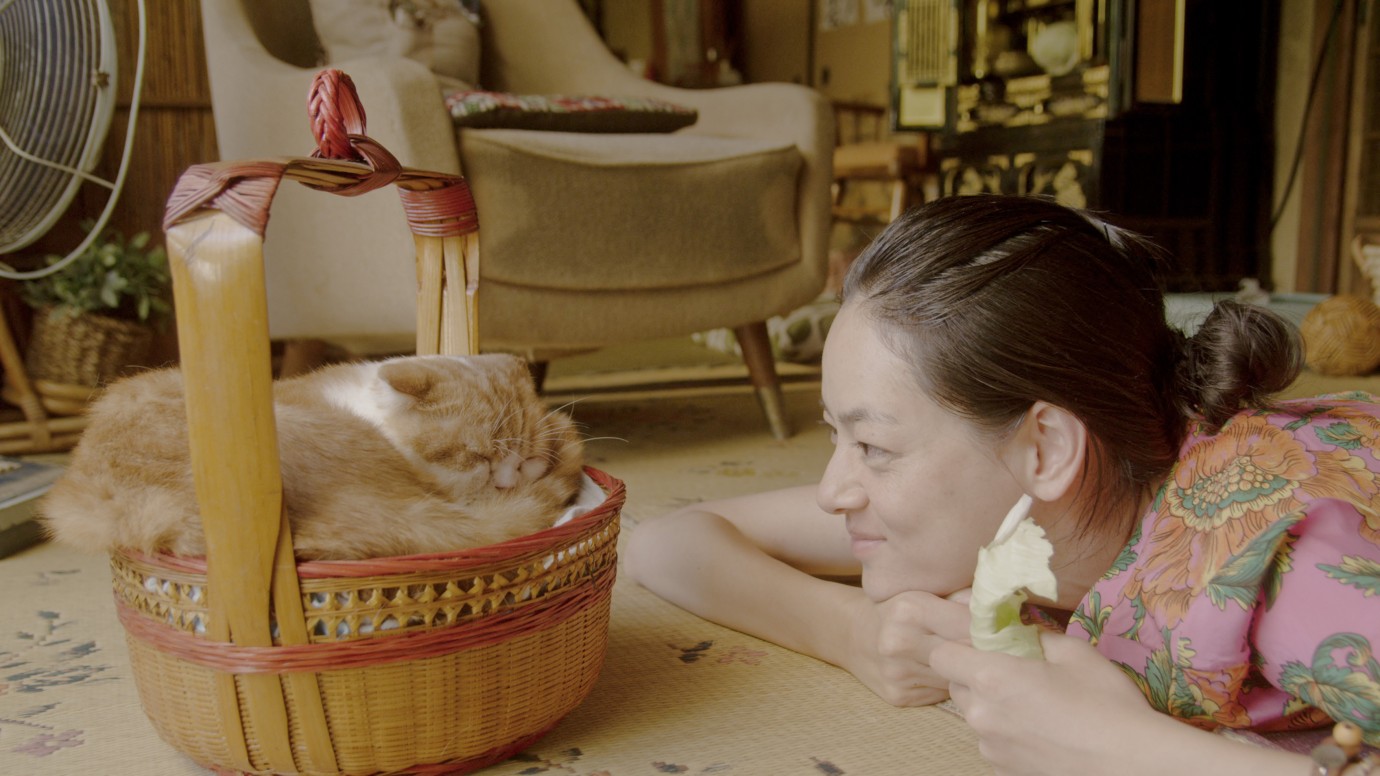
Mikako Ichikawa
Rentaneko | Rent-a-Cat by Naoko Ogigami
JPN 2011, Panorama
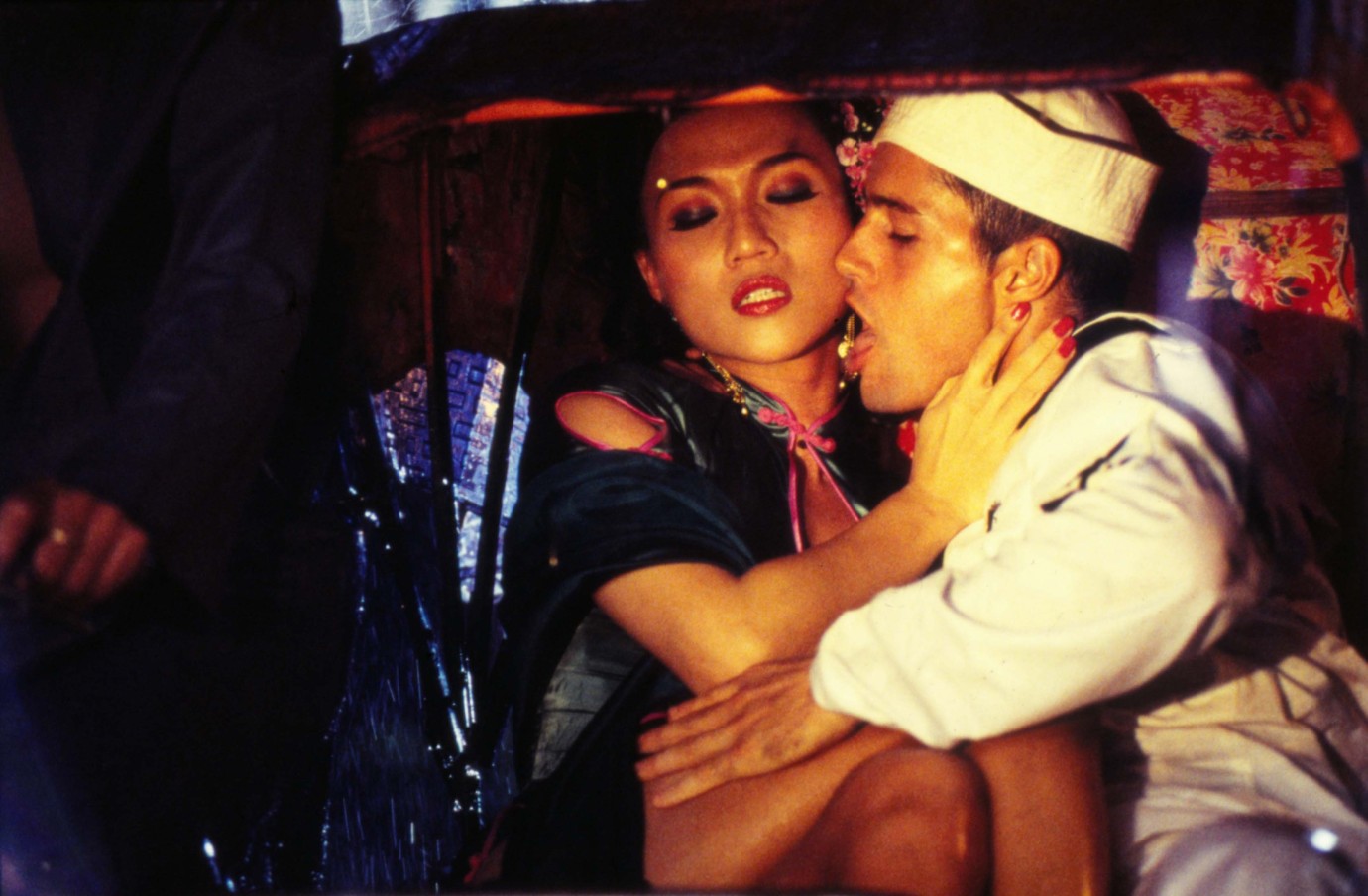
Ernest Seah, David Knight
Bugis Street Redux by Yonfan
CHN 2011, Panorama
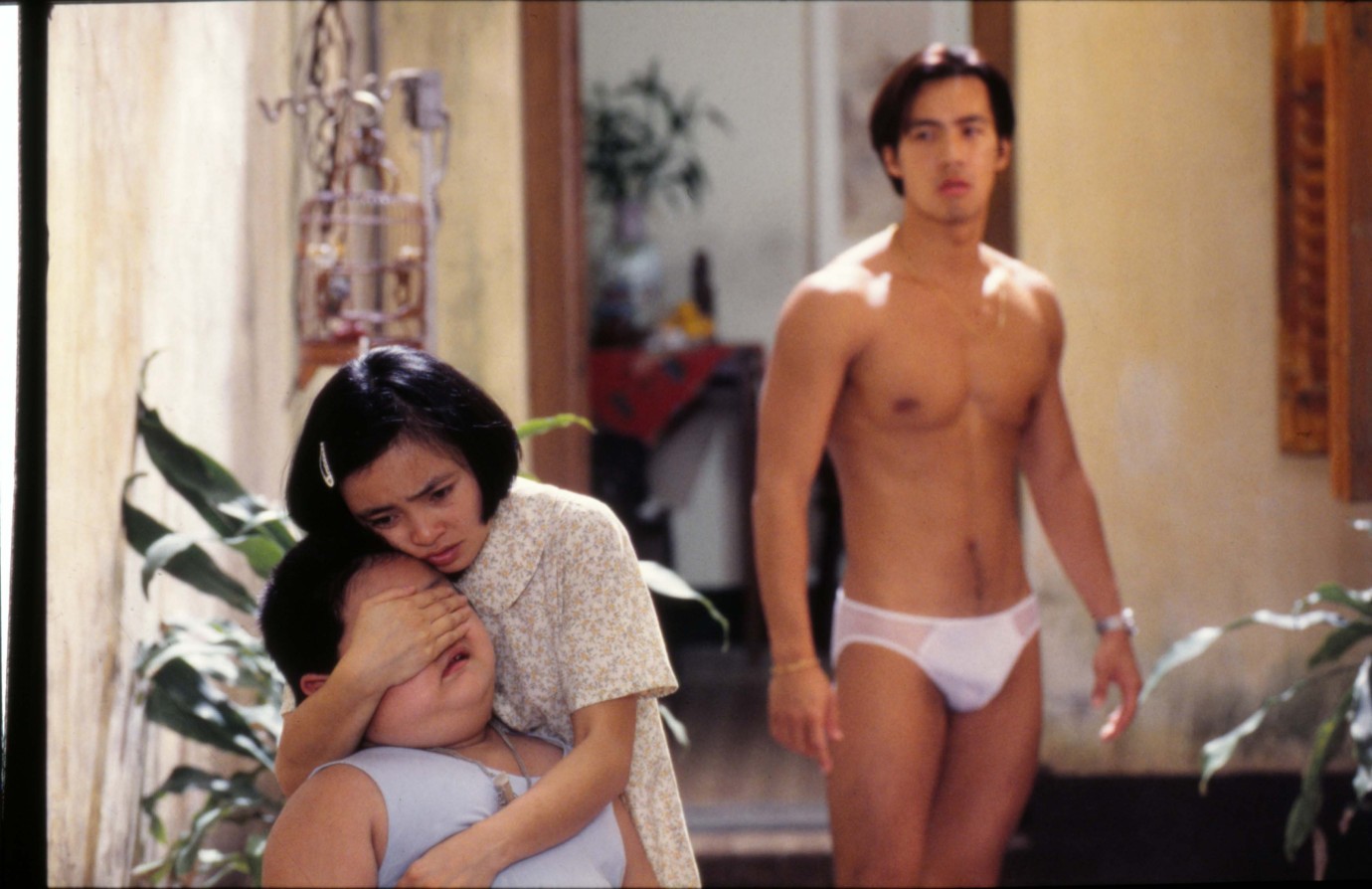
Hiep Thi Le, Michael Lam
Bugis Street Redux by Yonfan
CHN 2011, Panorama

„Blut muss fließen“ – Undercover unter Nazis | “Blood must flow” – Undercover among Nazis by Peter Ohlendorf
DEU, Panorama
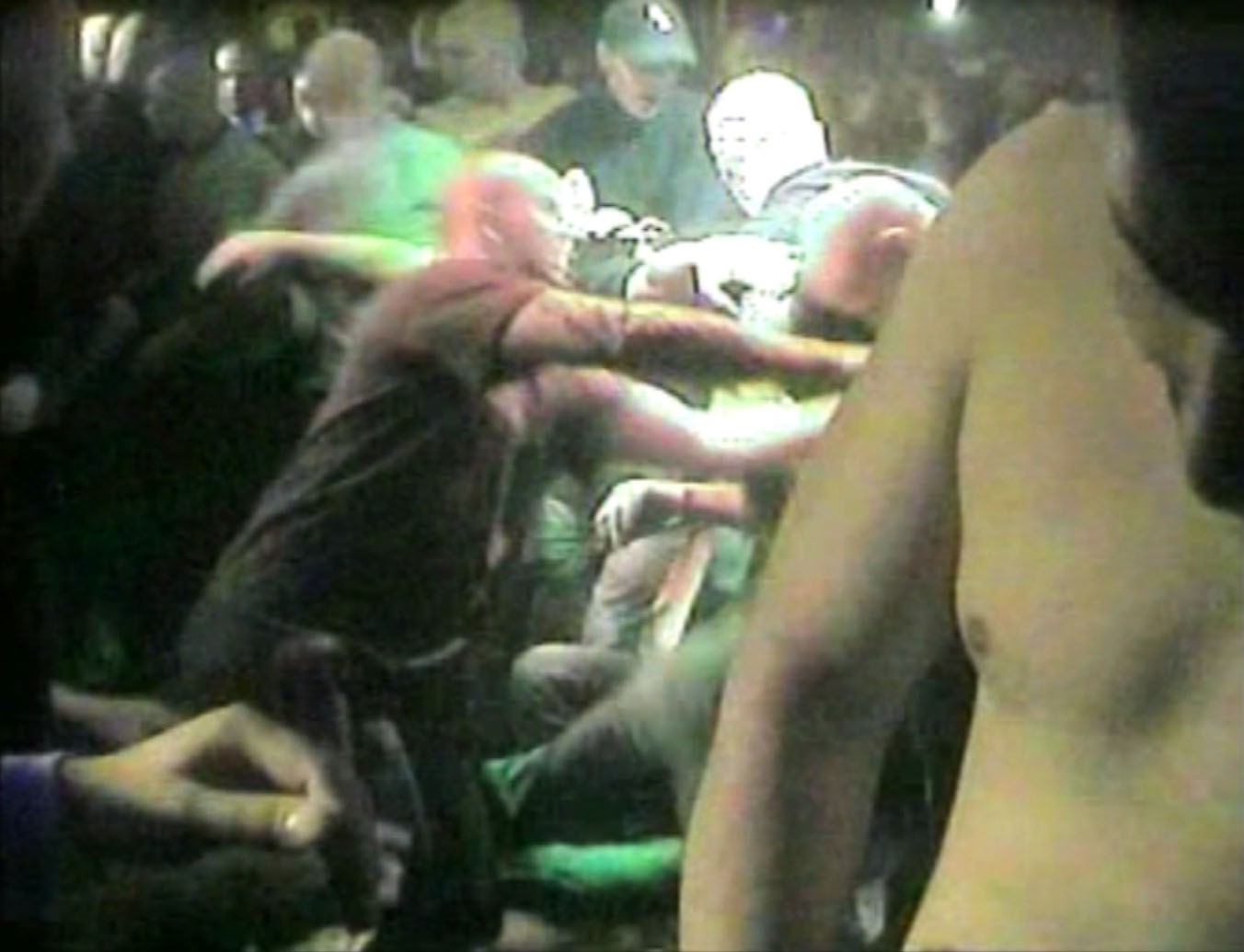
„Blut muss fließen“ – Undercover unter Nazis | “Blood must flow” – Undercover among Nazis by Peter Ohlendorf
DEU, Panorama
The Panorama is one of the most diverse Berlinale sections. Can you talk about its profile?
The Panorama is an audience-focused section with a certain popularity. We give out the festival’s only audience award, which well over 20,000 people vote on. With a concentration on independent cinema, 30 years ago we bridged the gap between the very intellectual Forum and the glamorous Competition. Today we have this reputation and it still holds true. American independent films, in particular, were a pillar of the programme for a long time. Today, it’s different. The thematic and geographic emphasis shifts according to what’s happening in the world. This year it’s the Arab Spring. We’re showing several feature and documentary films from the region, about the region and also directly about those events.
A further feature of the Panorama is queer cinema. The TEDDY queer film award was born here and we run the Queer Academy as a platform and as a place to preserve queer memory. Several enlightening documentaries in this year’s programme fit with this concept.
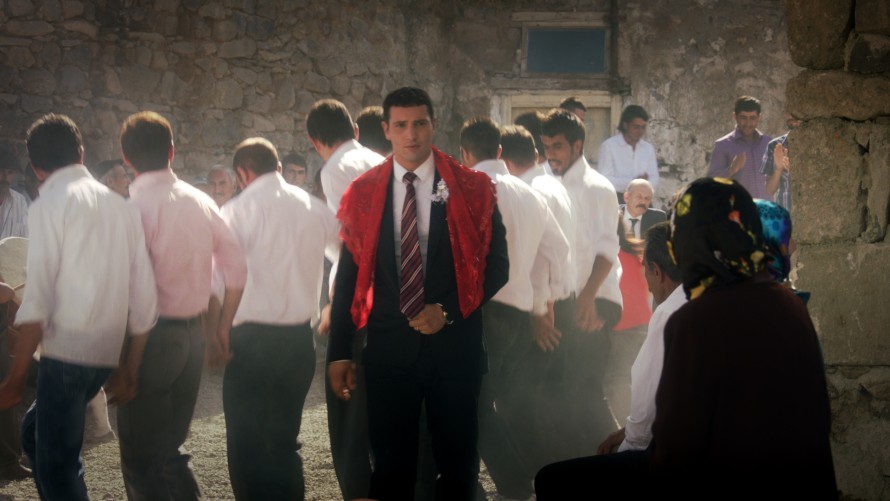
Murathan Muslu in KUMA, D: Umut Dag, AUT 2011
The Arab world and the Middle East
You have already mentioned that one of this year’s focal points is the Arab Spring. In 2009, you made the observation that the more tense the situation become, the more films concentrate on the microcosm. Do you think that statement is true when looking at this year’s programme?
For the opening film of the main programme, which is traditionally shown on the Thursday parallel to the Competition, I always pick a film that somehow reflects the Panorama programme as a whole. This year it’s KUMA, the debut film of Umut Dag, an Austrian with Kurdish rots. The story begins with an arranged marriage in Turkey. The extended family into which the bride has married lives in Austria: father, mother, three children, cousins. As soon as the young woman from the Turkish hinterland arrives in Vienna, it becomes clear that she was only married to the son on paper. In reality, she is the second wife of his old father. The background is the serious cancer suffered by the mother. But of course not everything goes as the mother arranged, and the father ends up dying instead of her.
This director is truly a new discovery! He has everything I could wish for from a filmmaker. He tells a story, works well with images, develops a harmonious rhythm and uses music well to support the story. It’s an example of modern, but at the same time classic, narrative cinema, which I was especially pleased about. I find that before one does other things, one has to see and understand the fundamentals of storytelling.
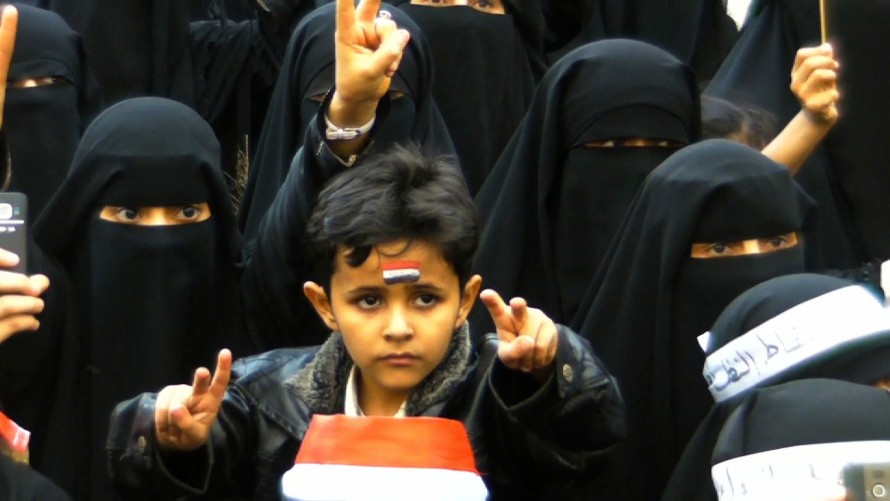
The Reluctant Revolutionary, D: Sean McAllister, GBR 2011
The opening film of Panorama Dokumente makes for a strong, political start. By political I mean that it sparks further debate. When I watched The Reluctant Revolutionary, I couldn’t believe my luck, because it presents images from the burning revolution in Yemen, unlike anything we’d seen on television.
Sean McAllister shows us the collapse of tourism in Yemen. The last tourist is an English journalist, who finds himself in an especially precarious situation because of his profession. His tourist guide Kais is totally apolitical, purely a businessman. At first, he is very skeptical about the uprising. As a tour guide he feels responsible for his guest, also when he shows more and more interest in the uprising. As the film progresses, Kais becomes increasingly politicized and sensitized to standing up for ones ideas. An unbelievable story, very elegantly told. We’ve already seen this merging of feature and documentary films in terms of narrative flow in past years. I positioned The Reluctant Revolutionary at the beginning of the “Arab Spring” themed series of films. It introduces the subject matter, which will continue throughout the entire festival, ending in a panel discussion in the Haus der Berliner Festspiele. Javier Bardem will present Hijos de las nubes, La última colonia (Sons Of The Clouds, The Last Colony) there, and the directors of the Panorama documentaries Words of Witness and In the Shadow of a Man are taking part.
In Words of Witness, a young female journalist asks passersby on the streets of Cairo about the current political and societal situation. Mostly women speak out. Their stories make the revolution tangible for the viewer. In the Shadow of a Man delves deeper into the topic, because here intellectuals and women in leading revolutionary roles speak, revealing the beginnings of the movement that go back to the 1980s.
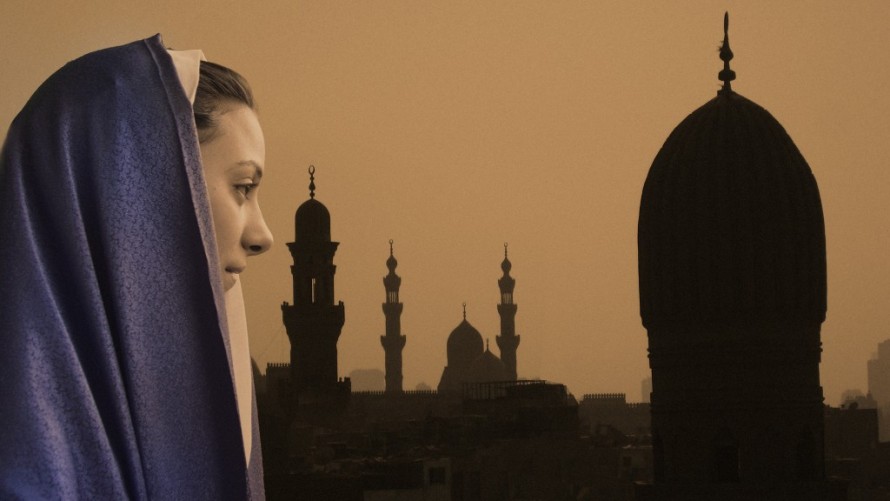
La Vierge, les Coptes et Moi, D: Namir Abdel Messeeh, FRA/QAT/EGY 2012
Another film from the region, but which shows a very different picture, is La Vierge, les Coptes et Moi (The Virgin, The Copts And Me) directed by Namir Abdel Messeeh. This film tells the story of a Coptic Christian family that has emigrated to France. The strictly religious mother firmly believes that an old videotape from her Egyptian village shows an appearance of the Virgin Mary. The son is a filmmaker and totally unreligious. He wants to get to the bottom of things and travels to his mother’s home village. With the amateur support of the entire village he tries recreate the appearance of the Virgin Mary using a blue screen. A wonderful and truly funny film within a film and - amidst all the serious issues from that part of the world – a true stroke of luck.
Two further films in our programme focus on a very different type of movement: nomadism. Sharqiya is about the Israeli Bedouins, who are supposed to move into newly, specially constructed villages, and Wilaya tells of the fate of the Sahraui in Western Sahara, a region that was long a Spanish colony and then finally divided up by Algeria and Morocco. This meant that the nomads could no longer travel as they had for hundreds of years. Both films impressively show the misery of staying put for these nomads, and how the resulting vacuum begins to be filled with the petit bourgeois model of life imported from the West. It is a paradox: in an era in which the cosmopolitan feels at home all around the world, nomads must stay in one place.
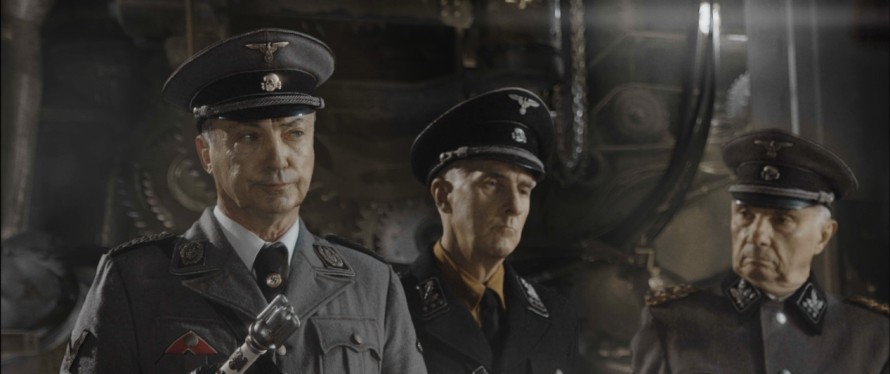
Udo Kier in Iron Sky, D: Timo Vuorensola, FIN/NLD/AUS/DEU 2011
Genre cinema
And how about other feature movies? Is the “wave of genre innovation” continuing?
Absolutely! Take, for example, Mai-wei from South Korea. As a European you can’t believe your eyes and ears while watching this war film. A totally mad work, that tells the story of World War II from a Korean perspective. The central characters are two boys, one from a Korean and one from a Japanese family. Both are sprinters, competitors and friends at the same time. It’s an elegant, deliberate way to treat both boys as equals. Then the curtain of history is drawn apart: both boys become soldiers in the Japanese army and meet one another again in German uniforms on a Normandy beach during the Allied invasion. In battle scenes, it rains bombs, blood spurts. When have we ever seen the events in Europe from a Korean perspective? That can really look different. The film draws on the myth or historical fact that during the invasion a photo of a slight Asian man in a German uniform was discovered.
In Iron Sky, a related story is told, but under very different conditions: In 1945 a gang of Nazis escape to the dark side of the moon in a spaceship. On earth it’s now 2018 and a Sarah Palin type is president of the United States. She’s launching her campaign for reelection and, hoping for imagery that will go down well with the masses, sends a mission to the moon. The rocket lands, two people disembark. One of them goes ahead and discovers the Nazis’ swastika-shaped building. A German comes and shoots him. With the help of a part which was missing up to that point, a mad German professor manages to launch the Nazi spaceship, the “Götterdämmerung”. Under the command of the successor to the Führer, played by Udo Kier, the Nazis fly to earth, naturally in order to conquer it. As soon as they arrive, they’re discovered by the president’s PR agent, who immediately recruits them for the election campaign. A lot of fun! The totally bombastic images were financed and partially created through crowd-sourced money and ideas.
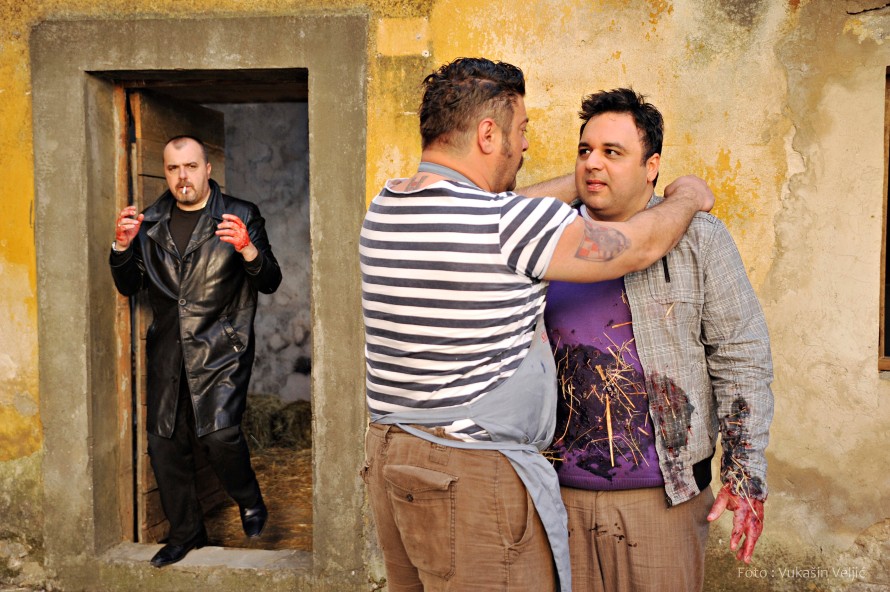
Parada (Die Parade), D: Srdjan Dragojevic, SRB/HRV/MKD/SVN 2011
With Parada (The Parade), Srdjan Dragojevic has made a comedy about the gay scene in Serbia, a topic that’s not really a laughing matter. A young white-trash type woman wants to marry a gangster boss. The wedding is supposed to be organized by a gay planner, whose partner is a veterinarian who saved the life of the gangster’s fighting dog that was injured in gang warfare. In return, he demands some security personnel for the upcoming Pride Parade. This utterly crude mixture of elements resulted in an unexpected hit with audiences in Belgrade.
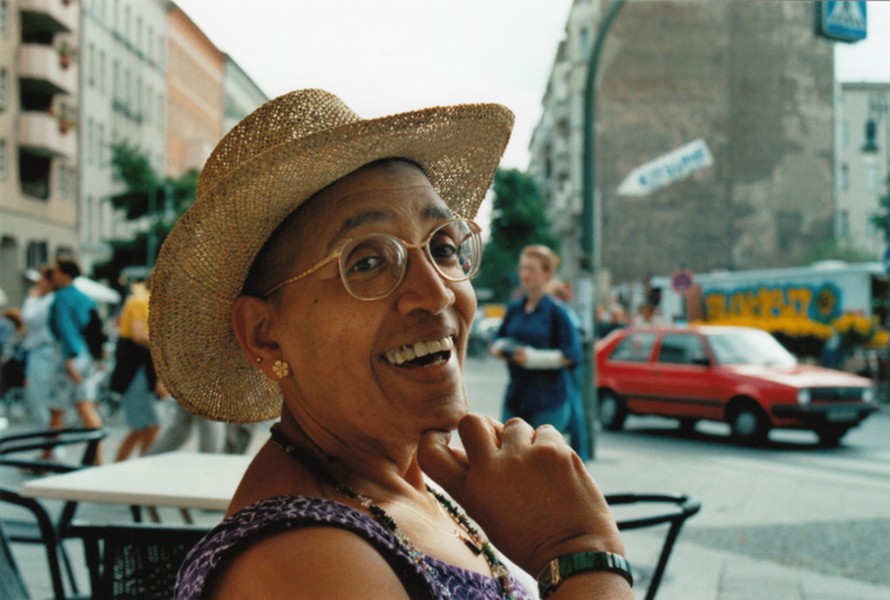
Audre Lorde - The Berlin Years 1984 to 1992, D: Dagmar Schultz, DEU 2011
Queer memory
Can one understand the focus on queer memory due to the fact that in Germany it’s now less about emancipation than about issues surrounding relationships and ways of living?
I wish I could answer this question more directly. Unfortunately, it’s not that clear-cut. Nonetheless, one could actually get that impression, when one watches the German entries in the programme, particularly when it comes to the documentaries: We have two films about the history of the two gay movements in Germany: Unter Männern - Schwul in der DDR (Among Men - Gay in East Germany) and Detlef. You might not have guessed it, but there was a radical, political gay movement in Bielefeld in the 1970s, in which the key figure was even called Detlef. Detlef Stoffel. The two films are especially interesting in combination, because one can read East and West side by side. In Vito, as well, gay history unfolds through a particular person, though in this case in the USA. In the 1980s, Vito Russo held his famous lecture “The Celluloid Closet” in Panorama, which was called the Info-Schau at the time. The film by the same name became a mainstay of queer film history and received the TEDDY in 1996.
What can the gay movement learn from other social movements?
I believe that many different movements can learn from one another. The documentary Audre Lorde - The Berlin Years. 1984-1992 by Dagmar Schultz shows this with great urgency: Audre Lorde is a black, lesbian feminist, poet, author and human rights campaigner from the USA and an icon of lesbian culture. The film shows the various movements, the fight for black liberation, the emancipation of women and also the lesbian branch of feminism. The question of how the different groups have positioned themselves is made very clear here.